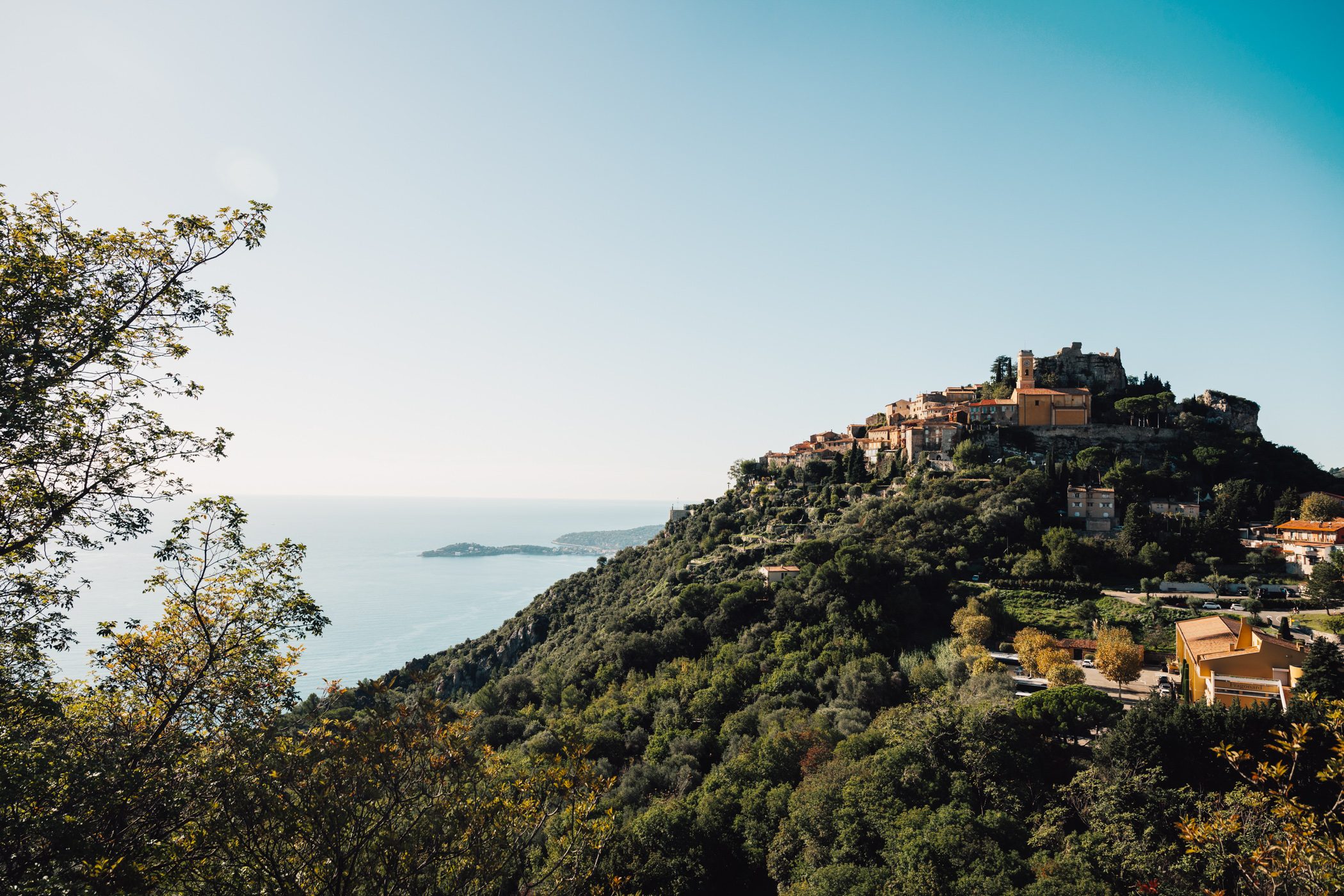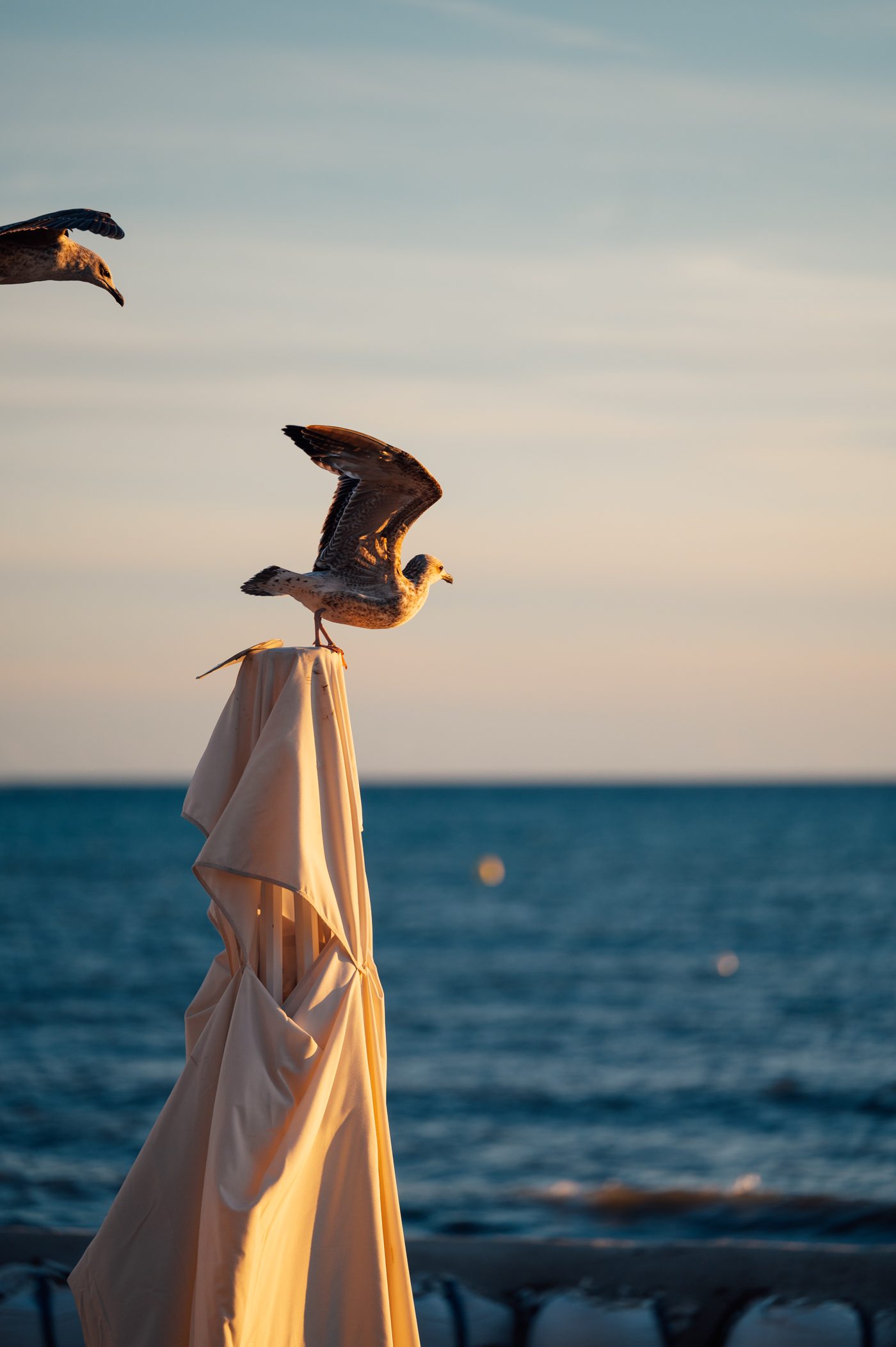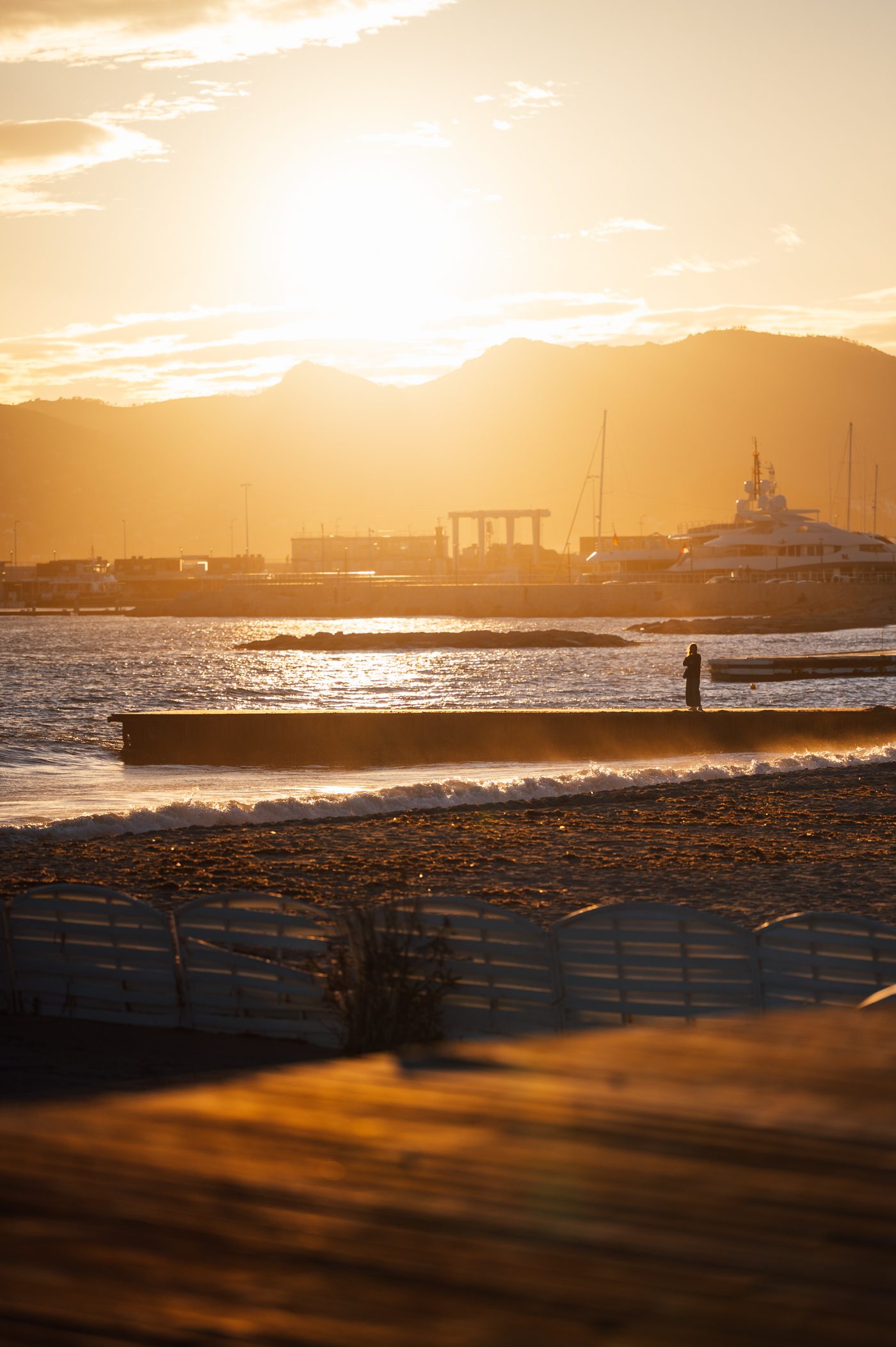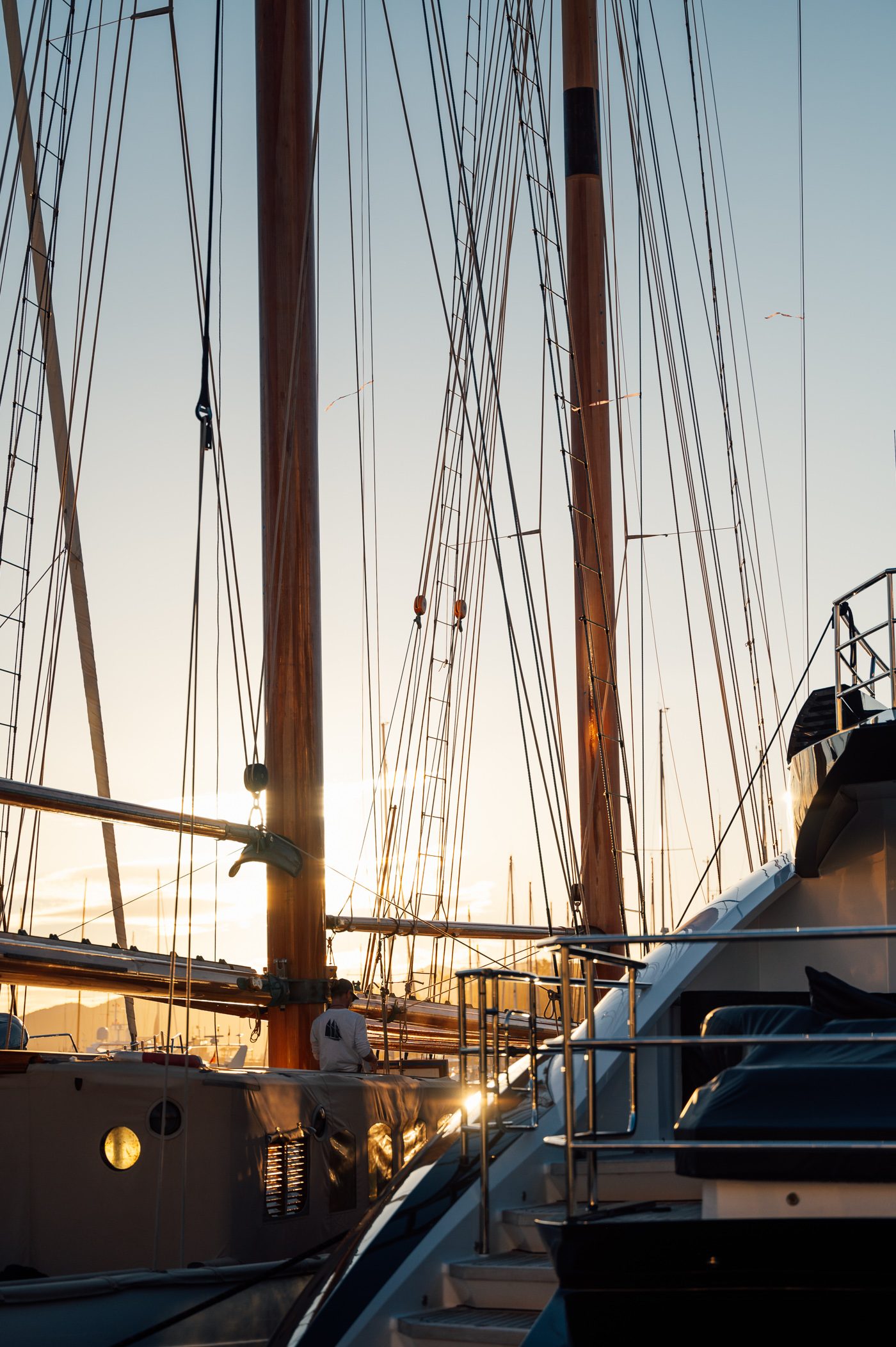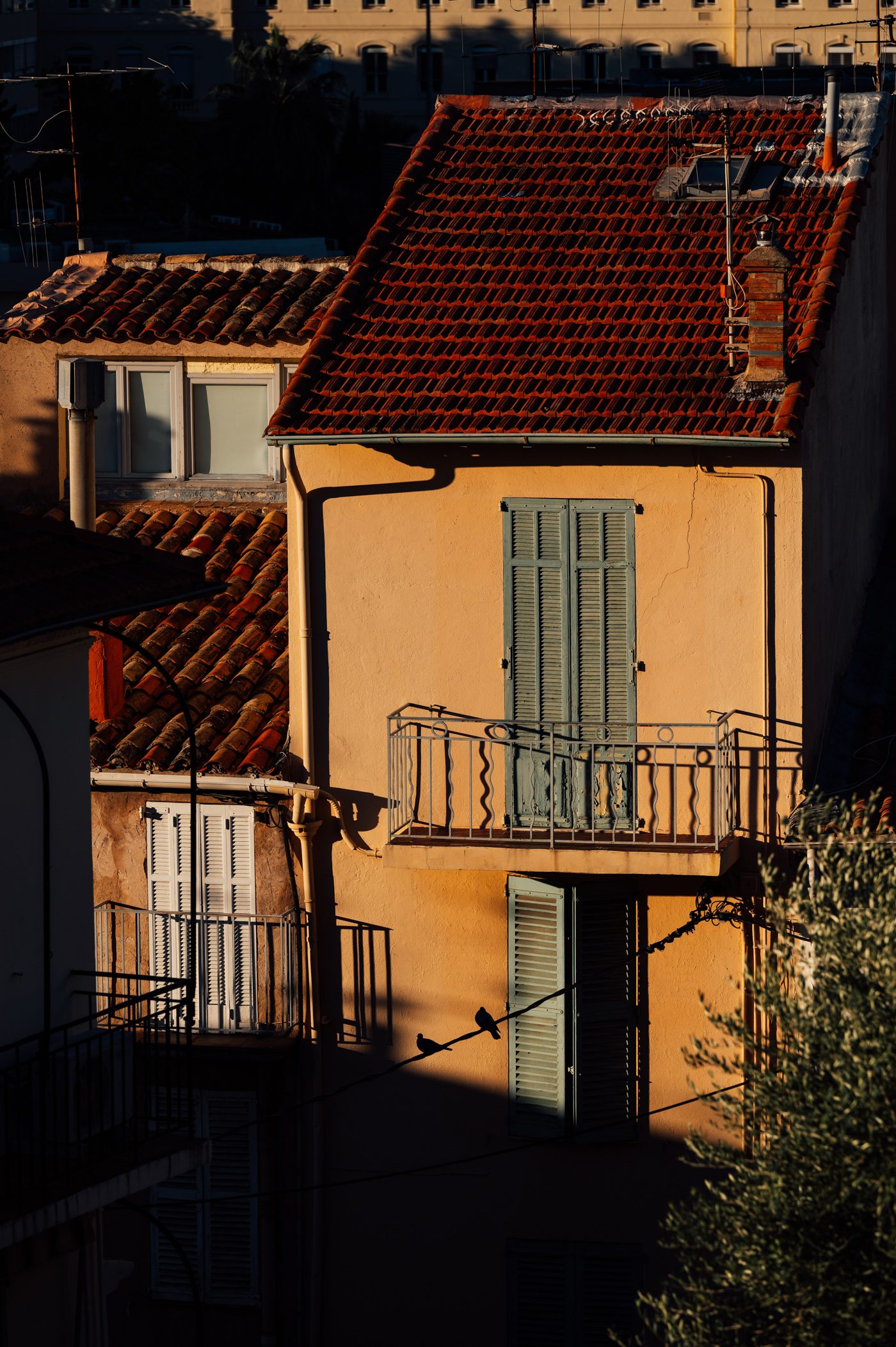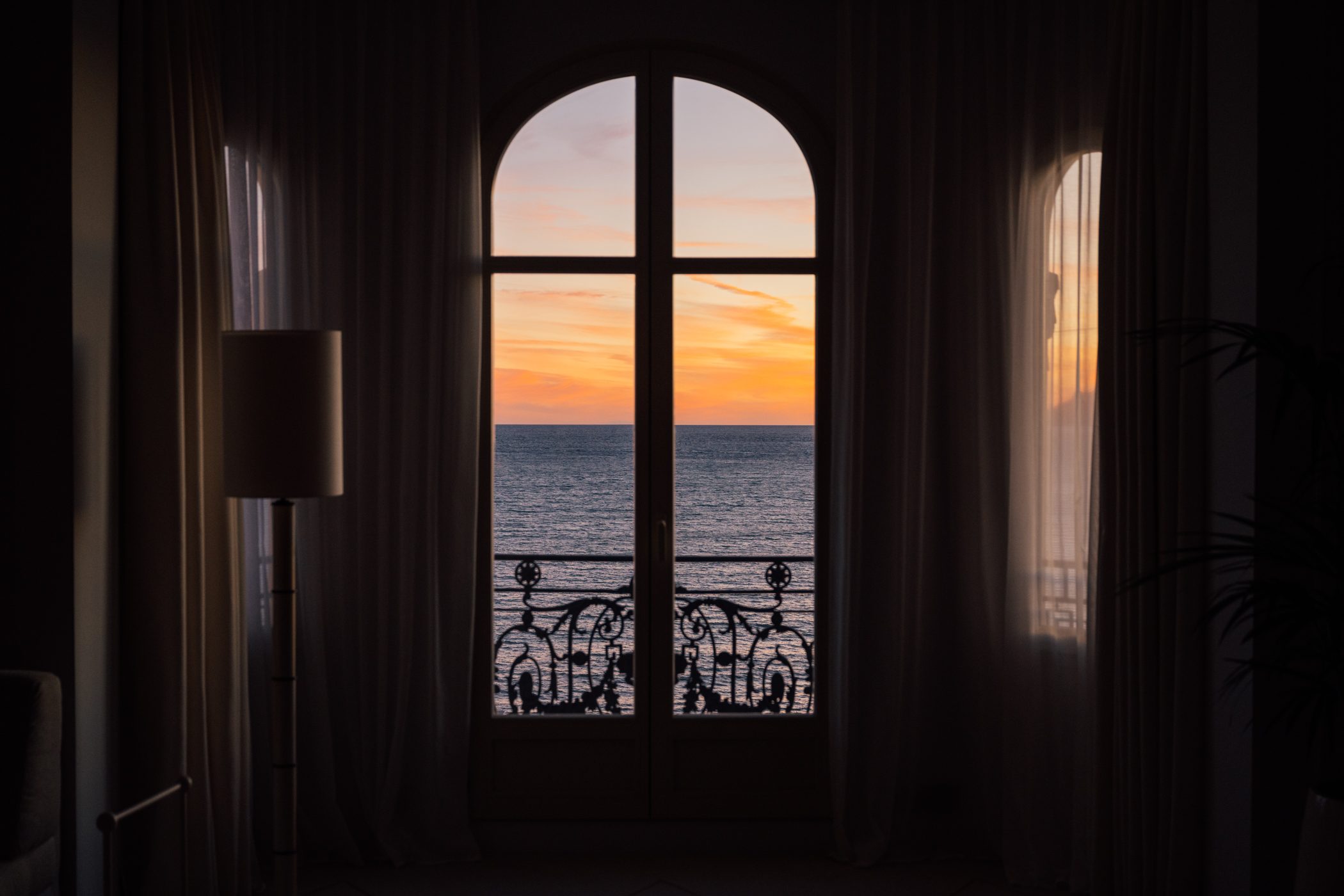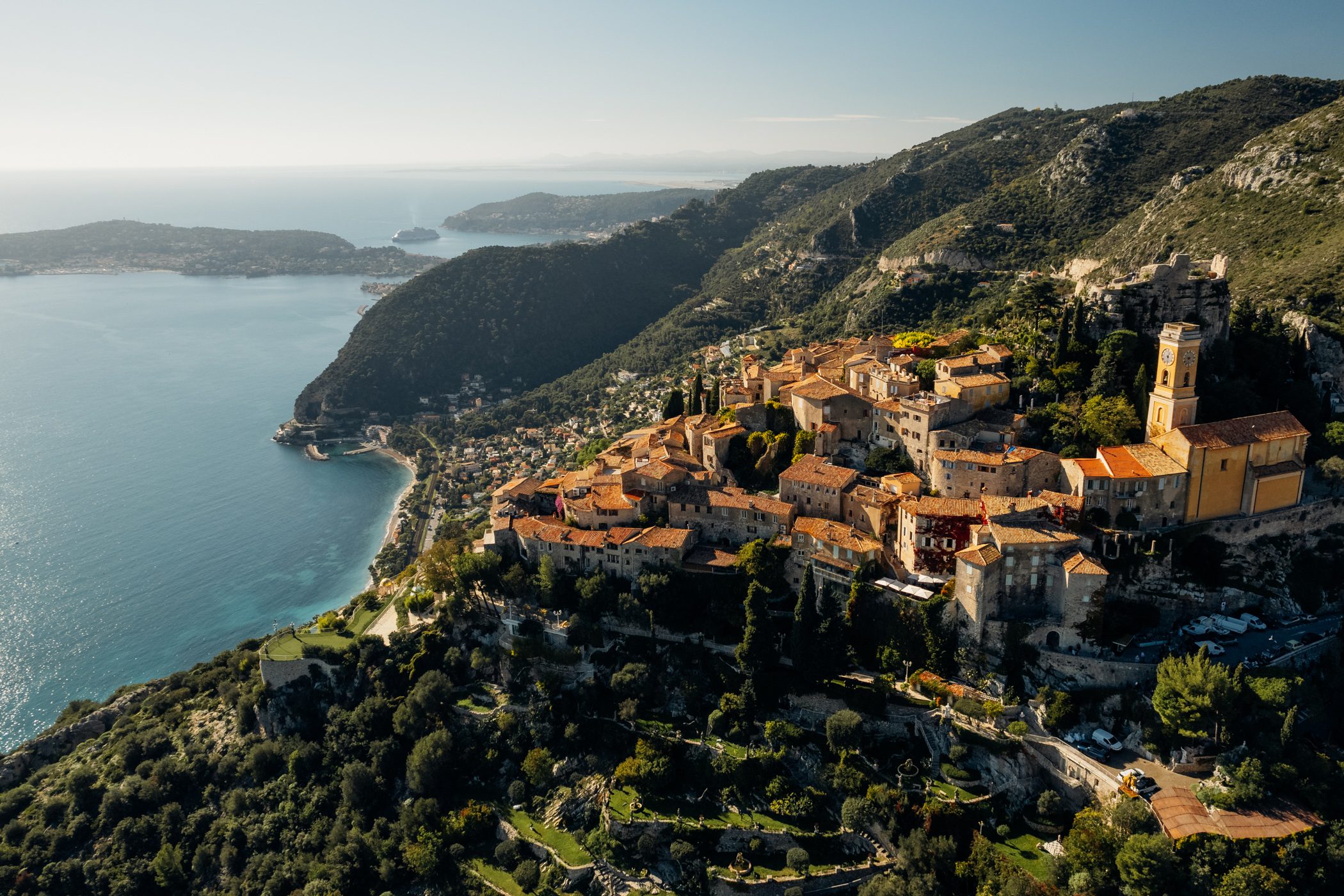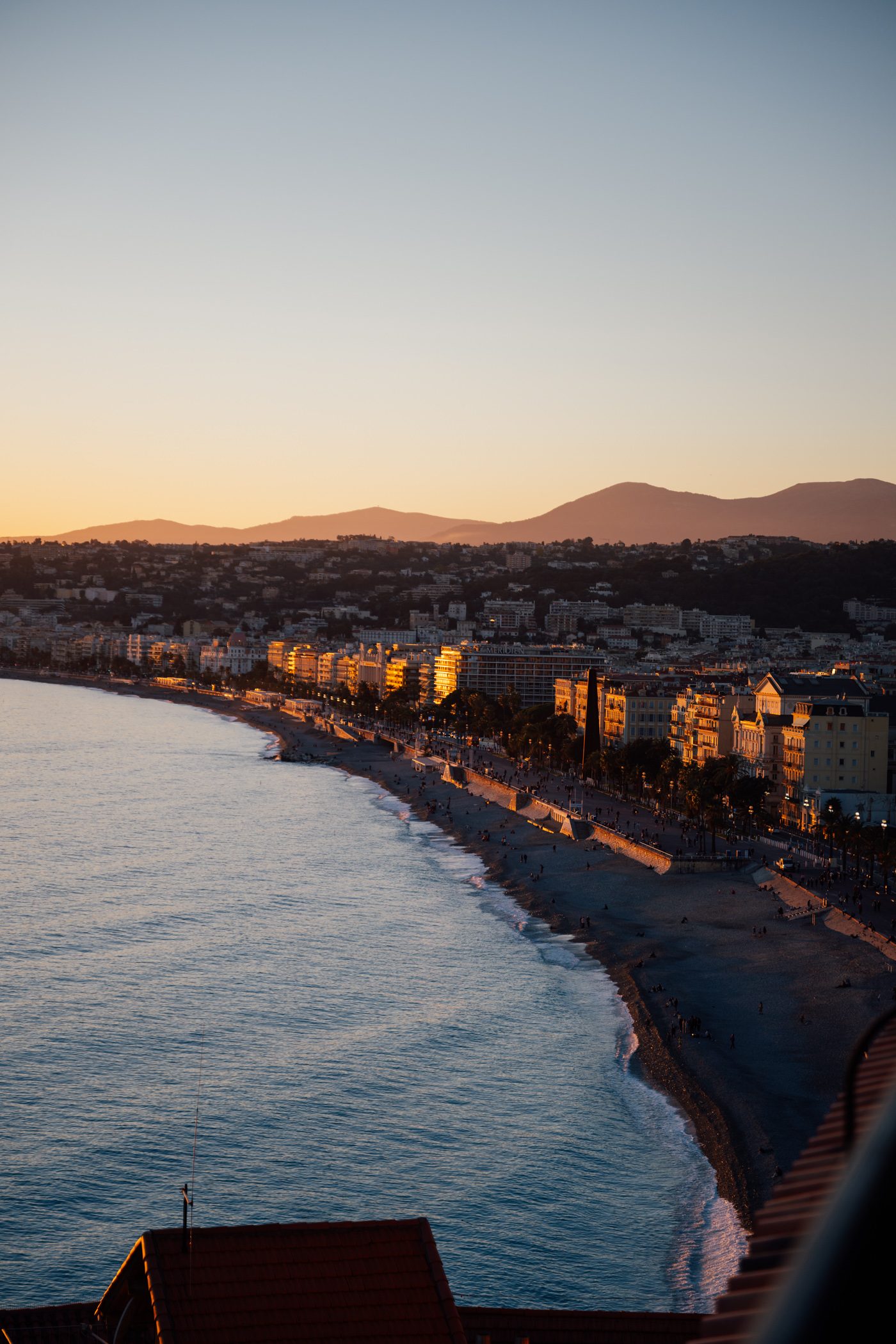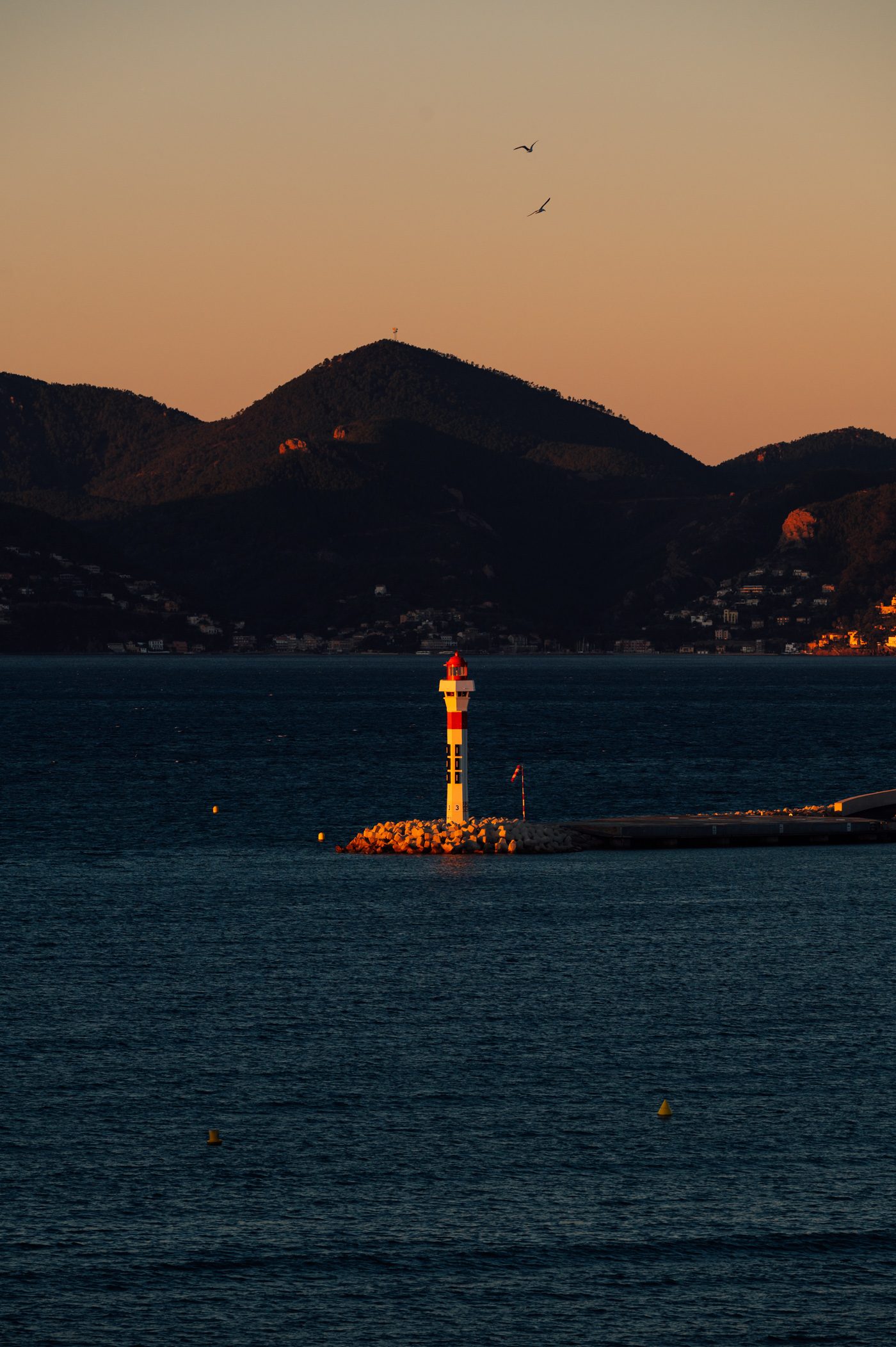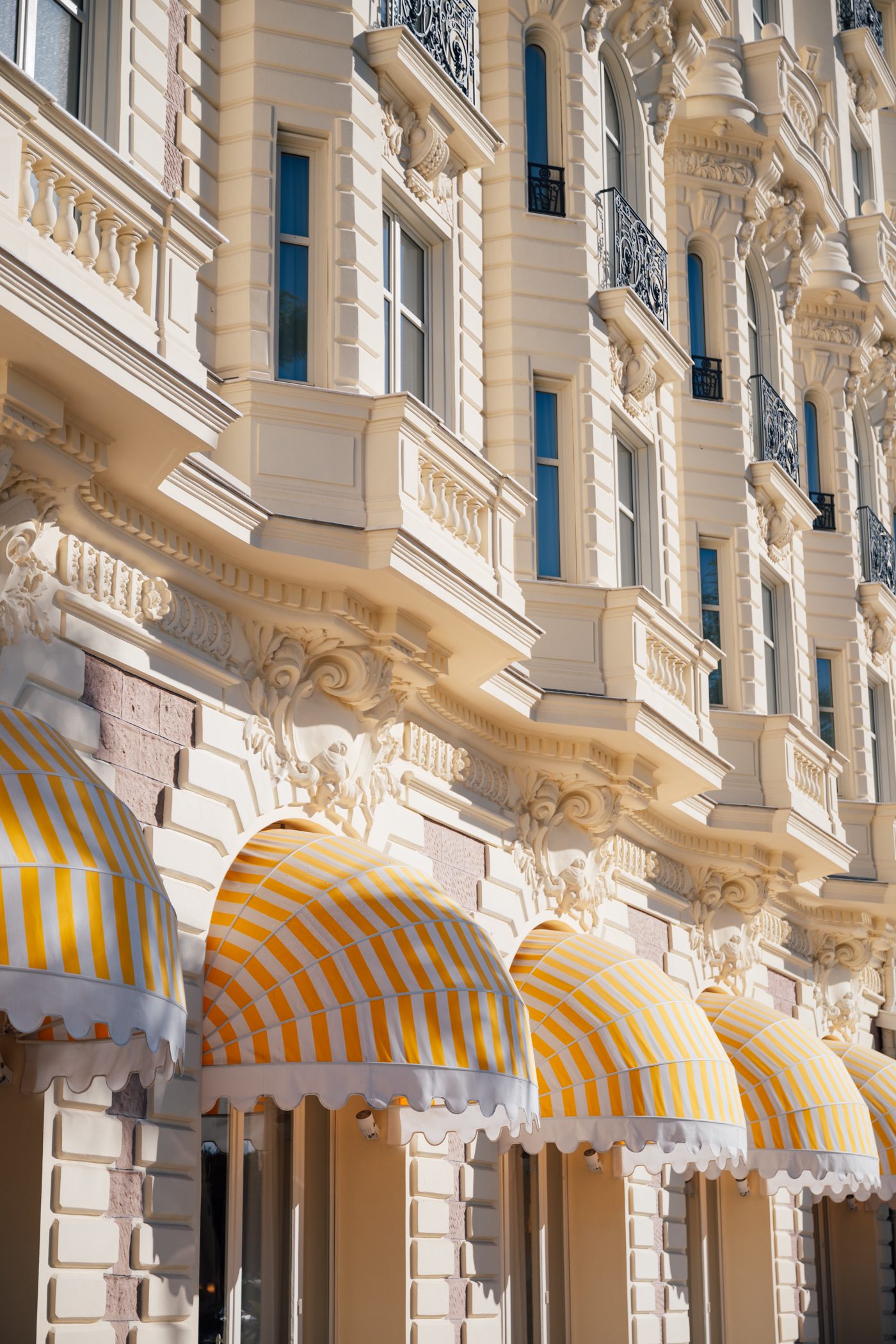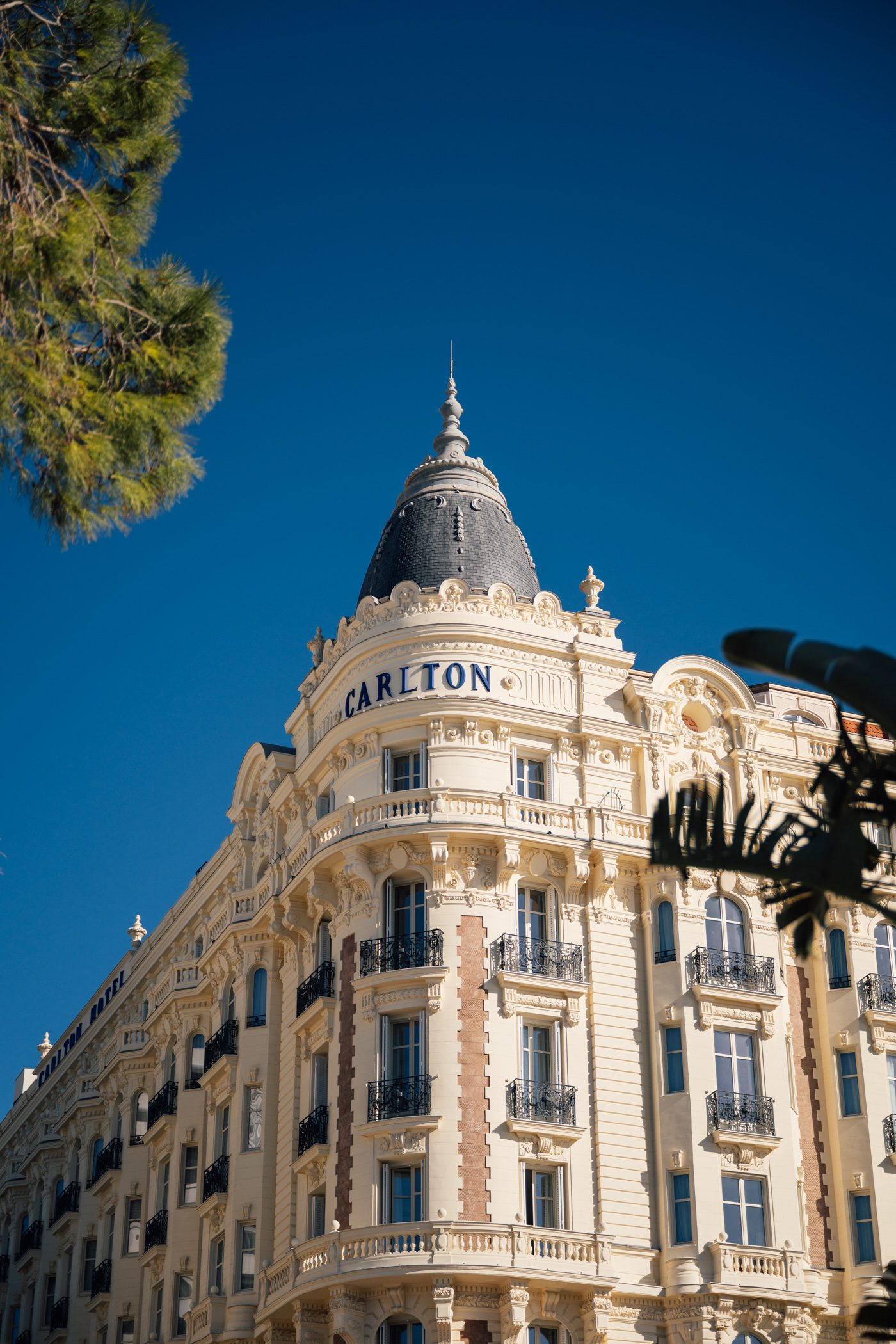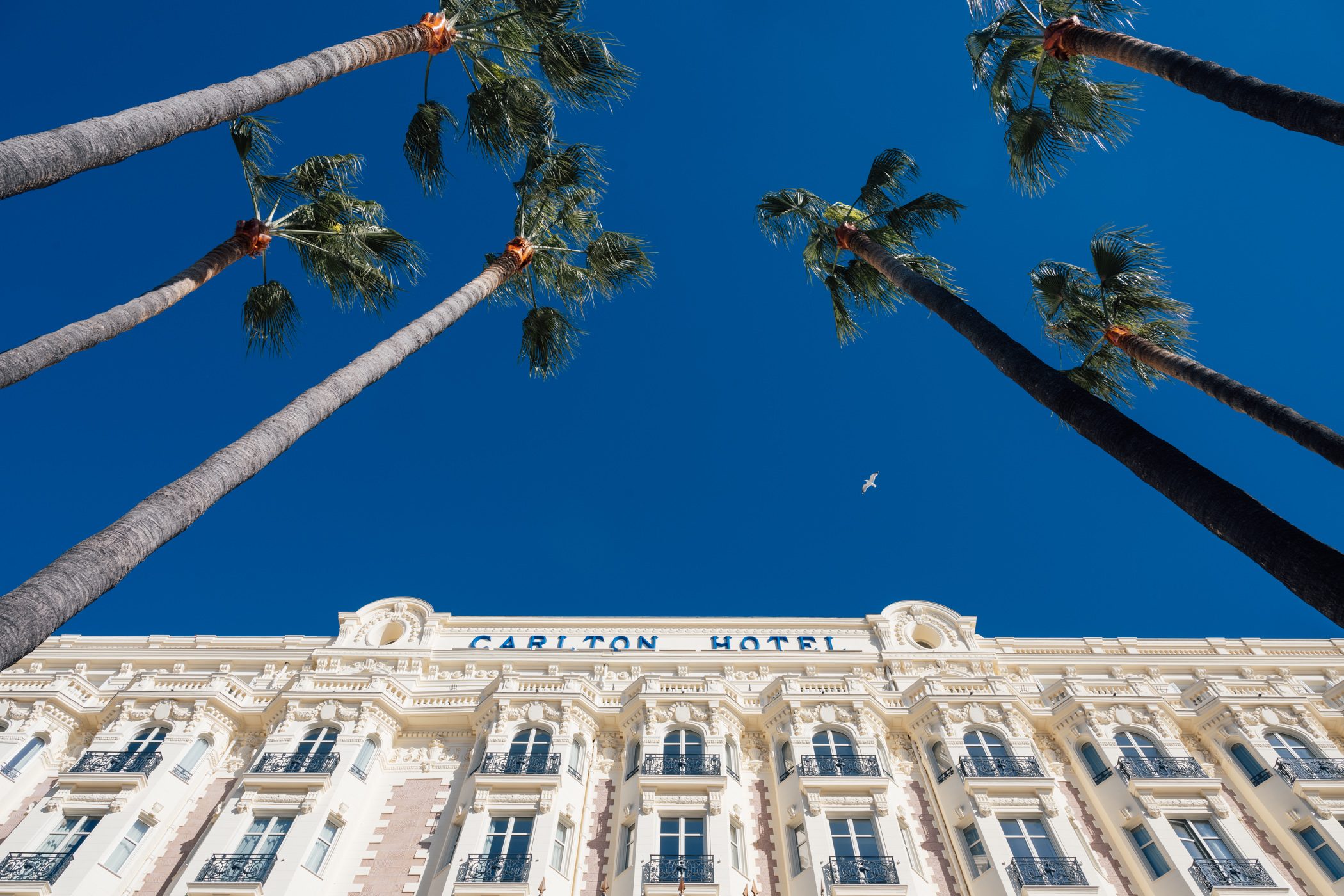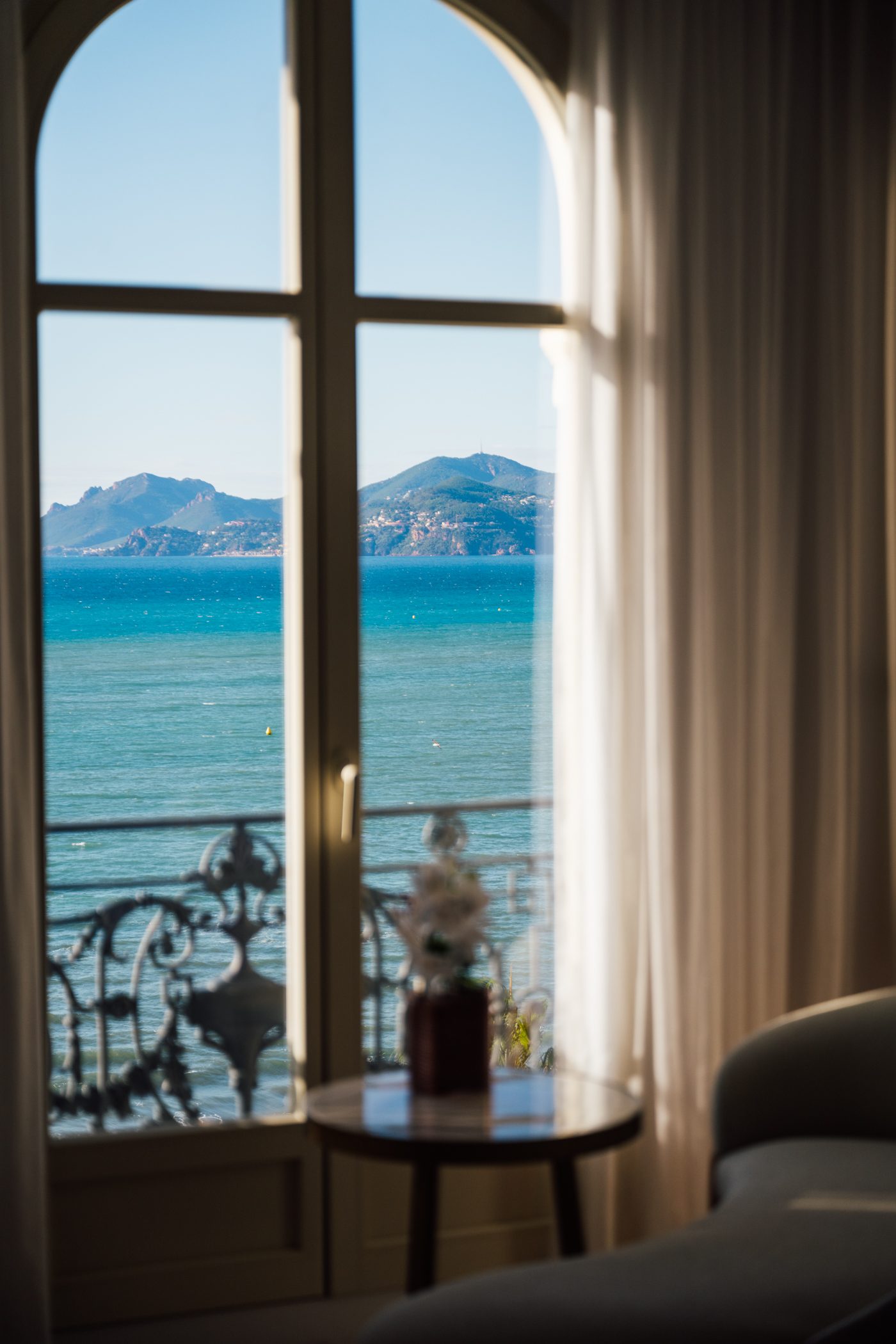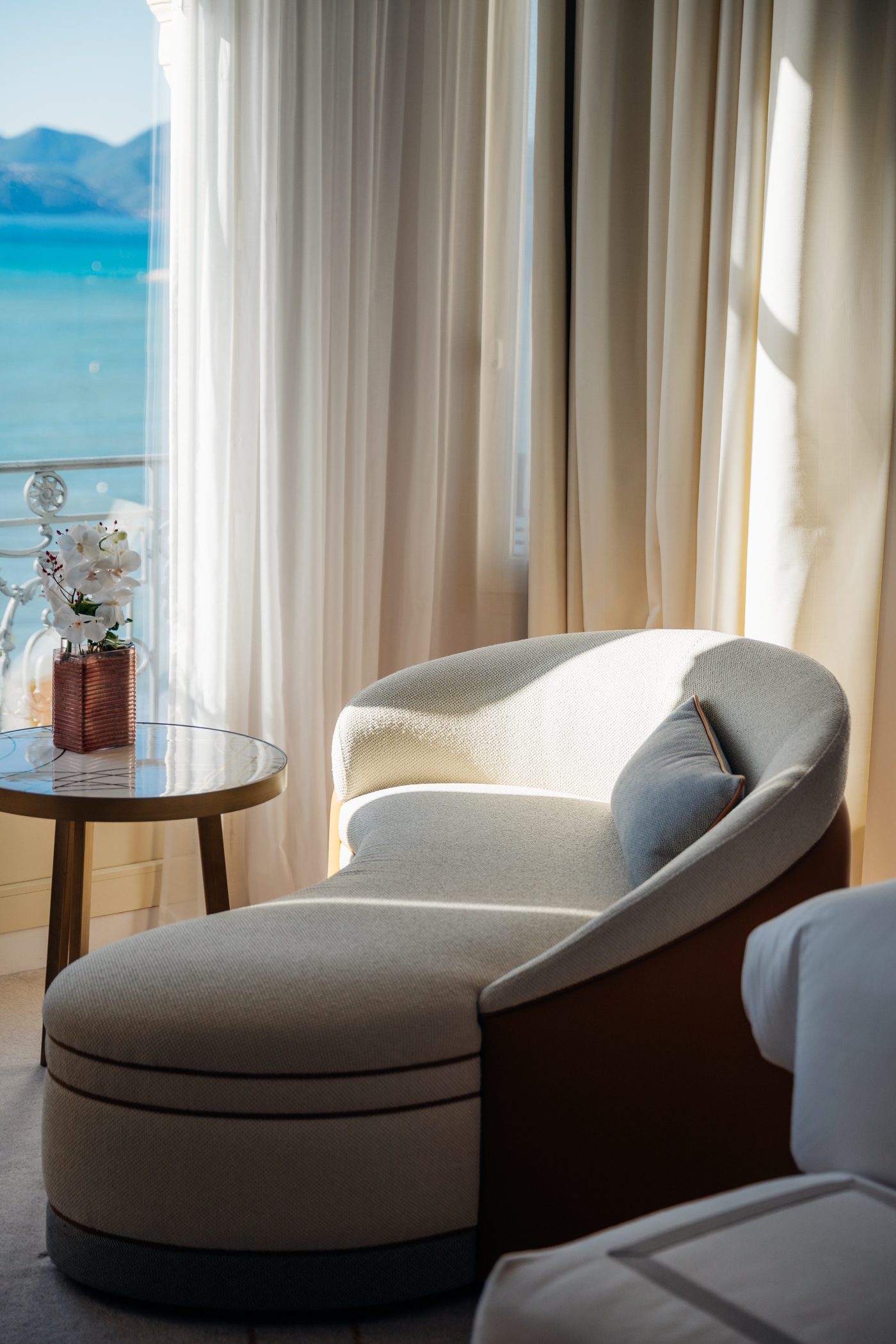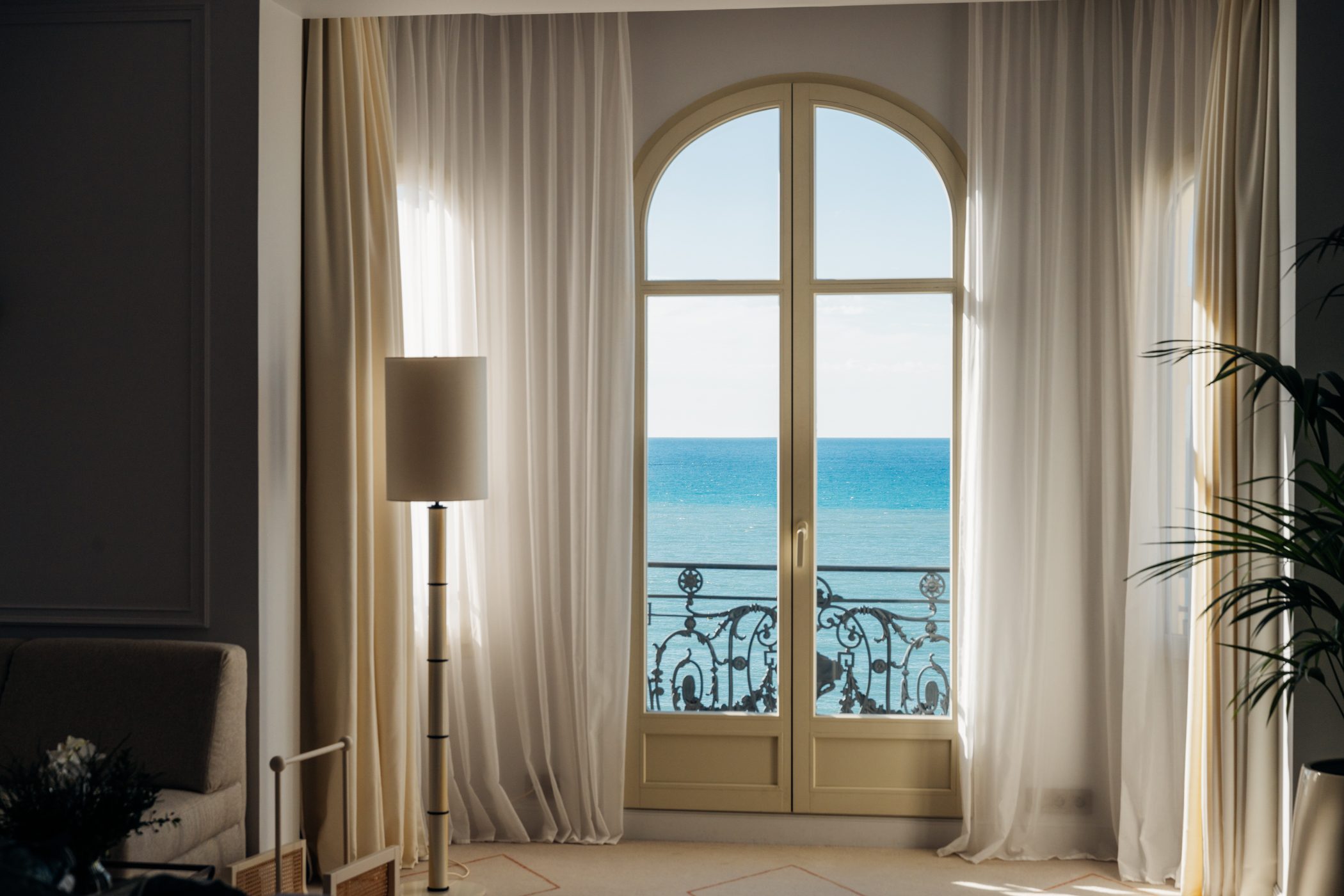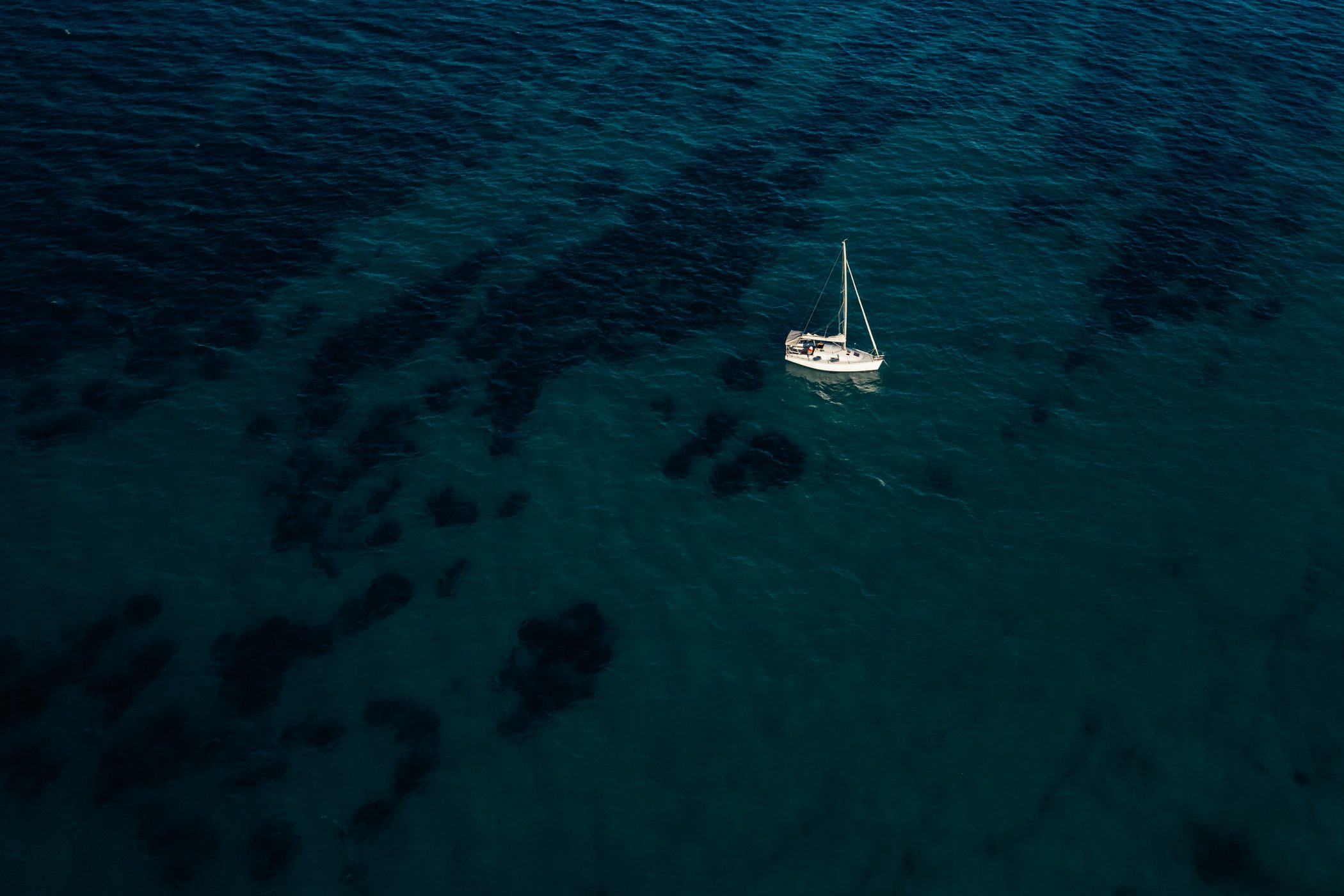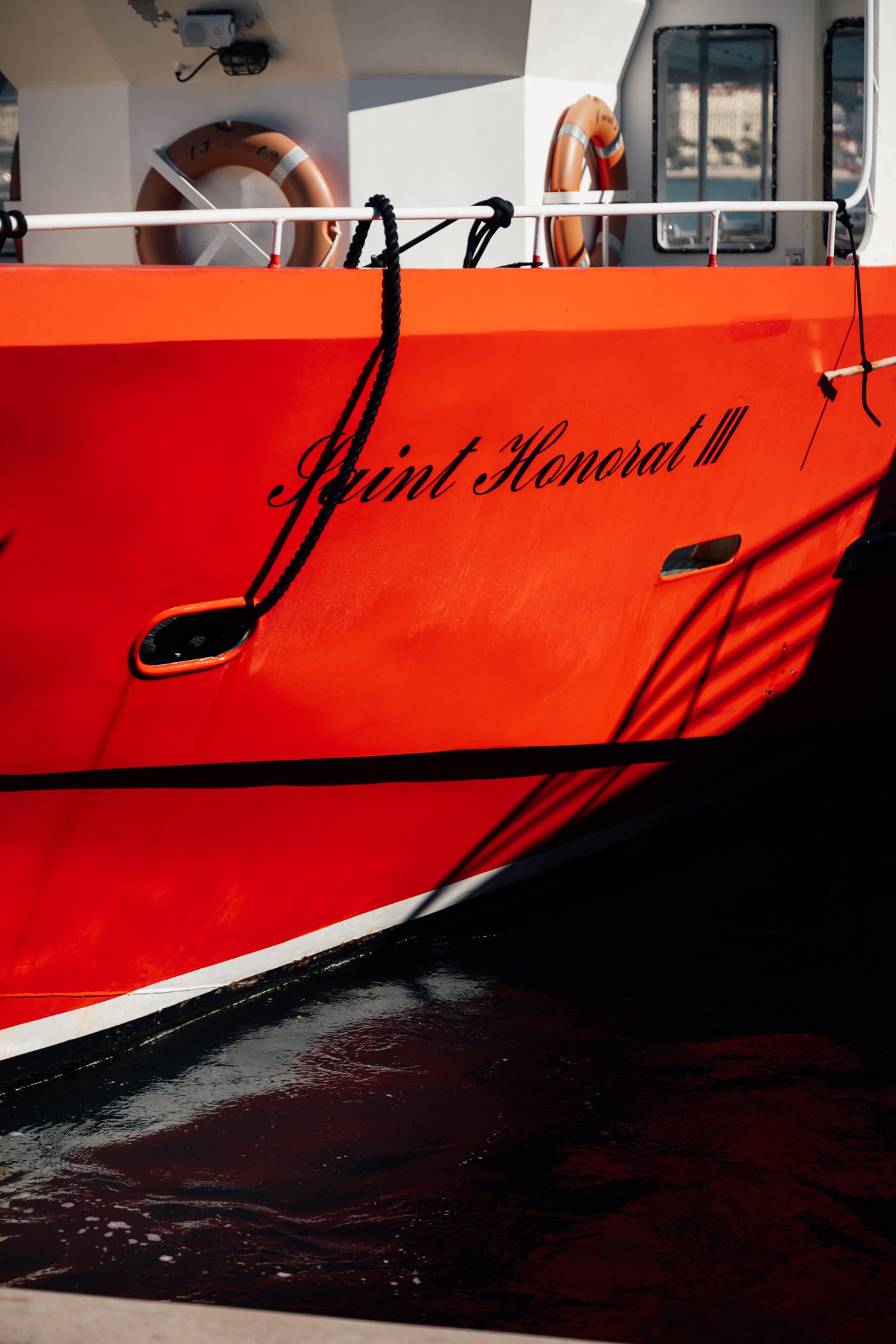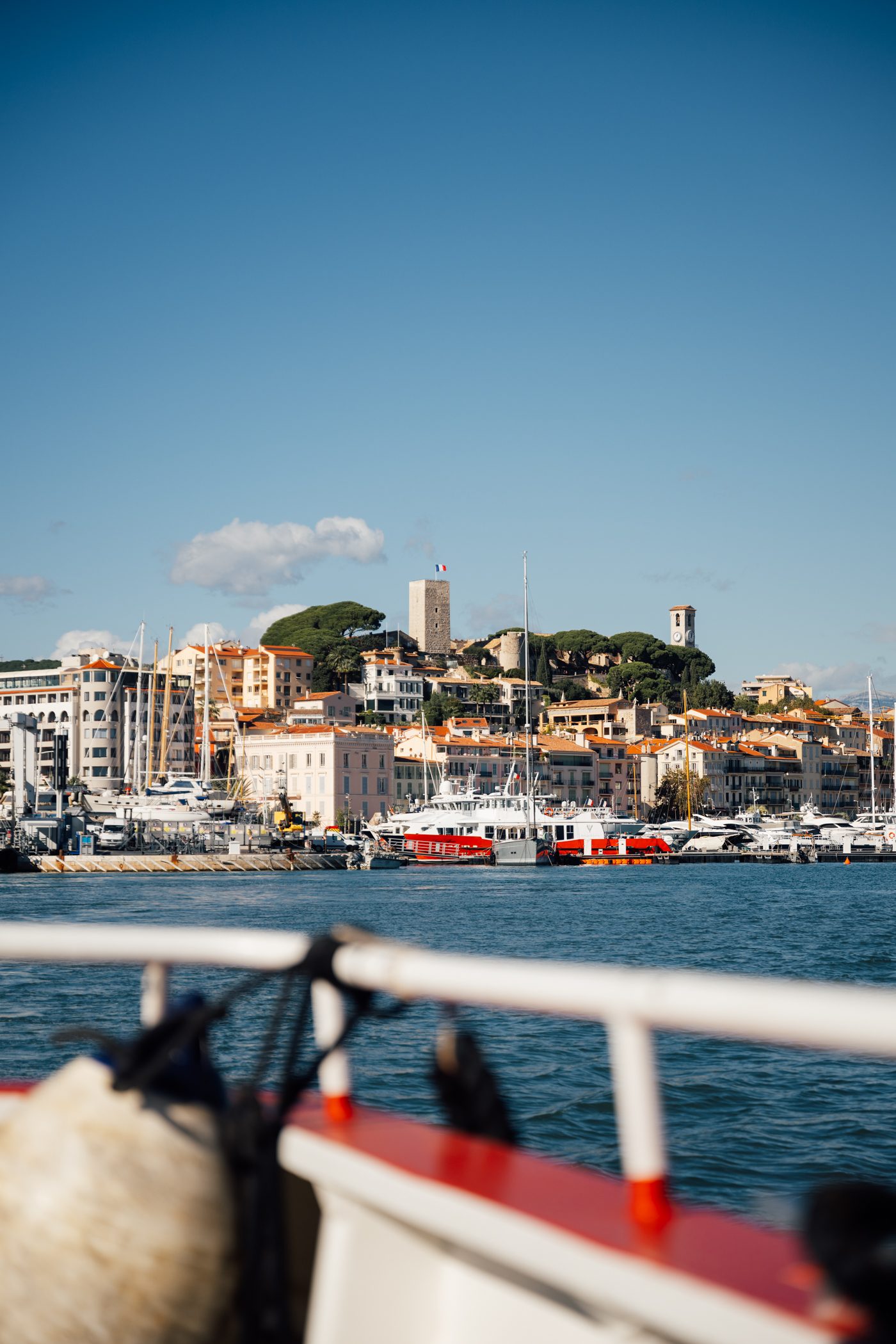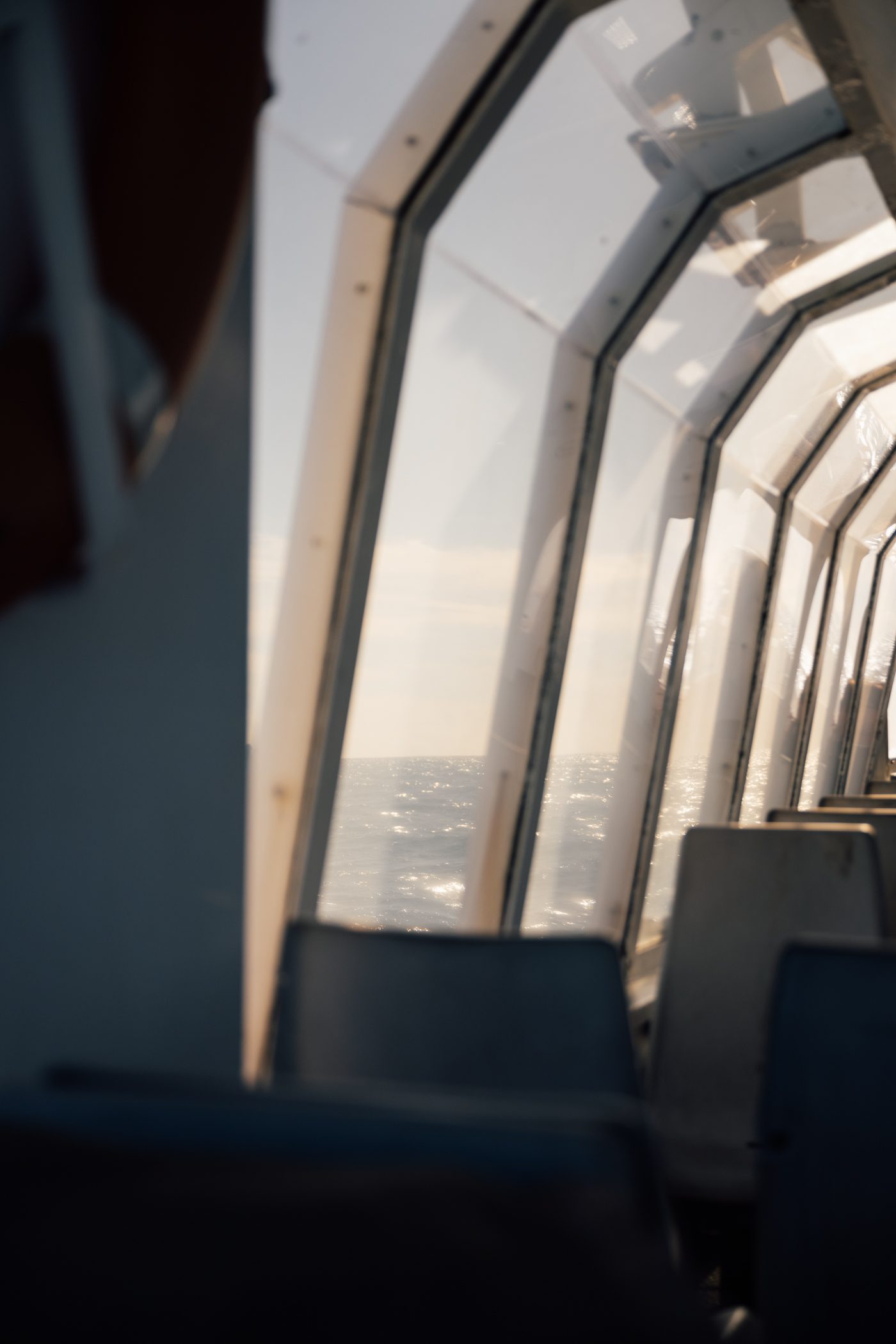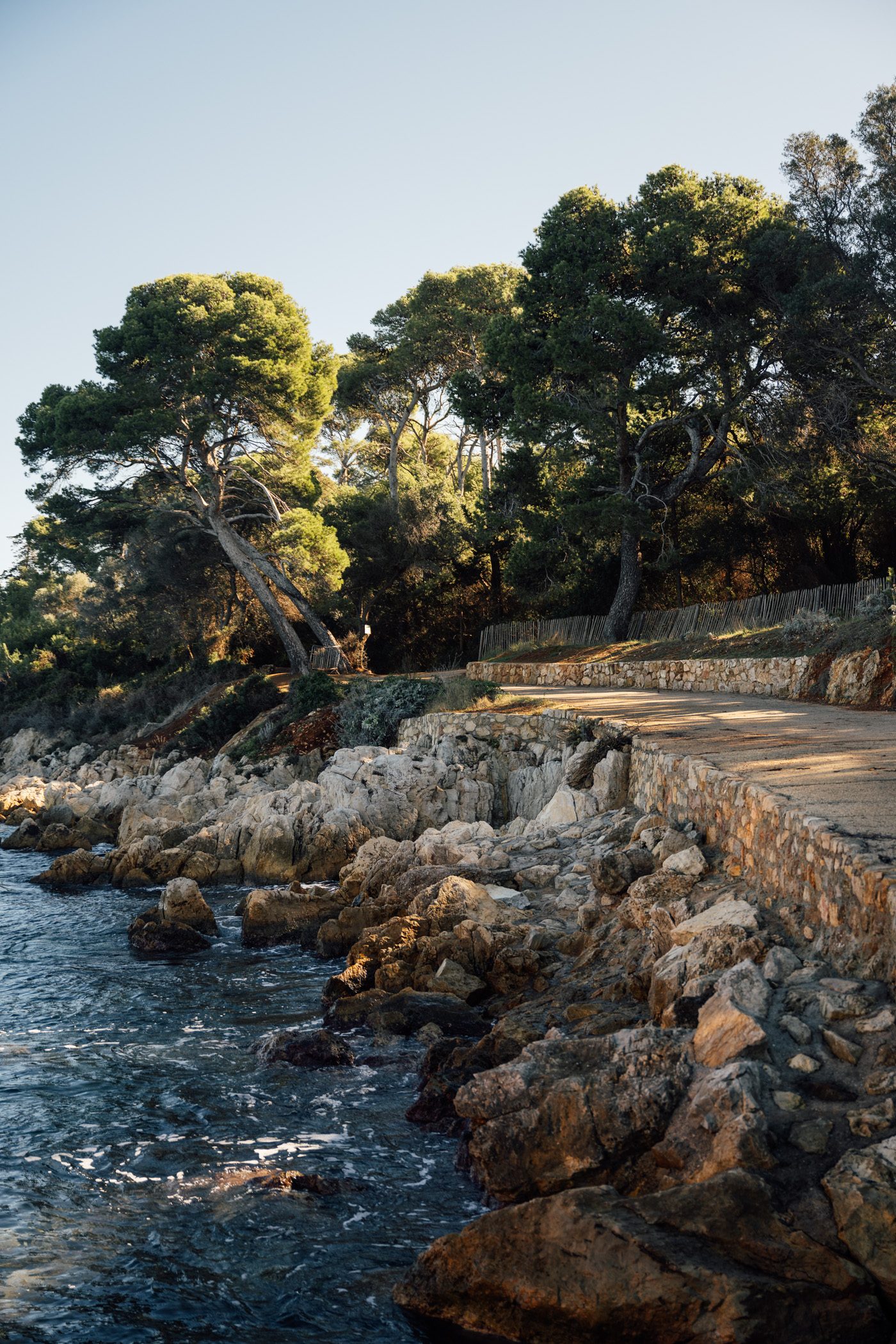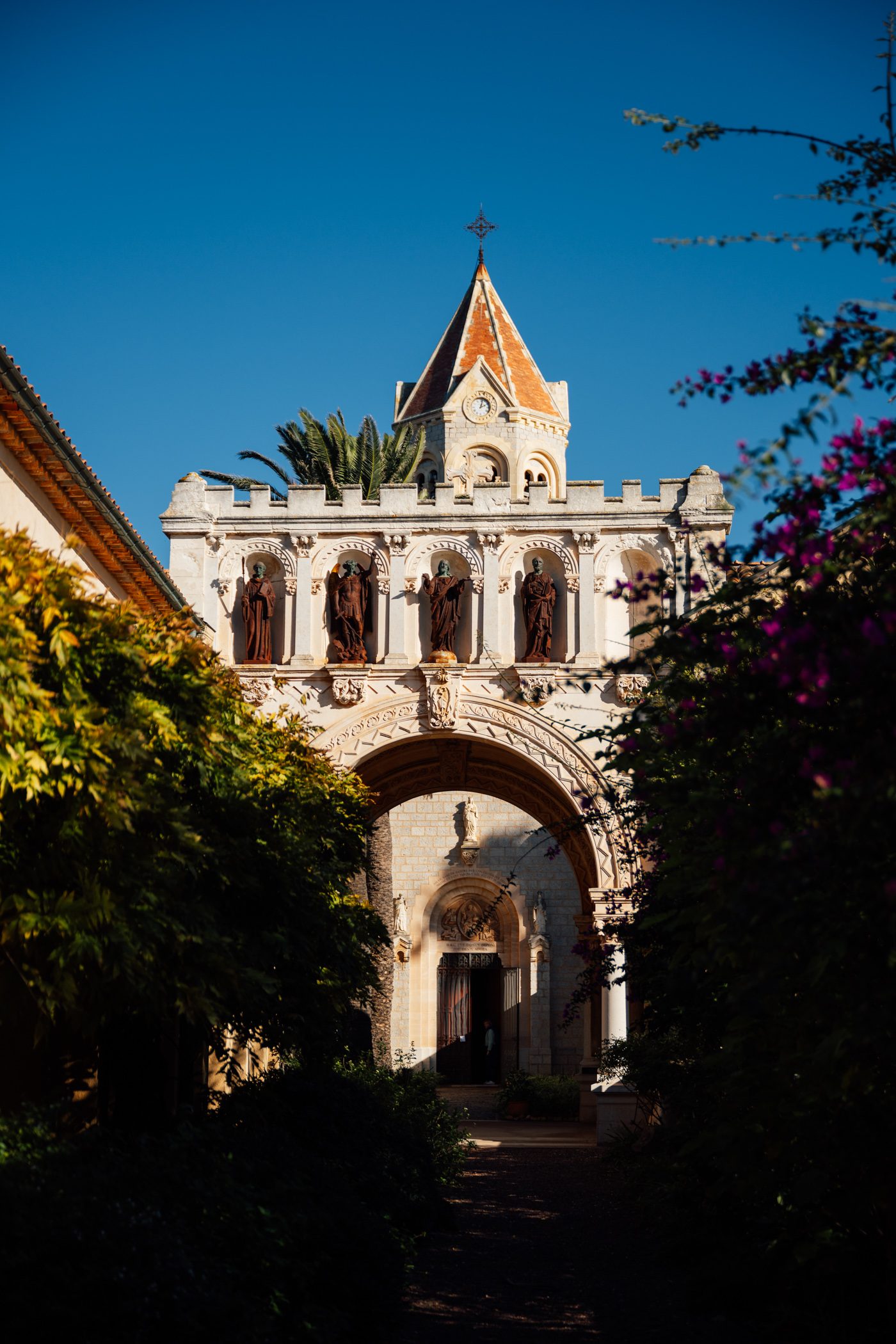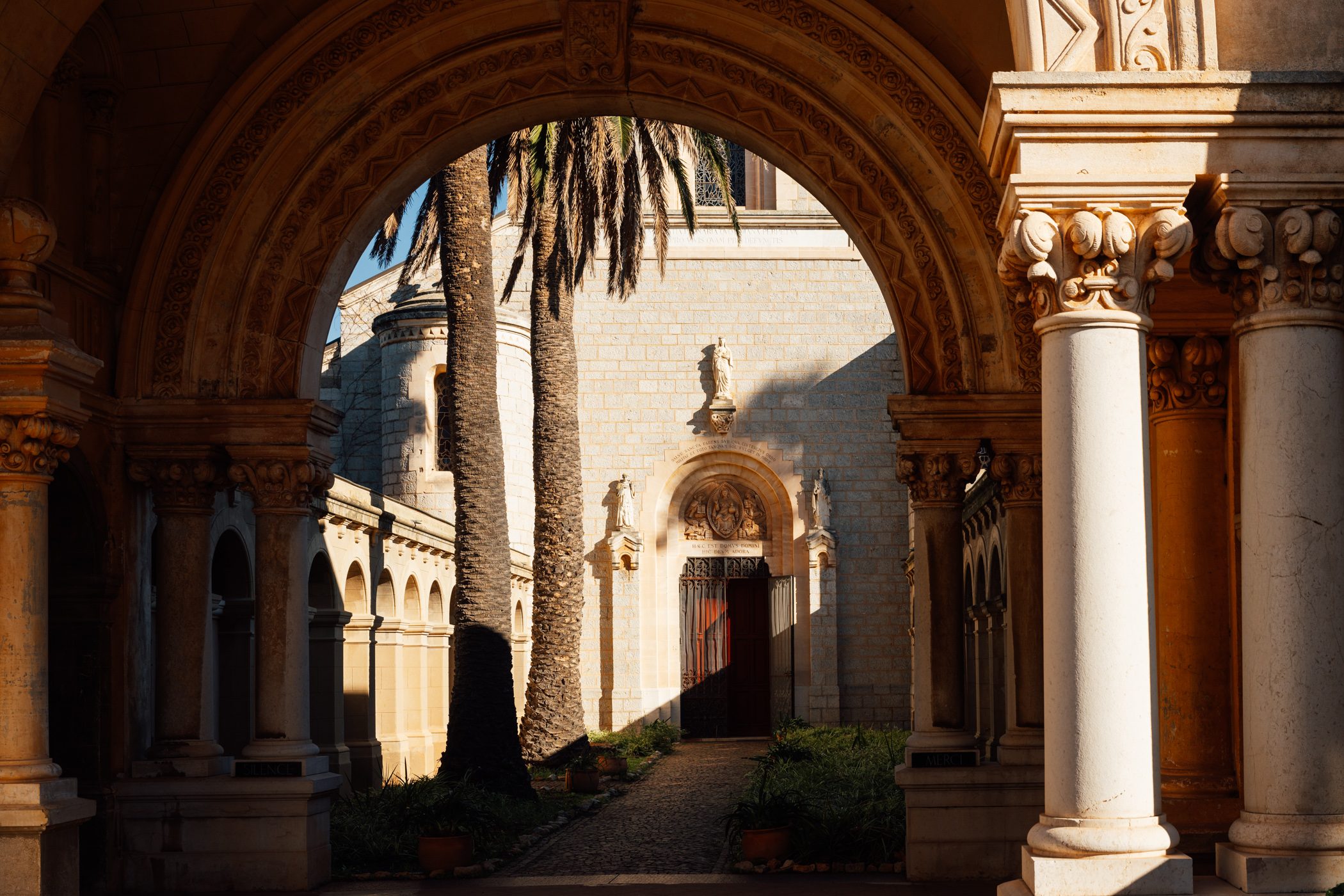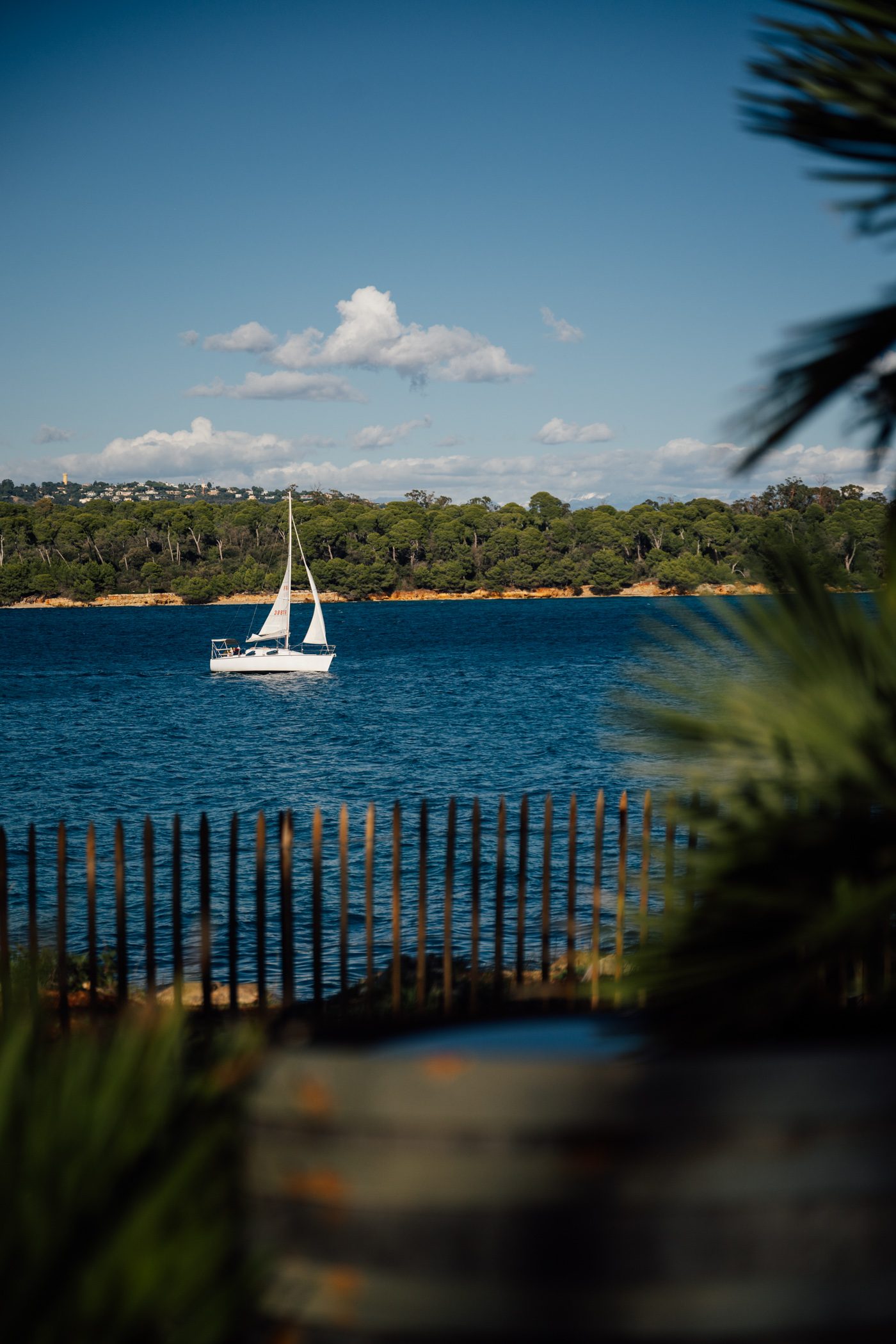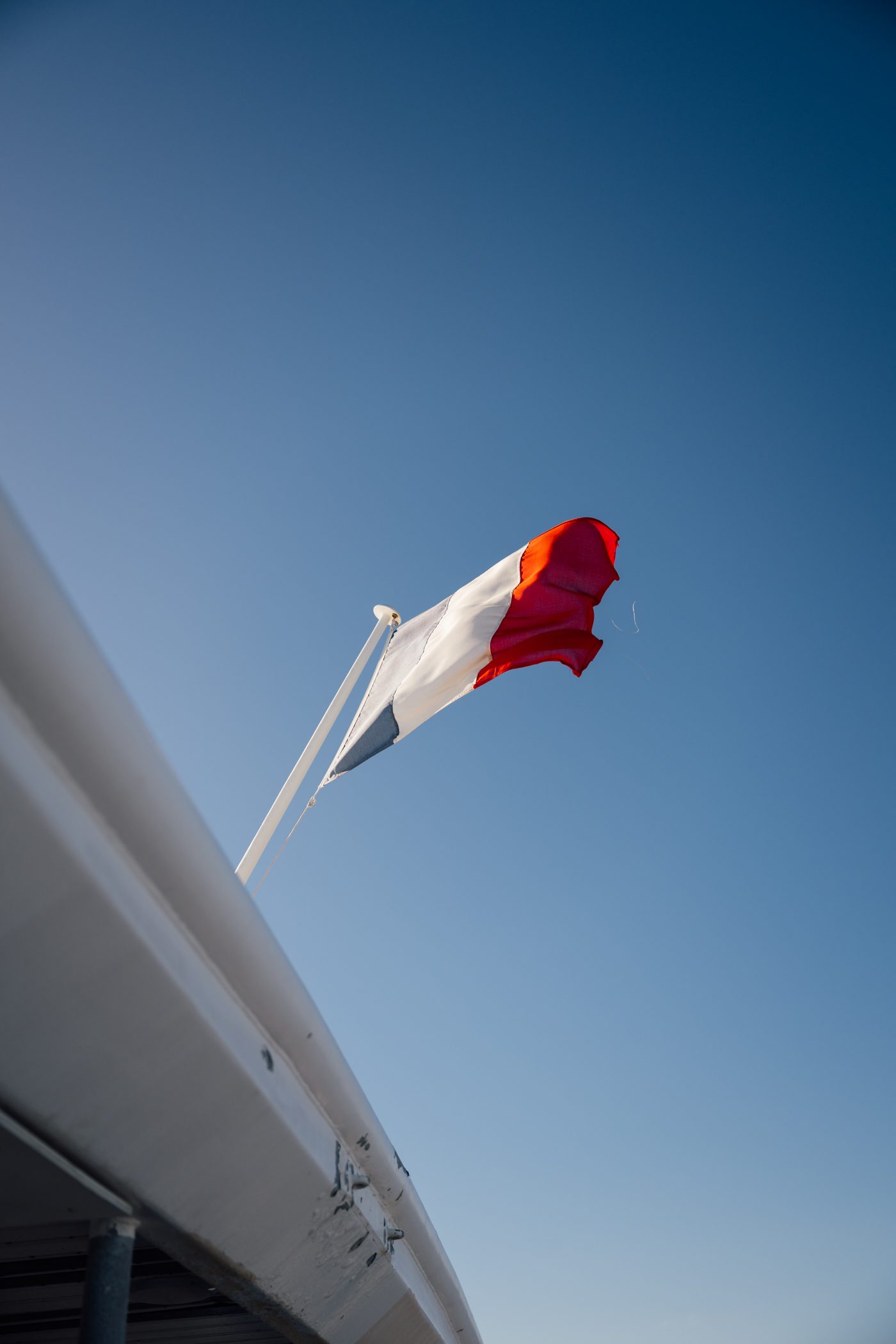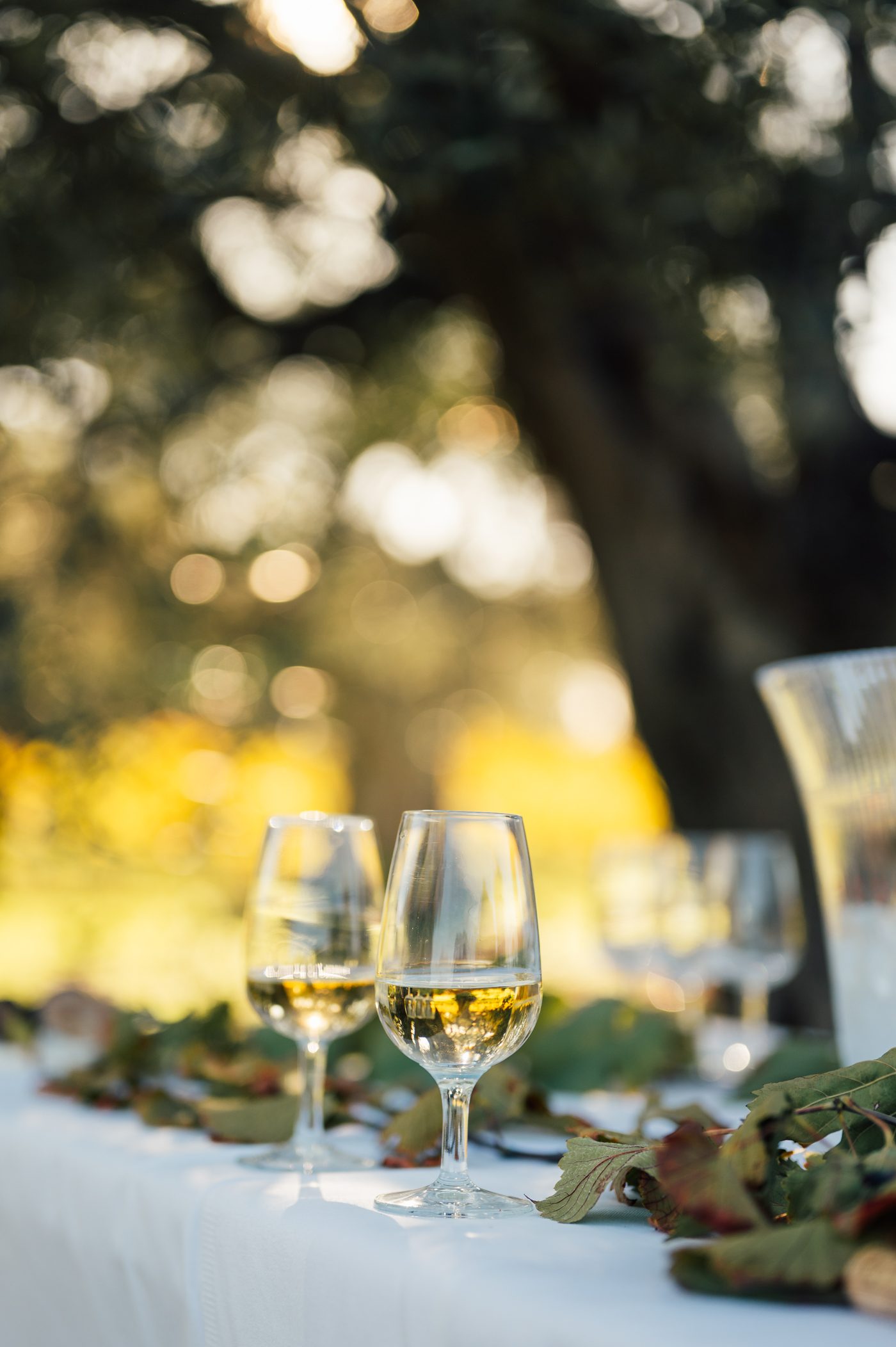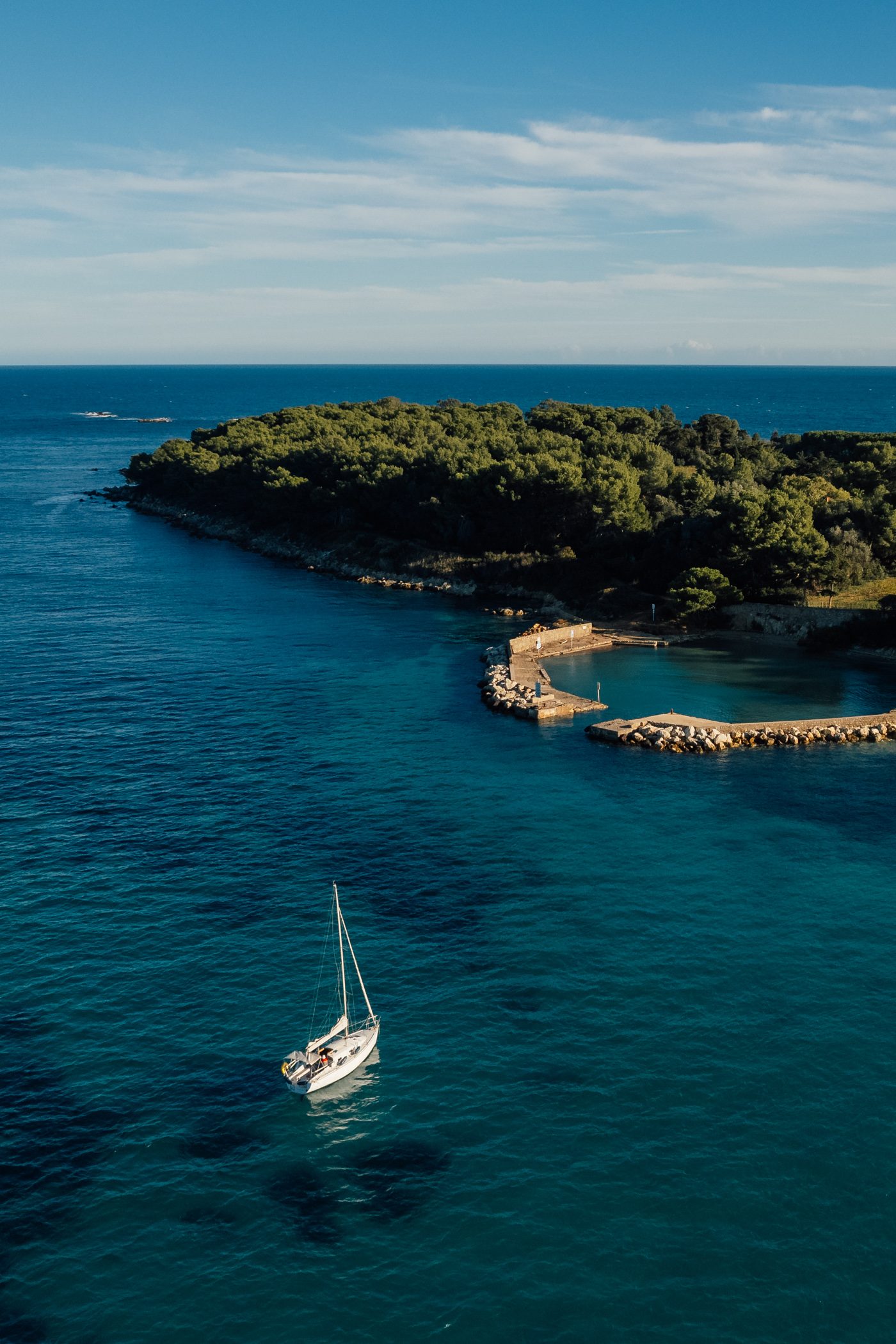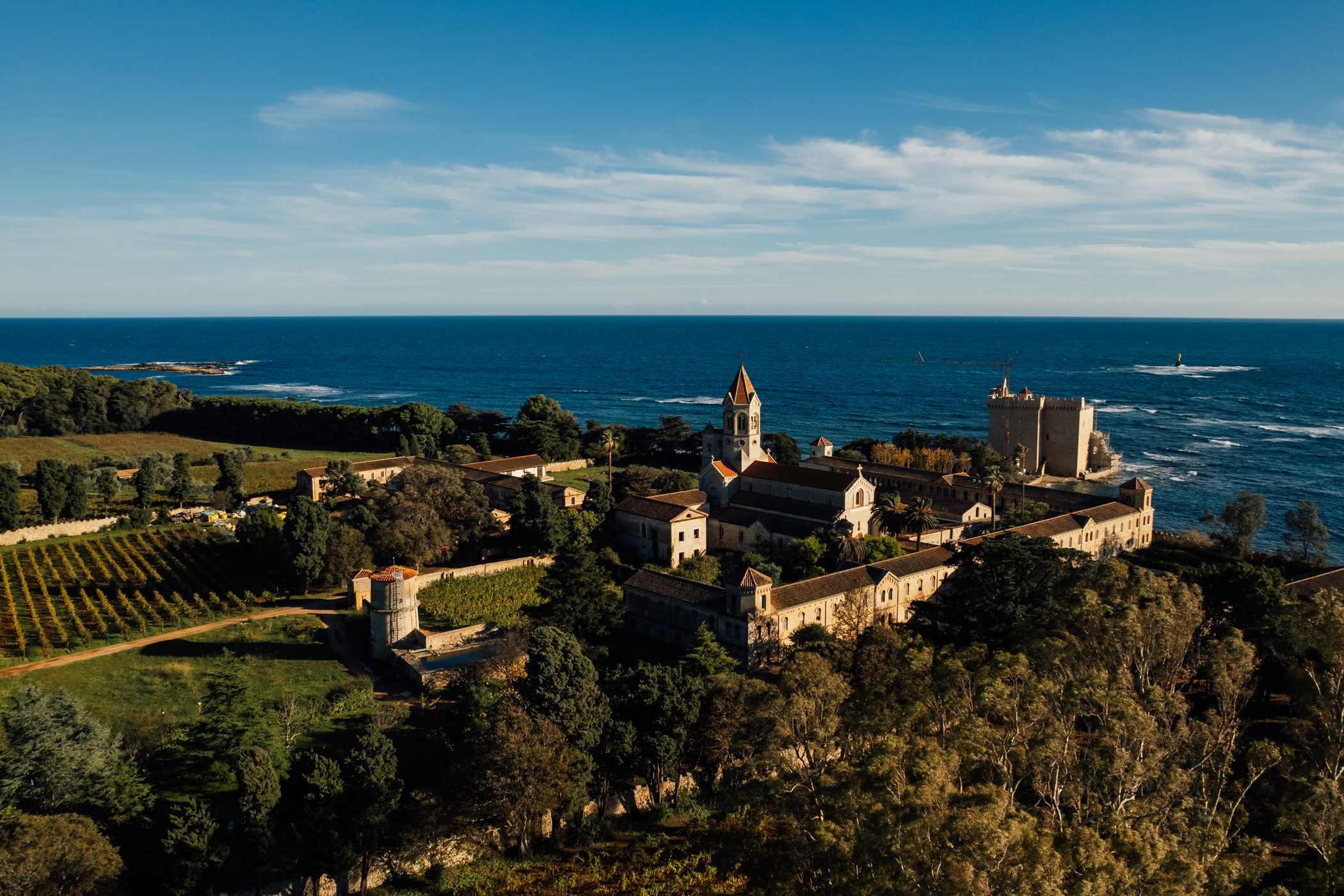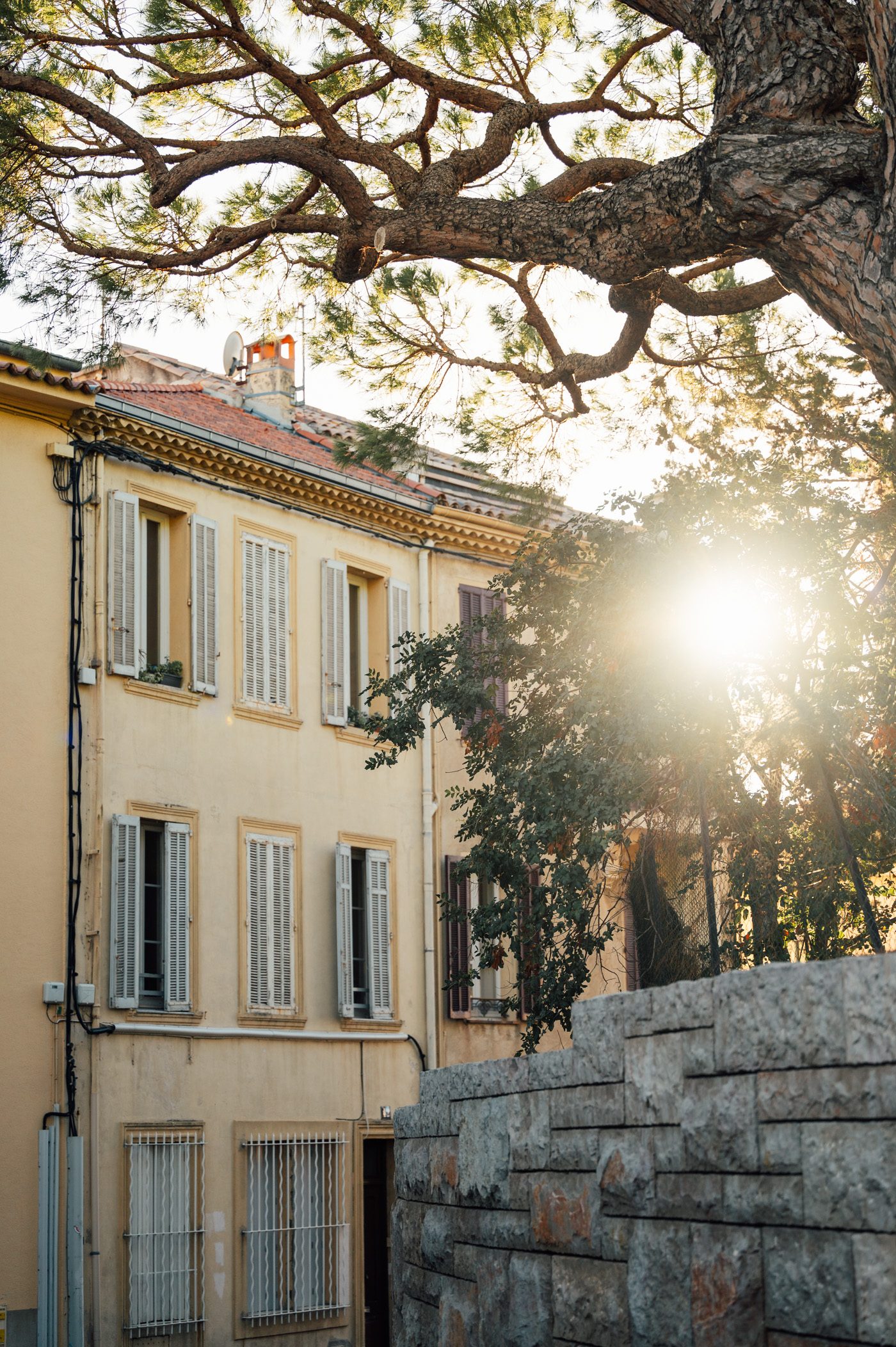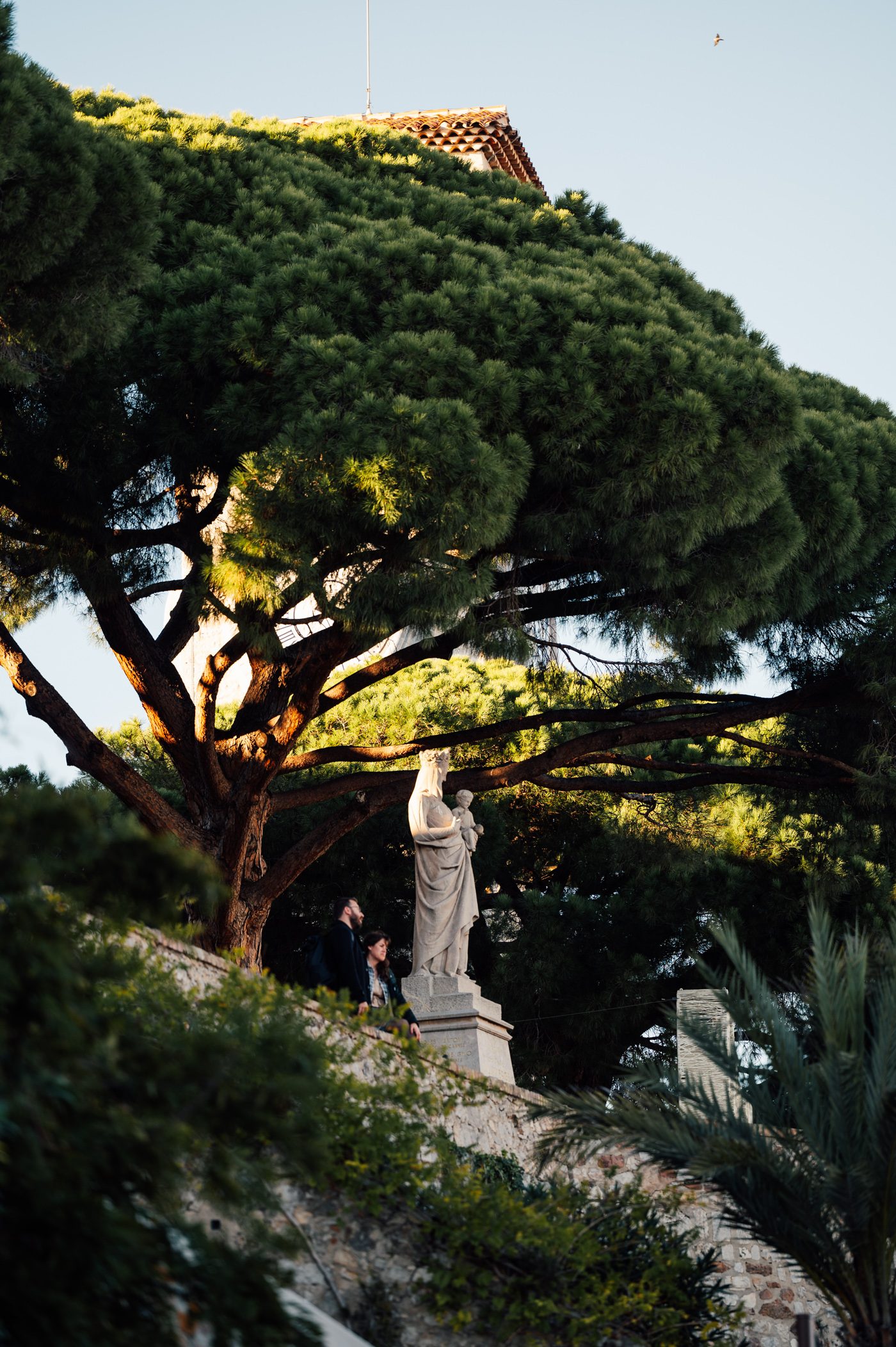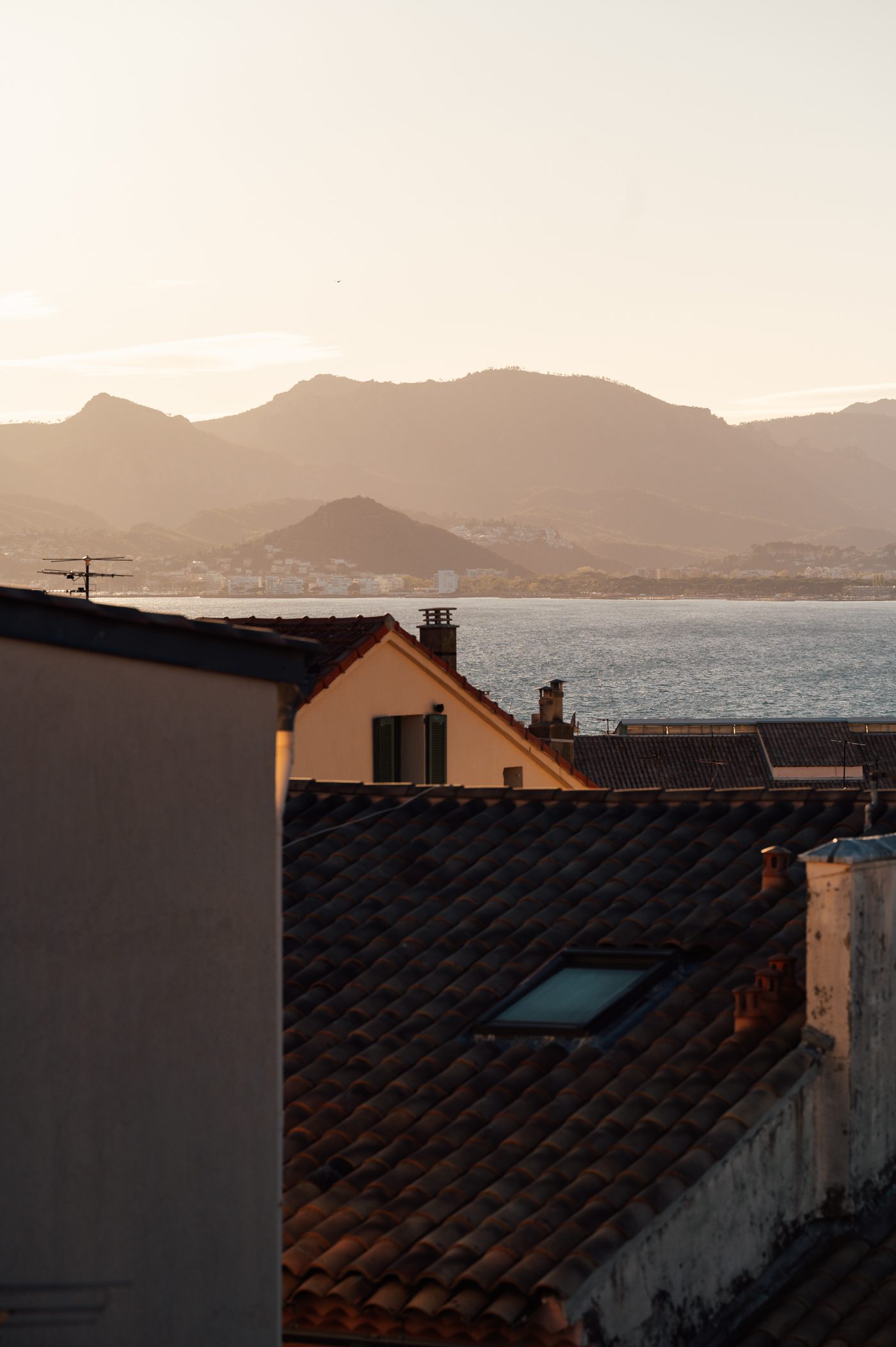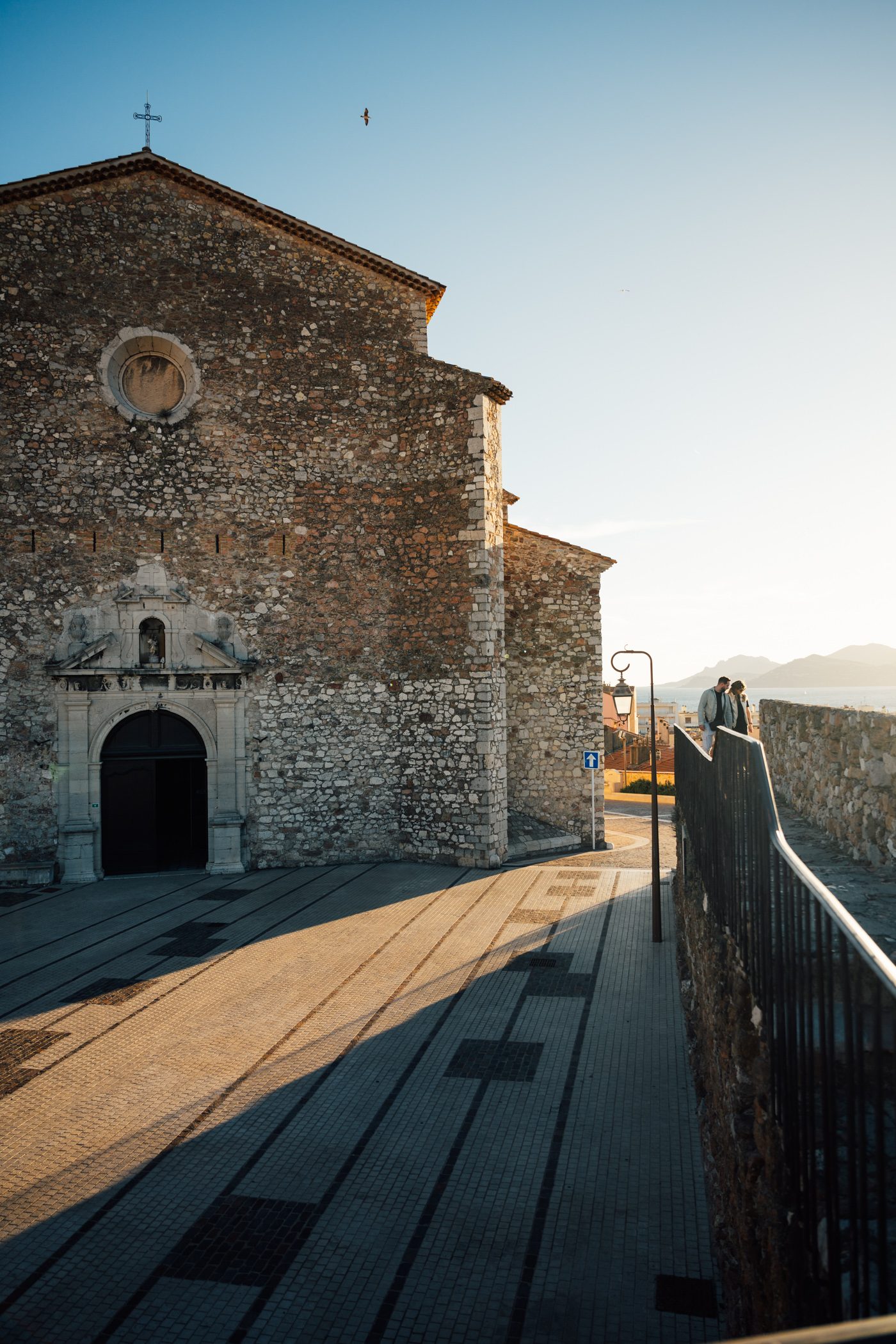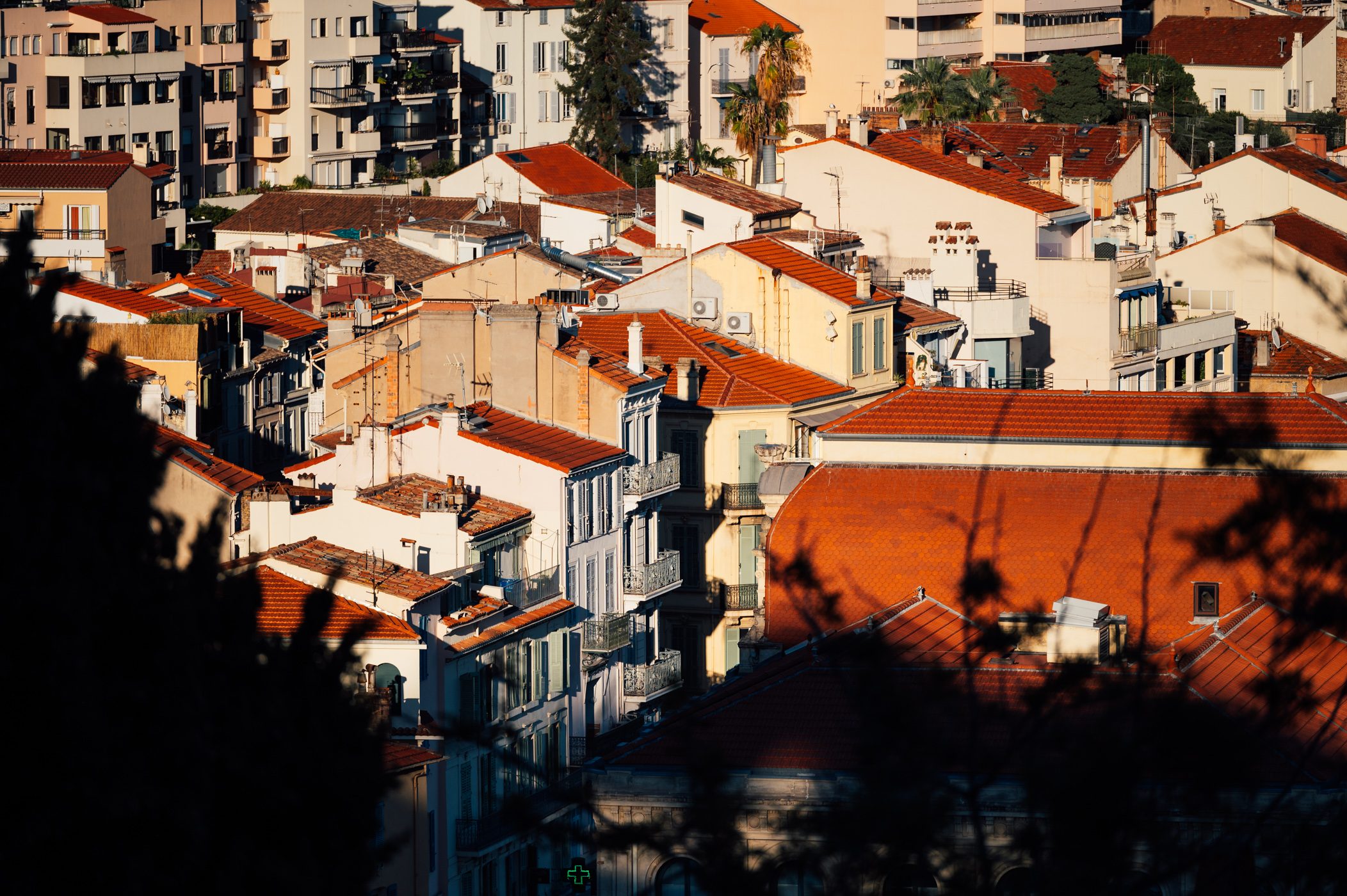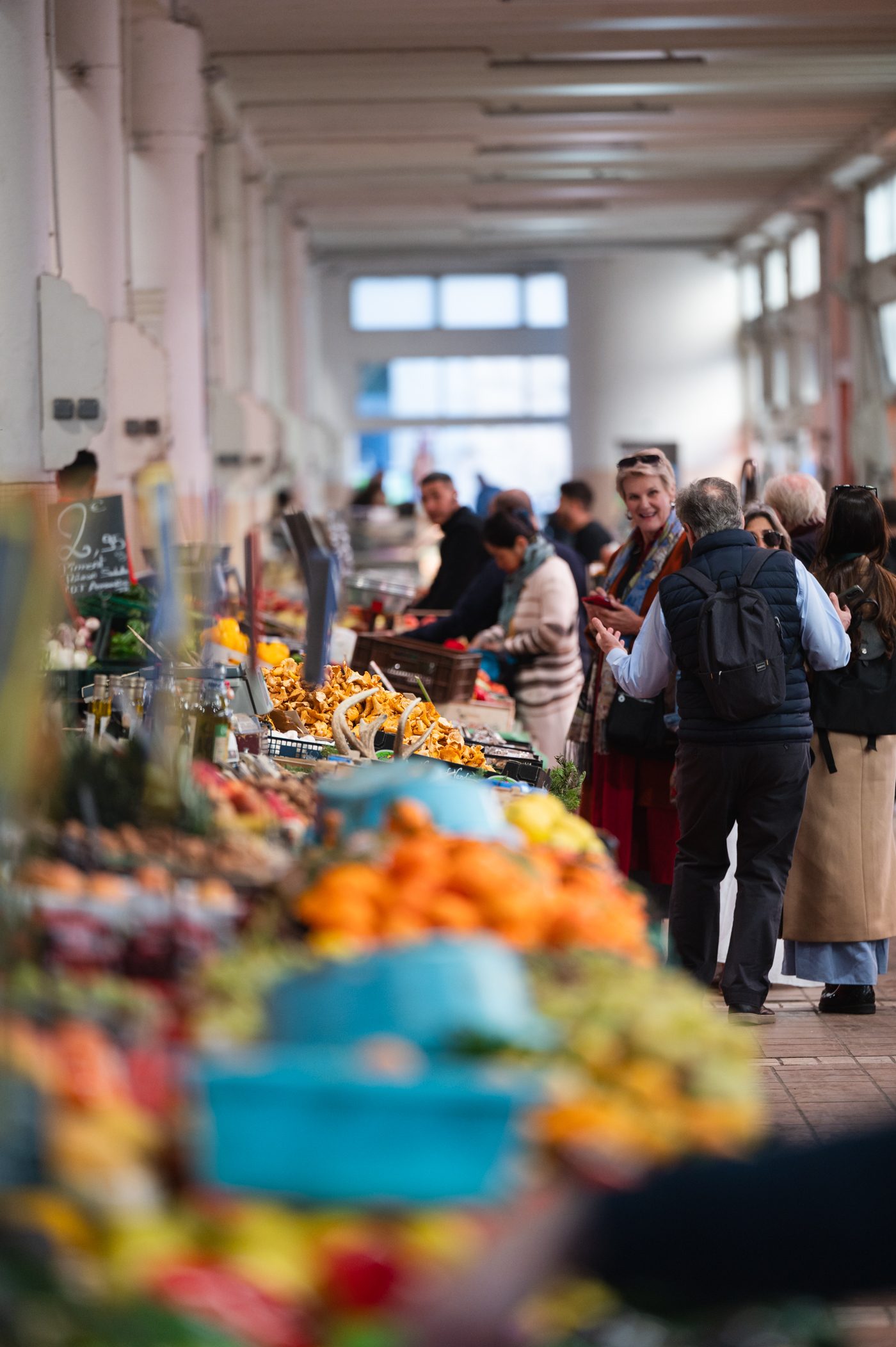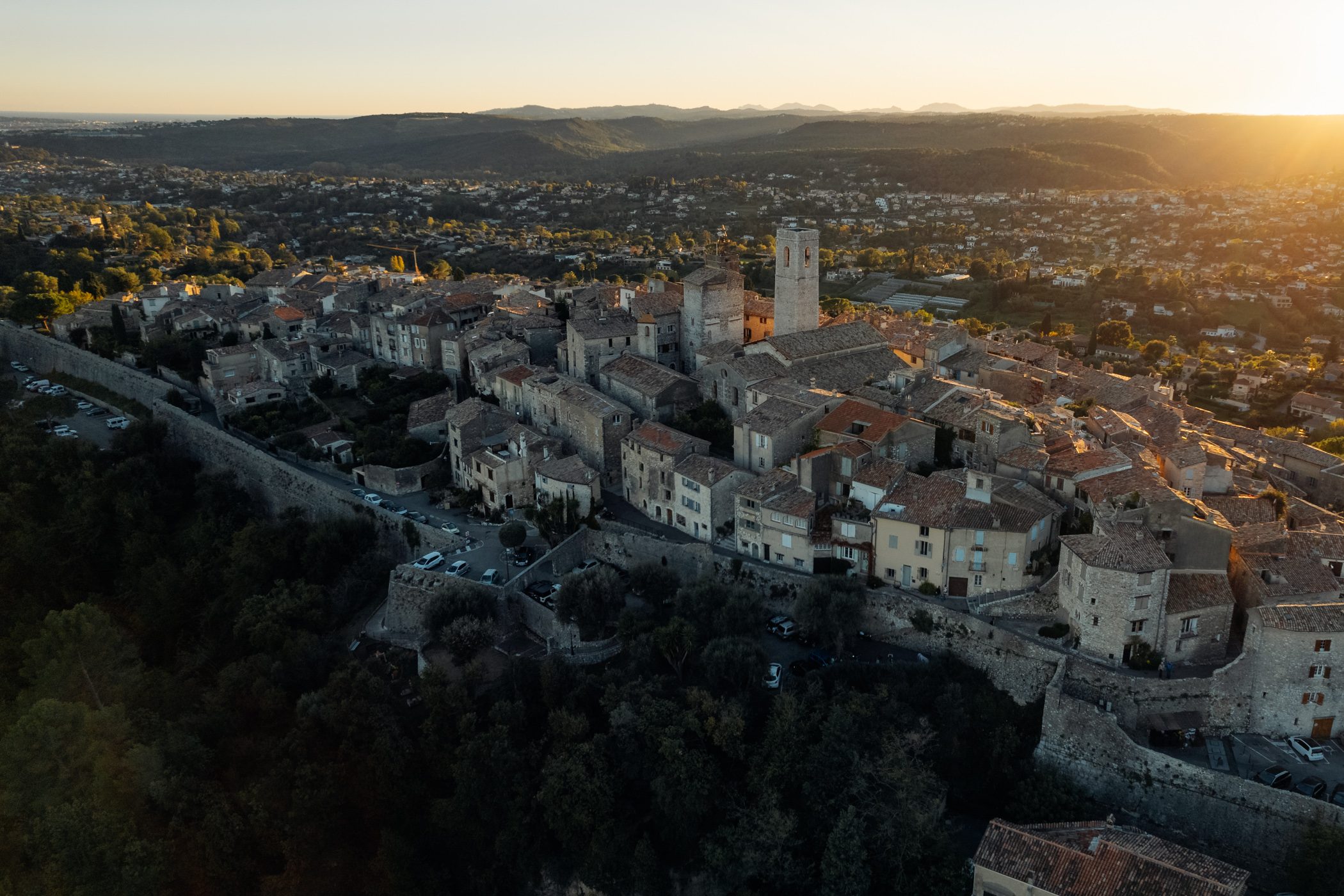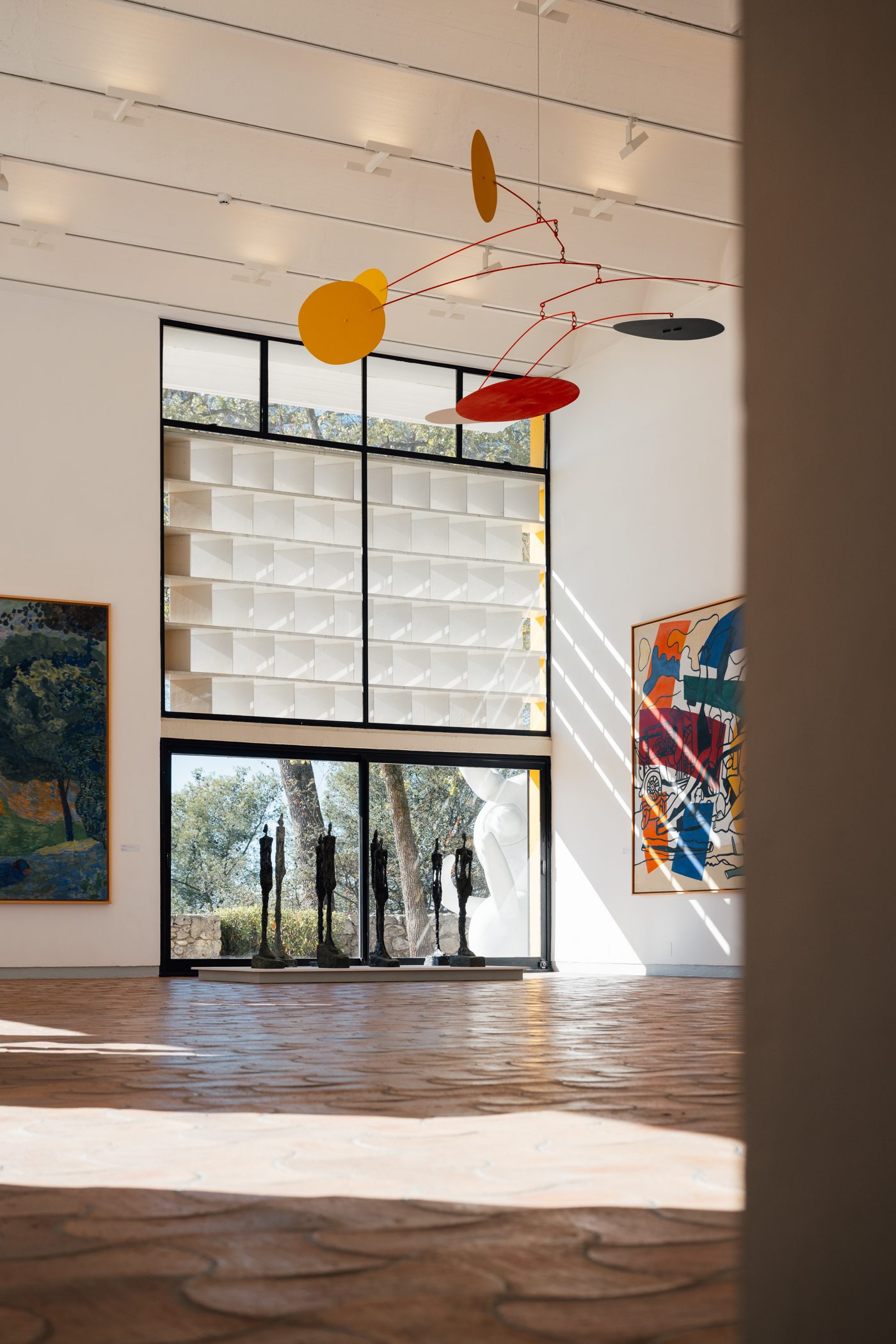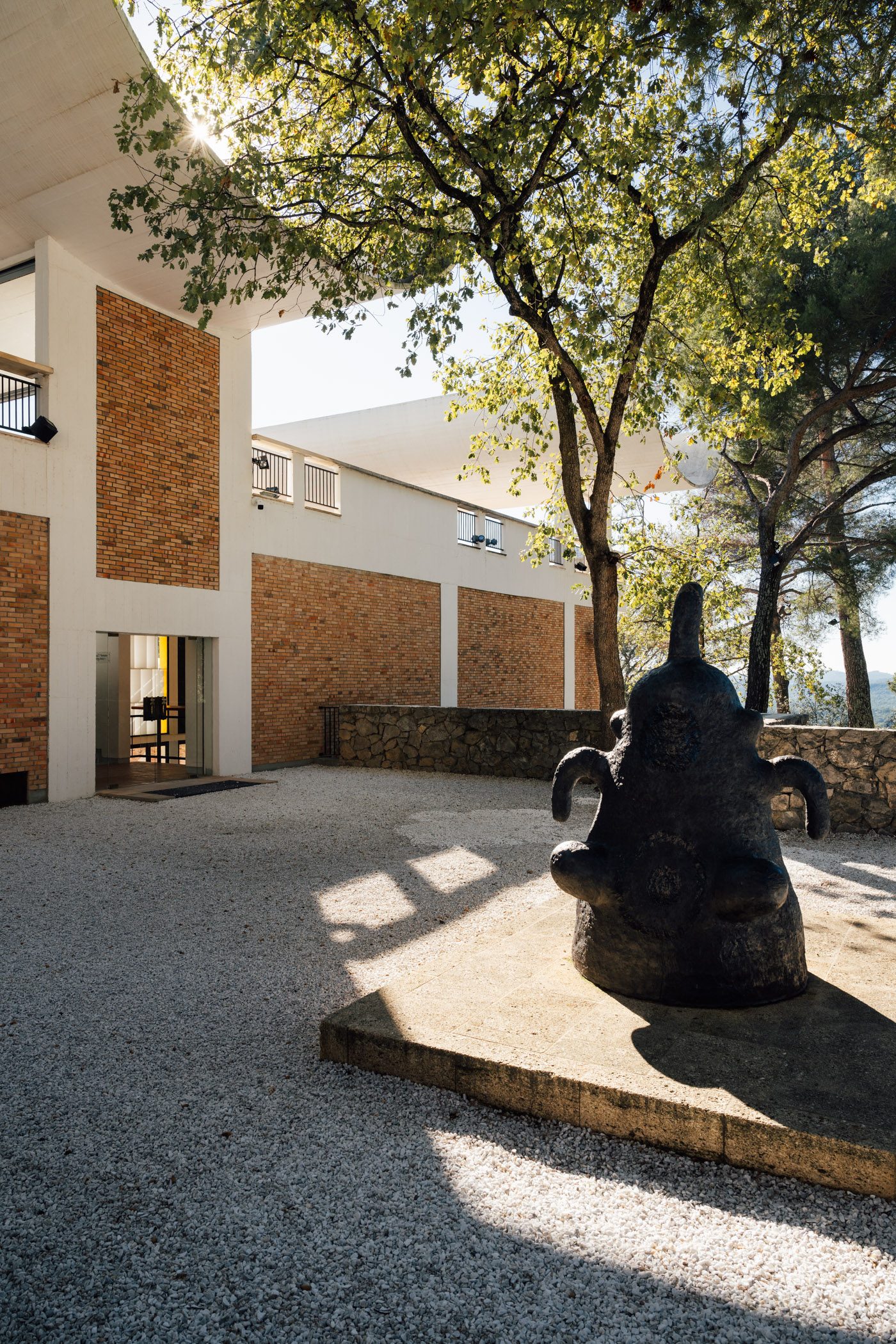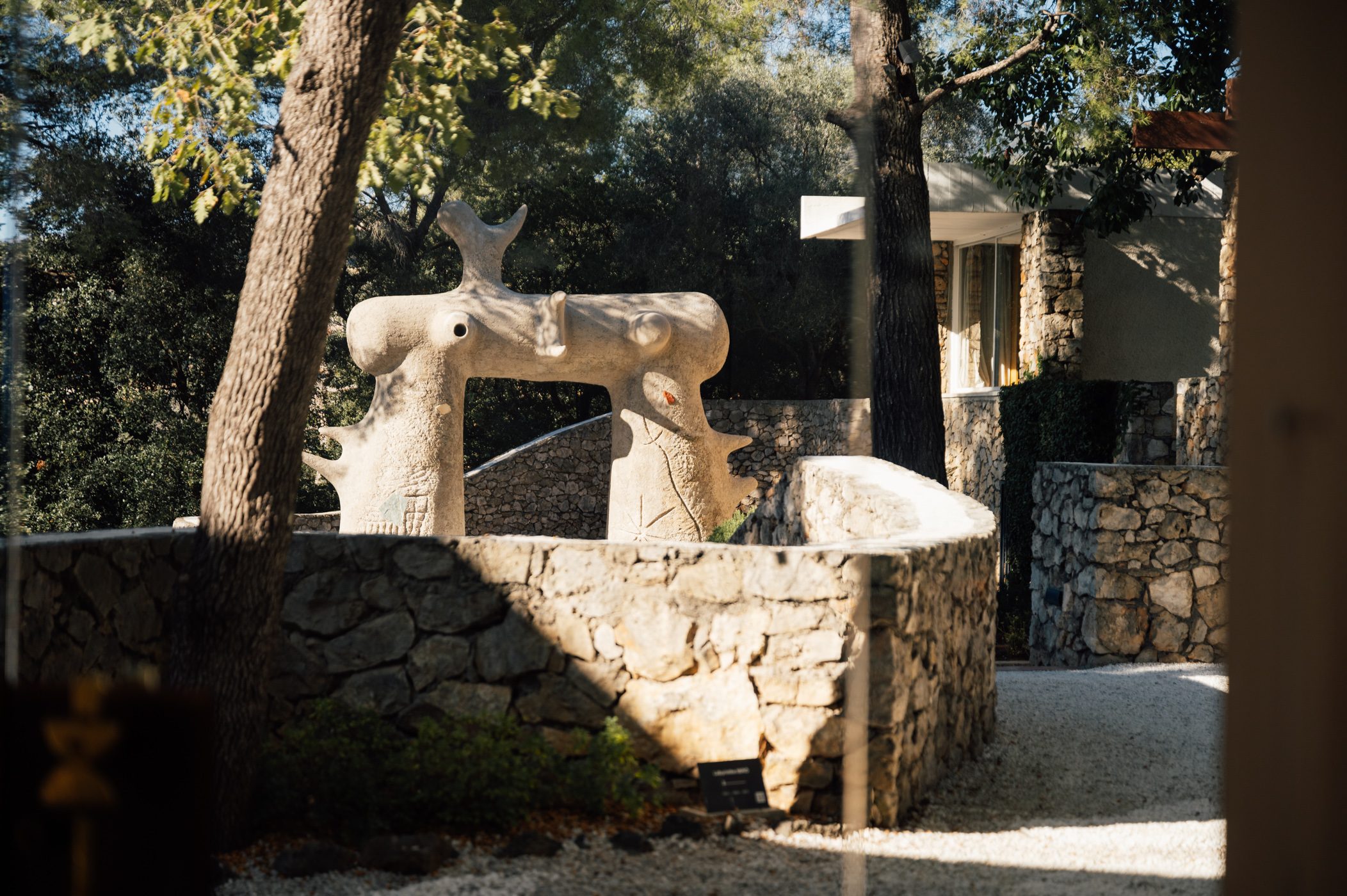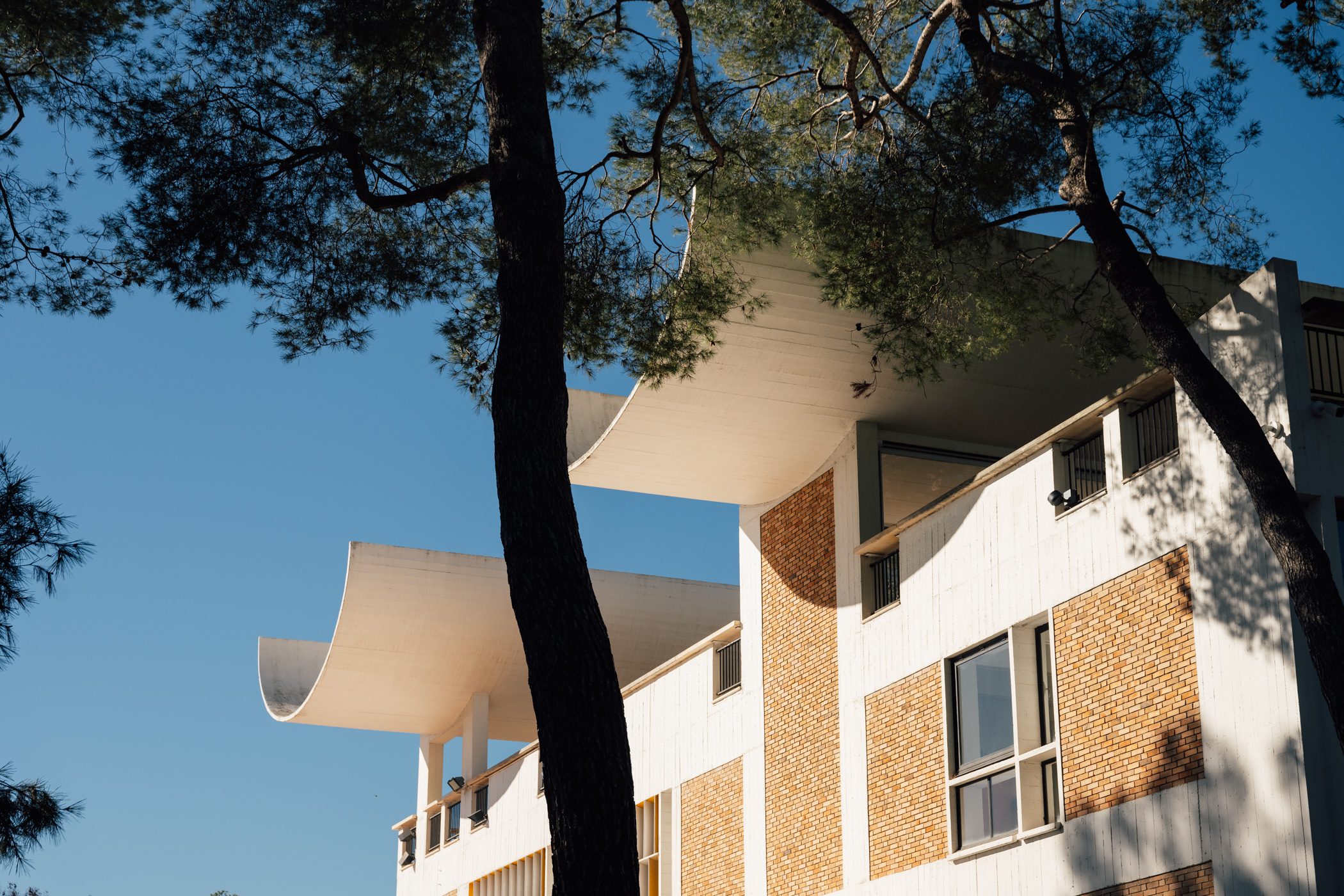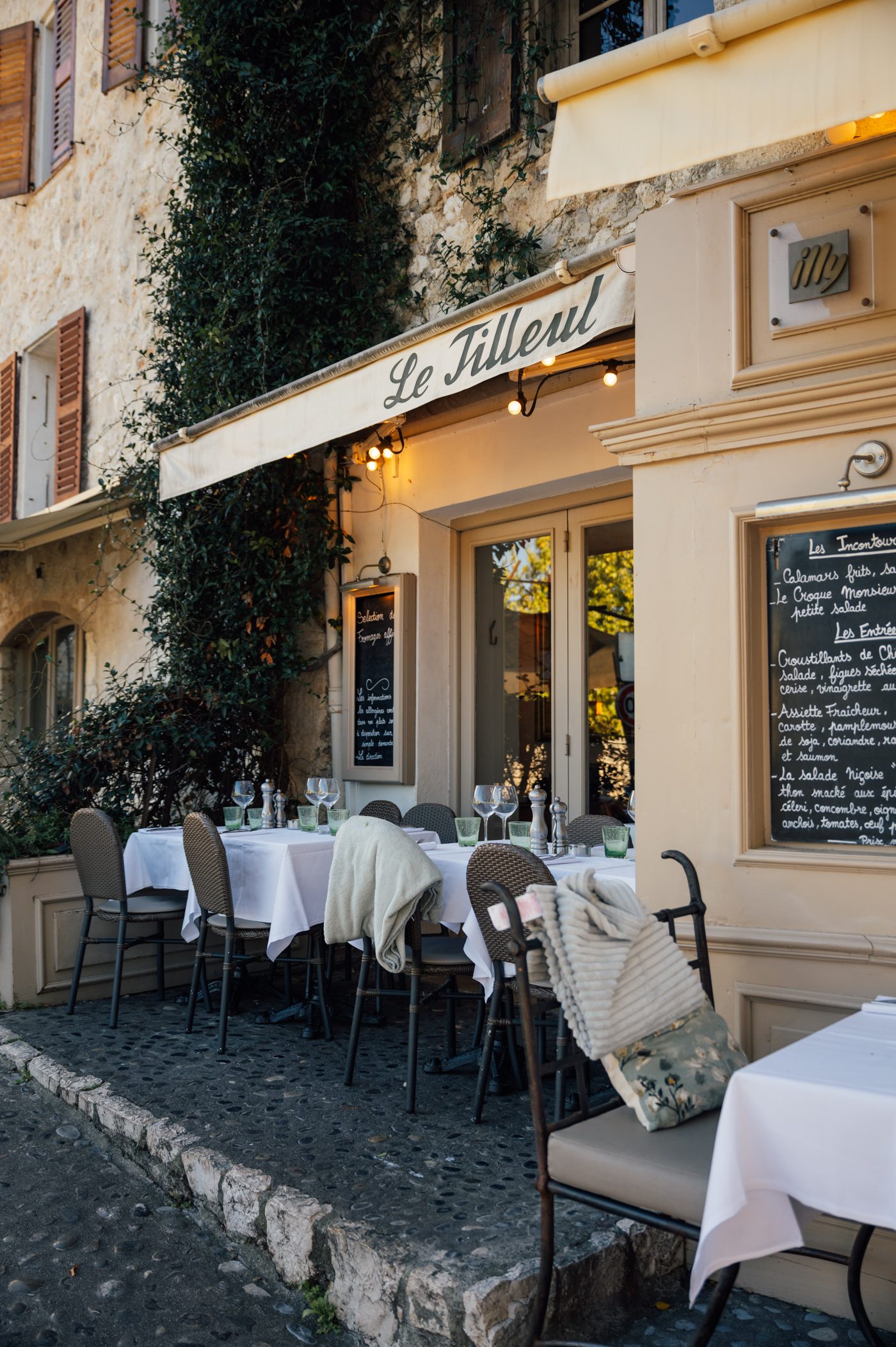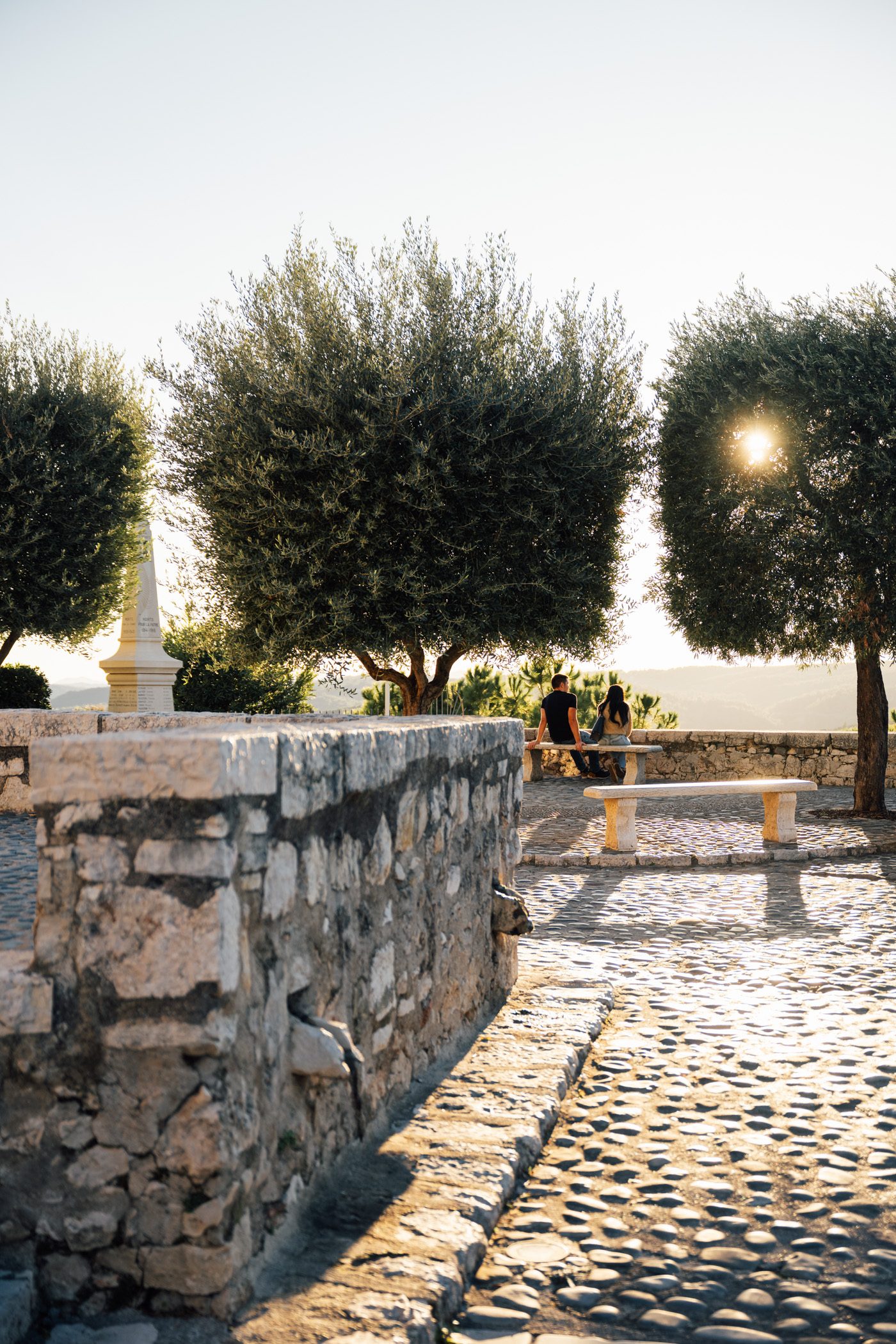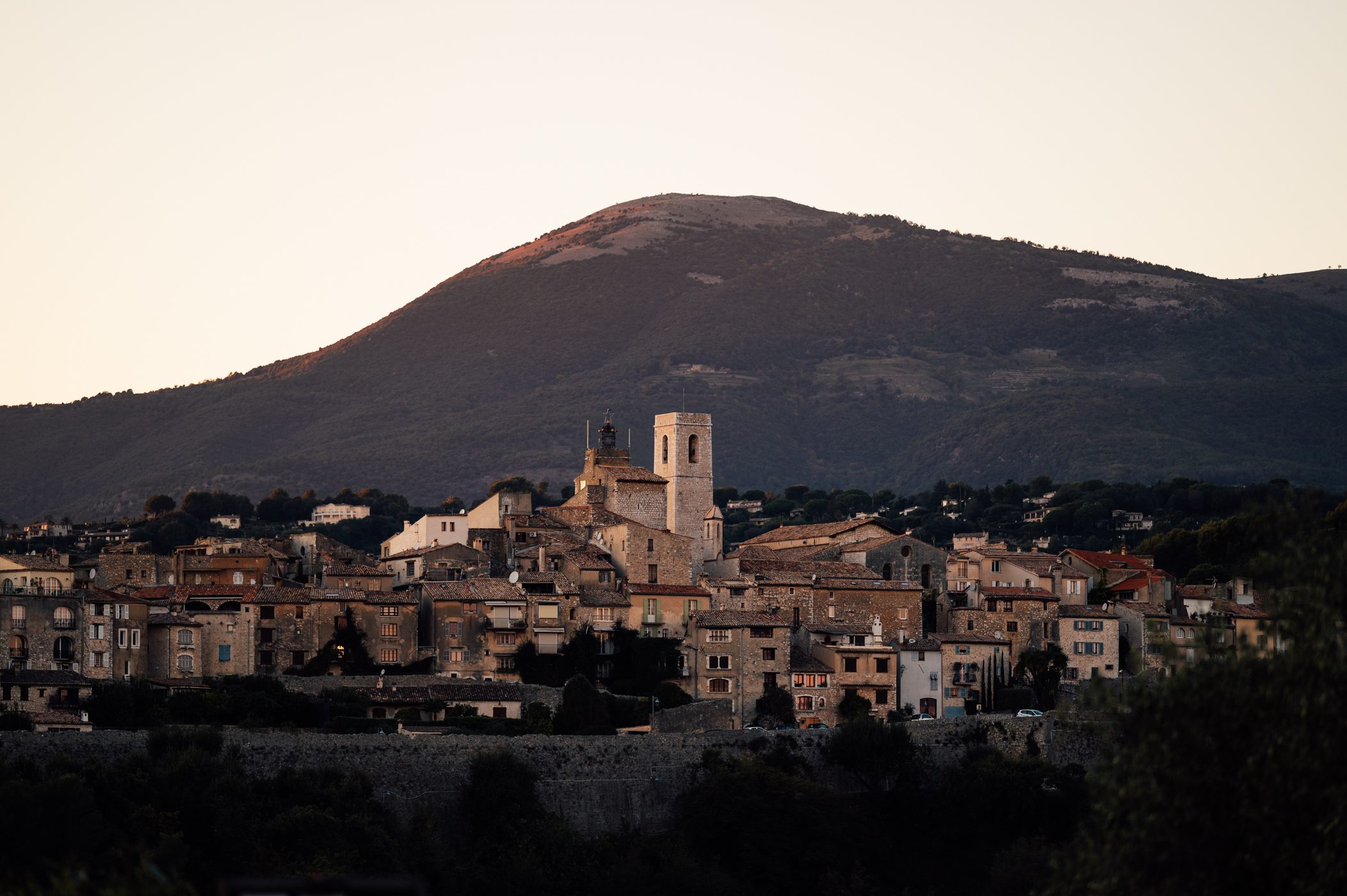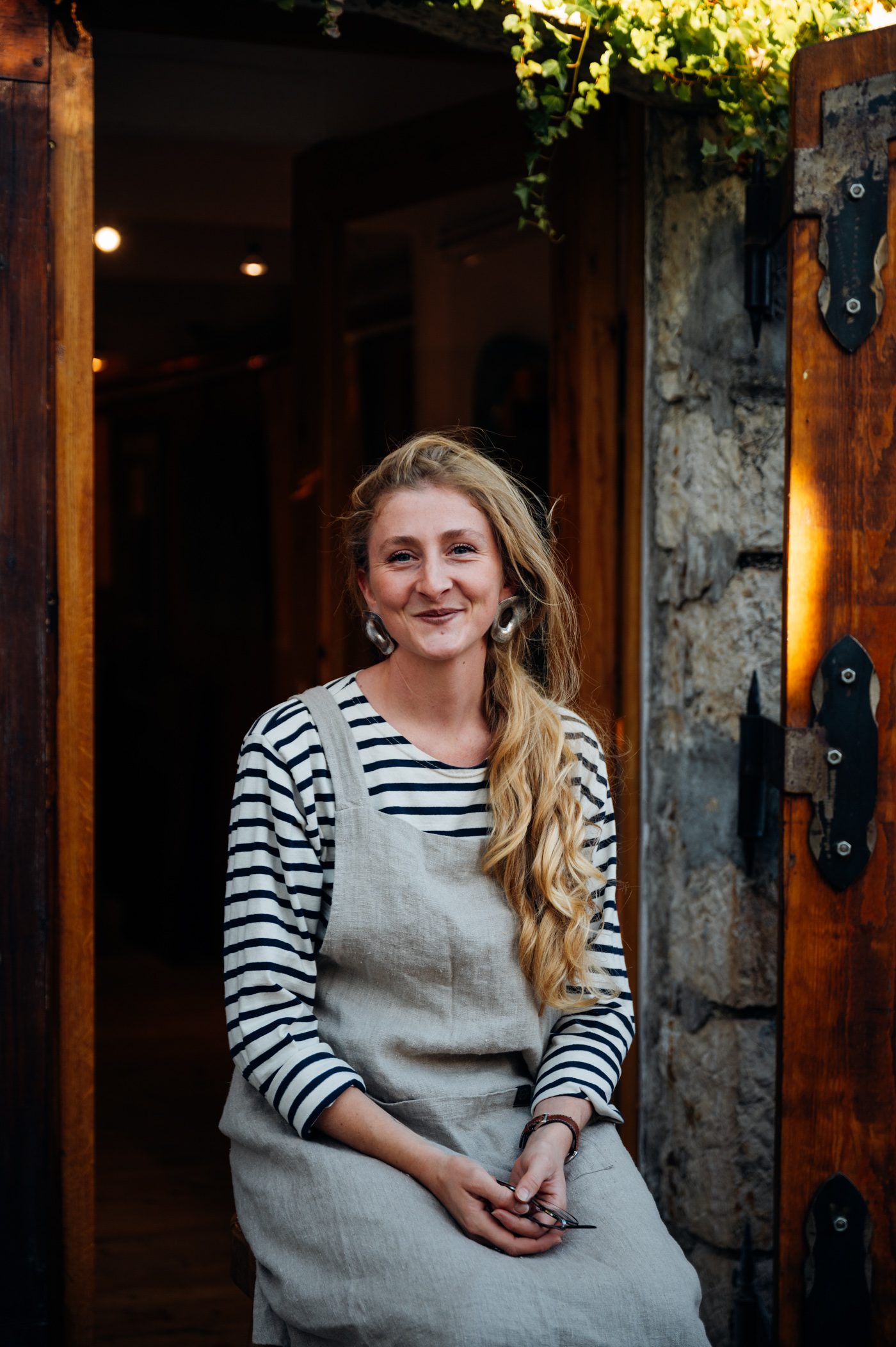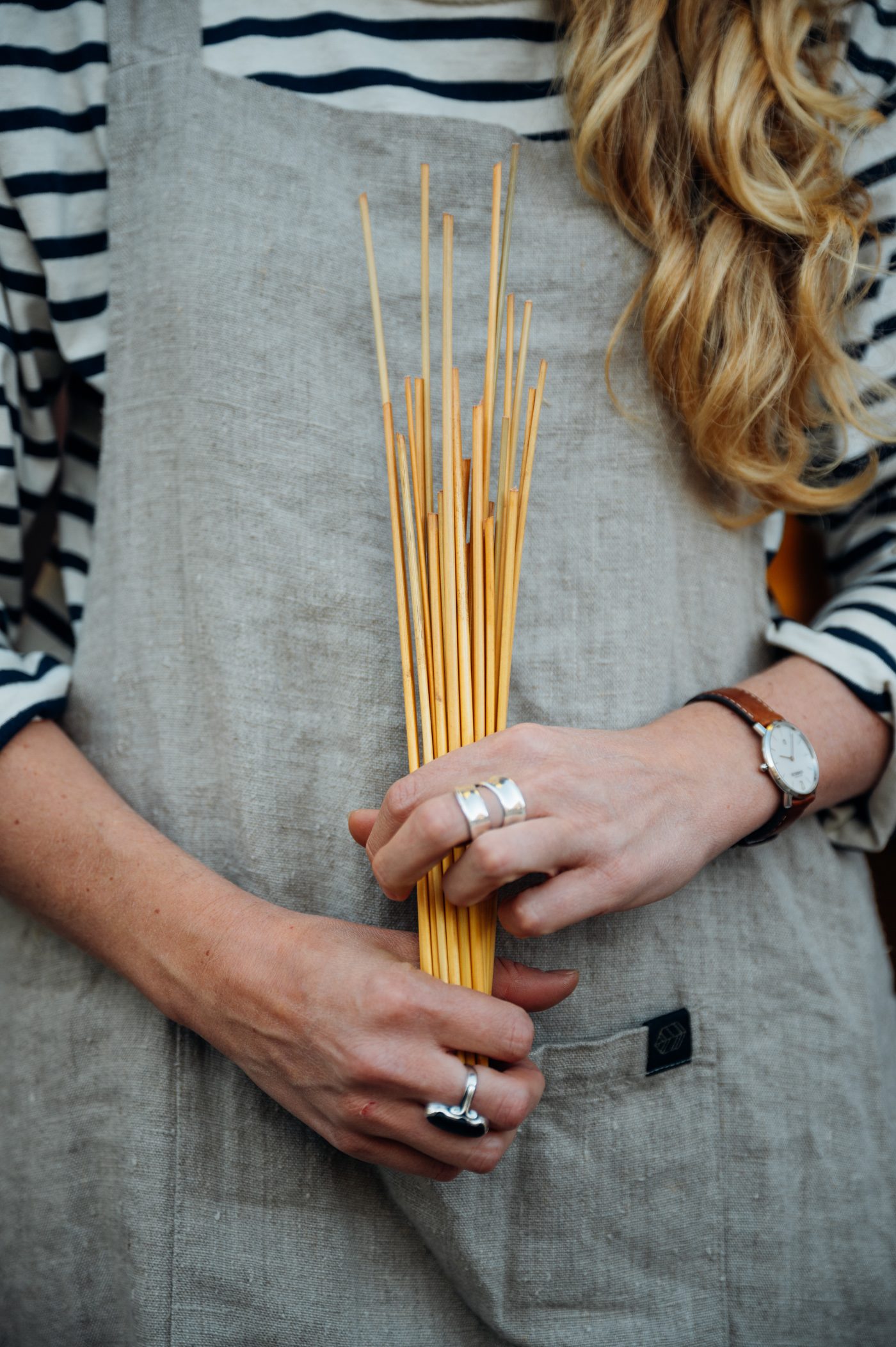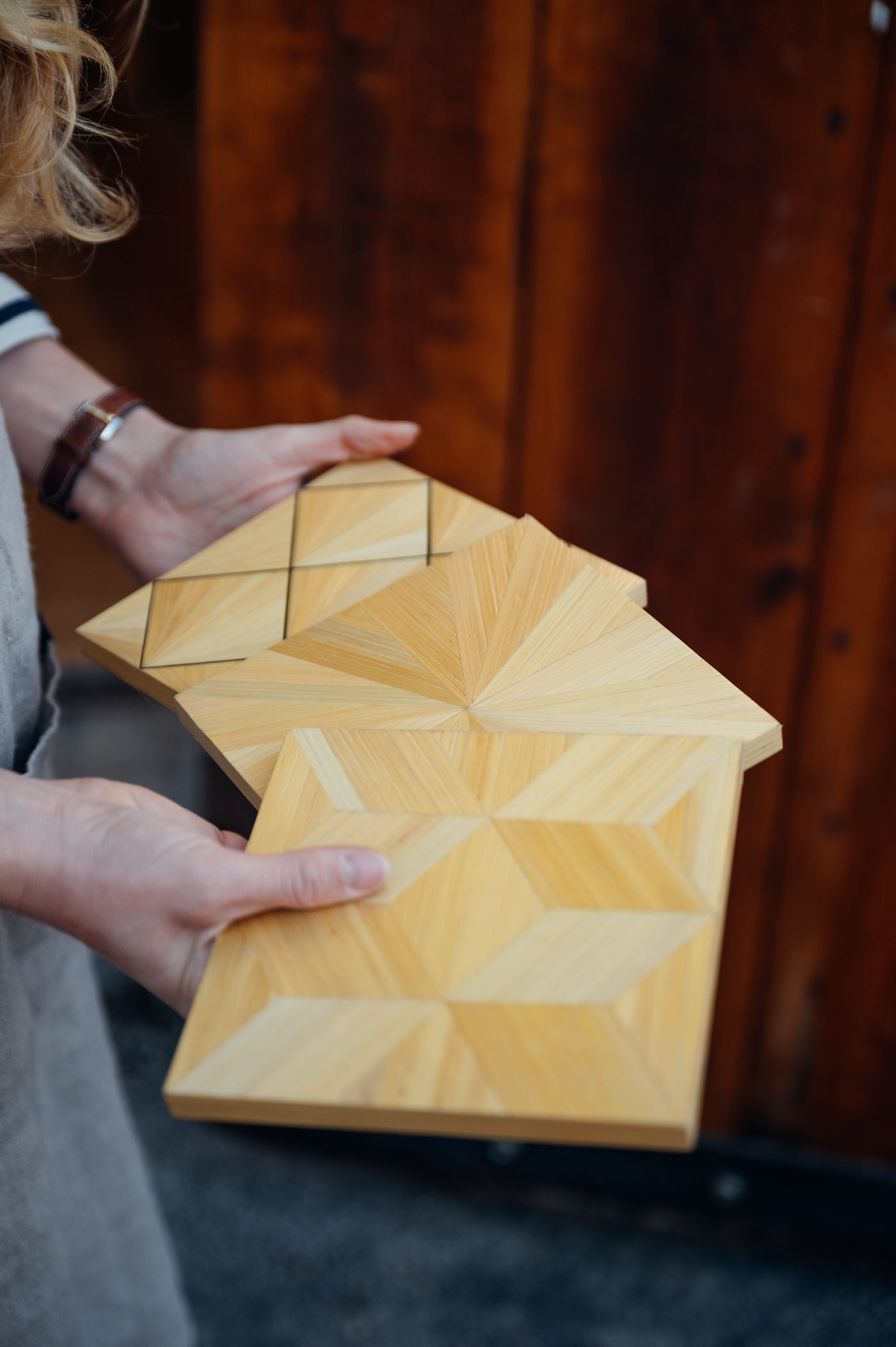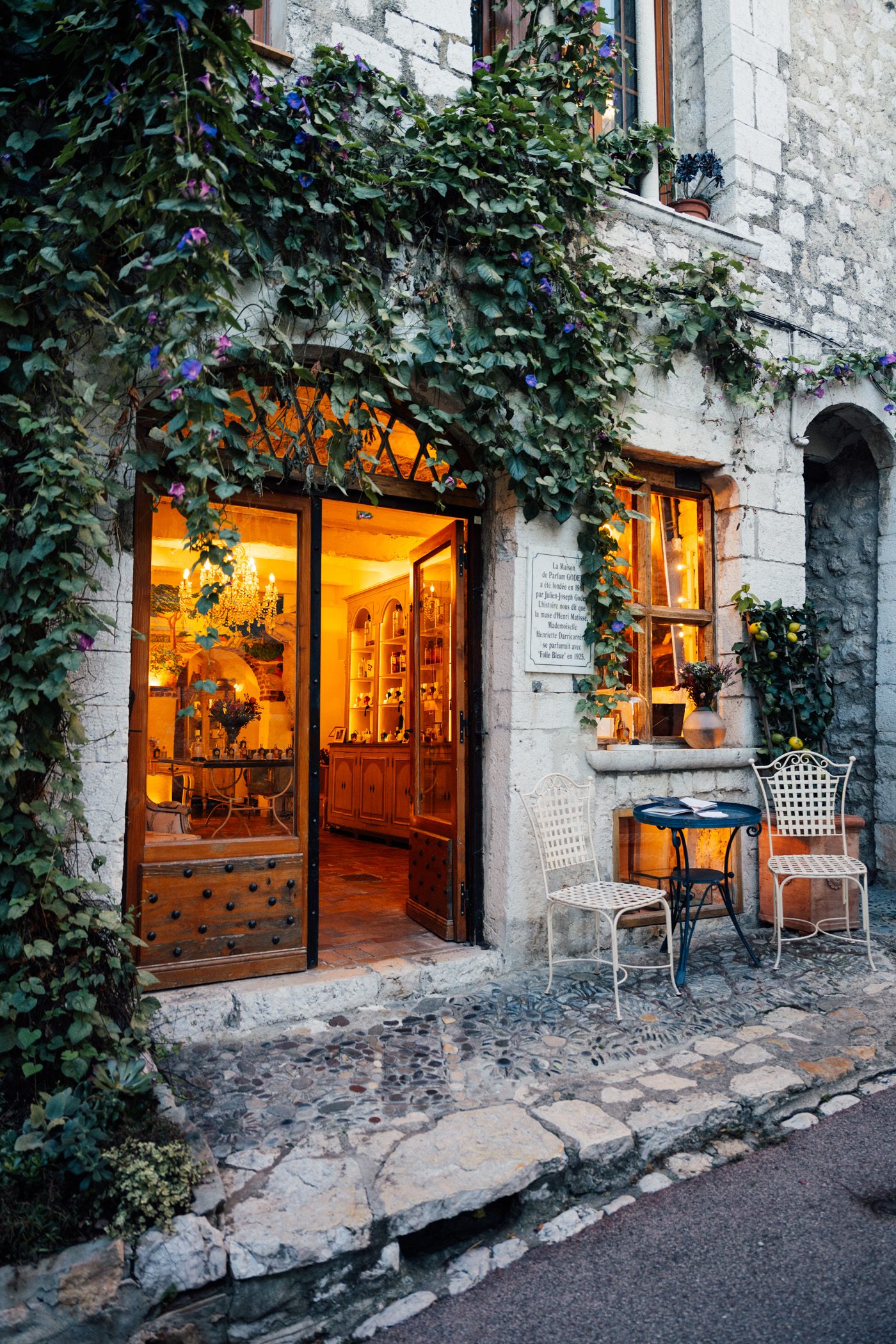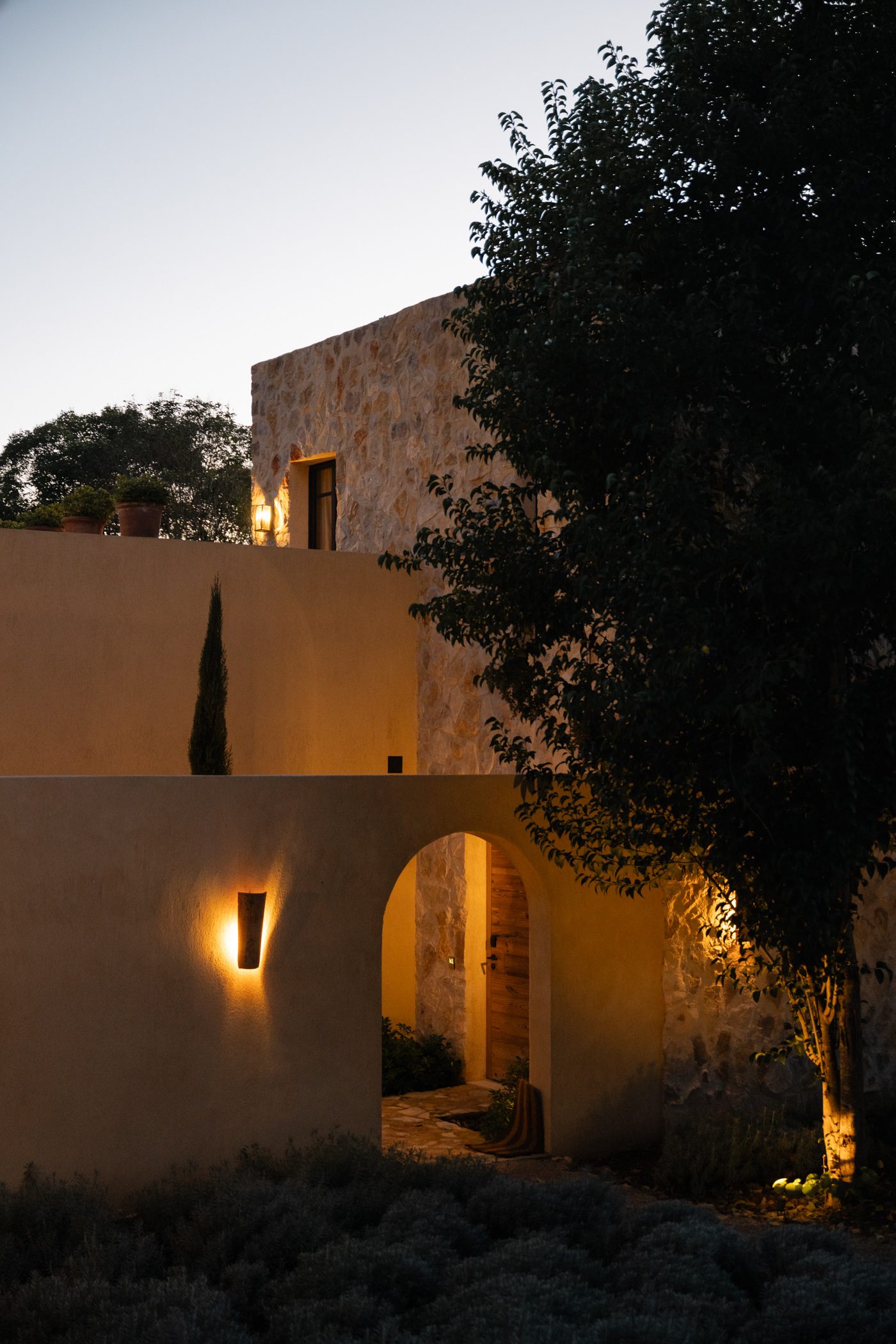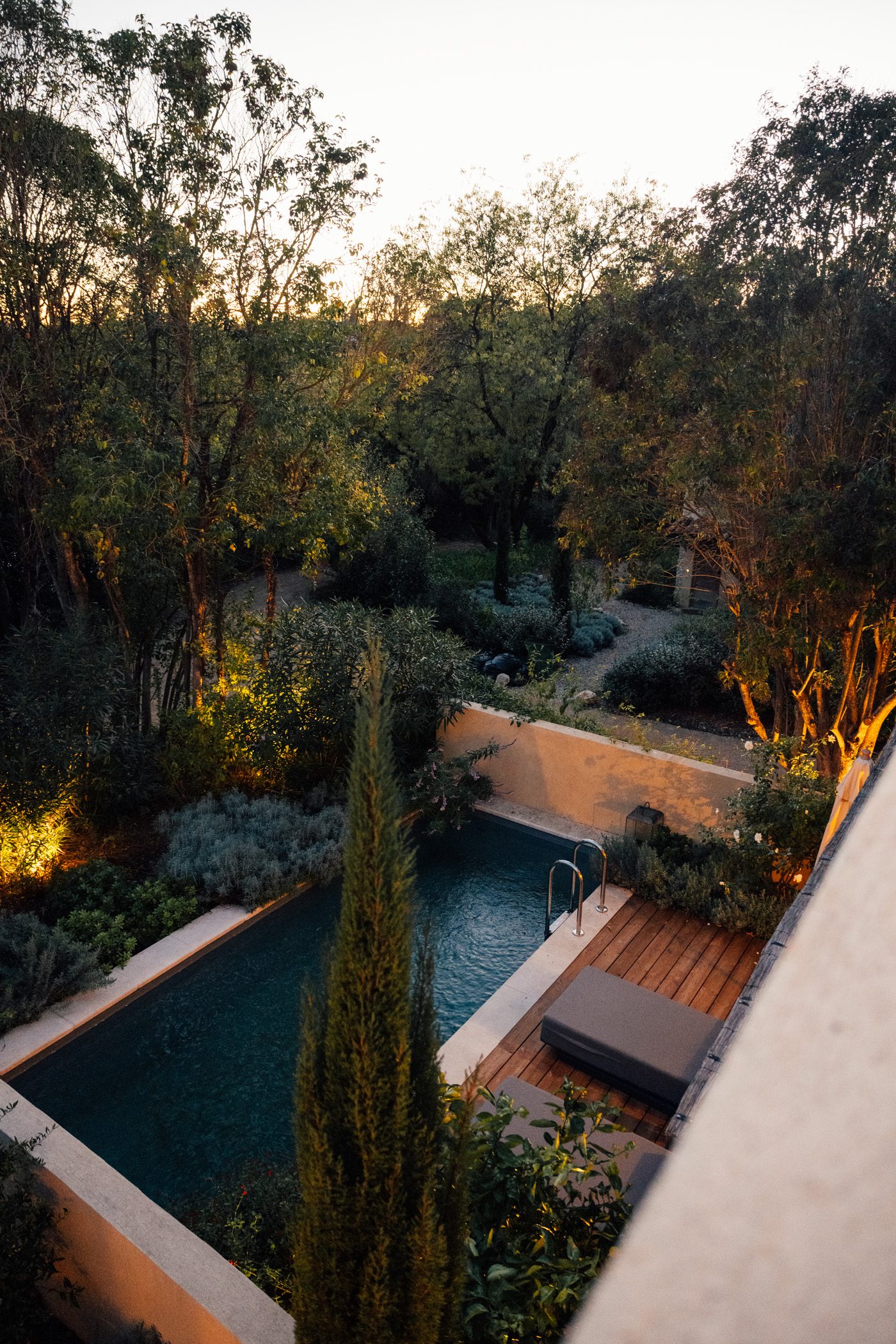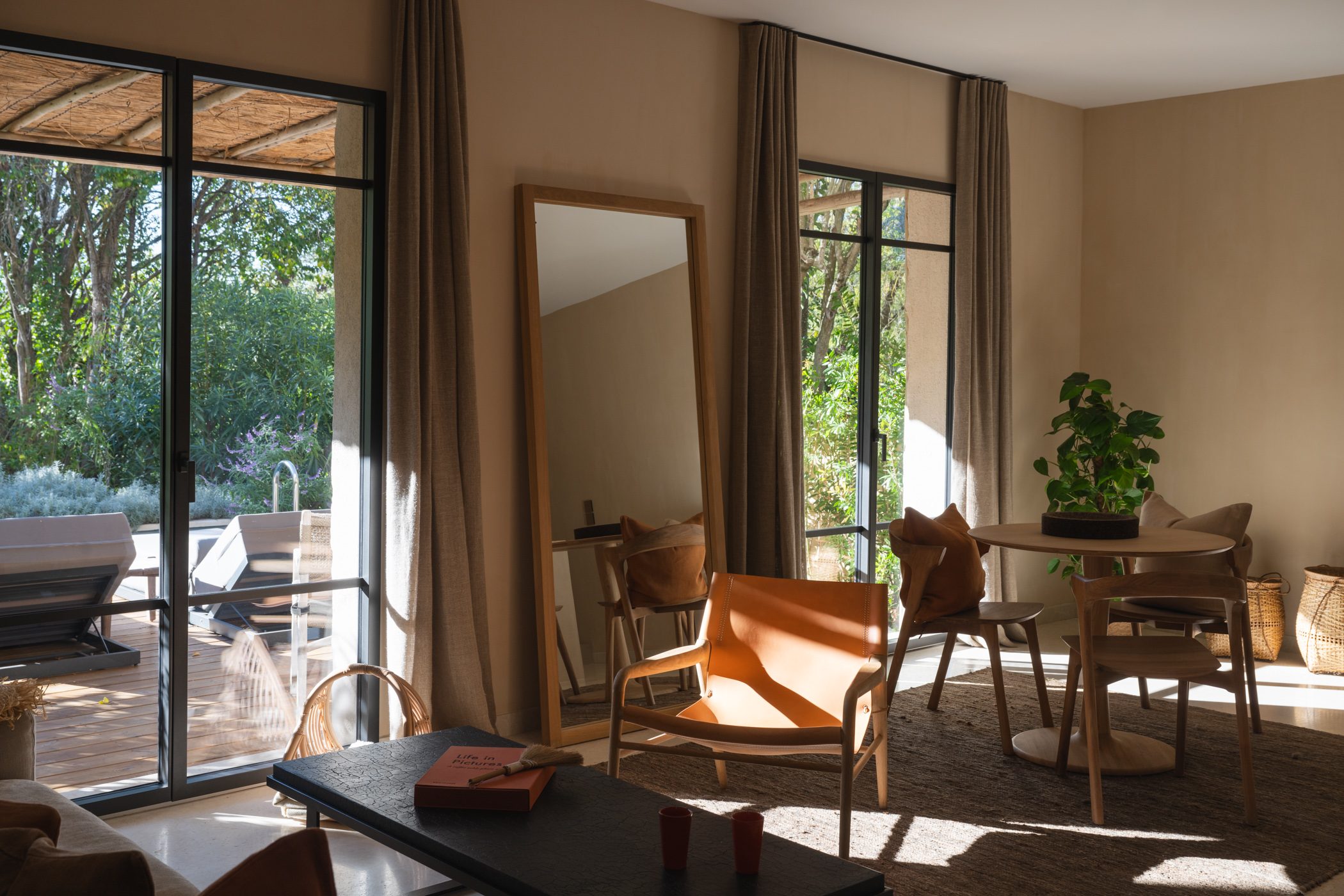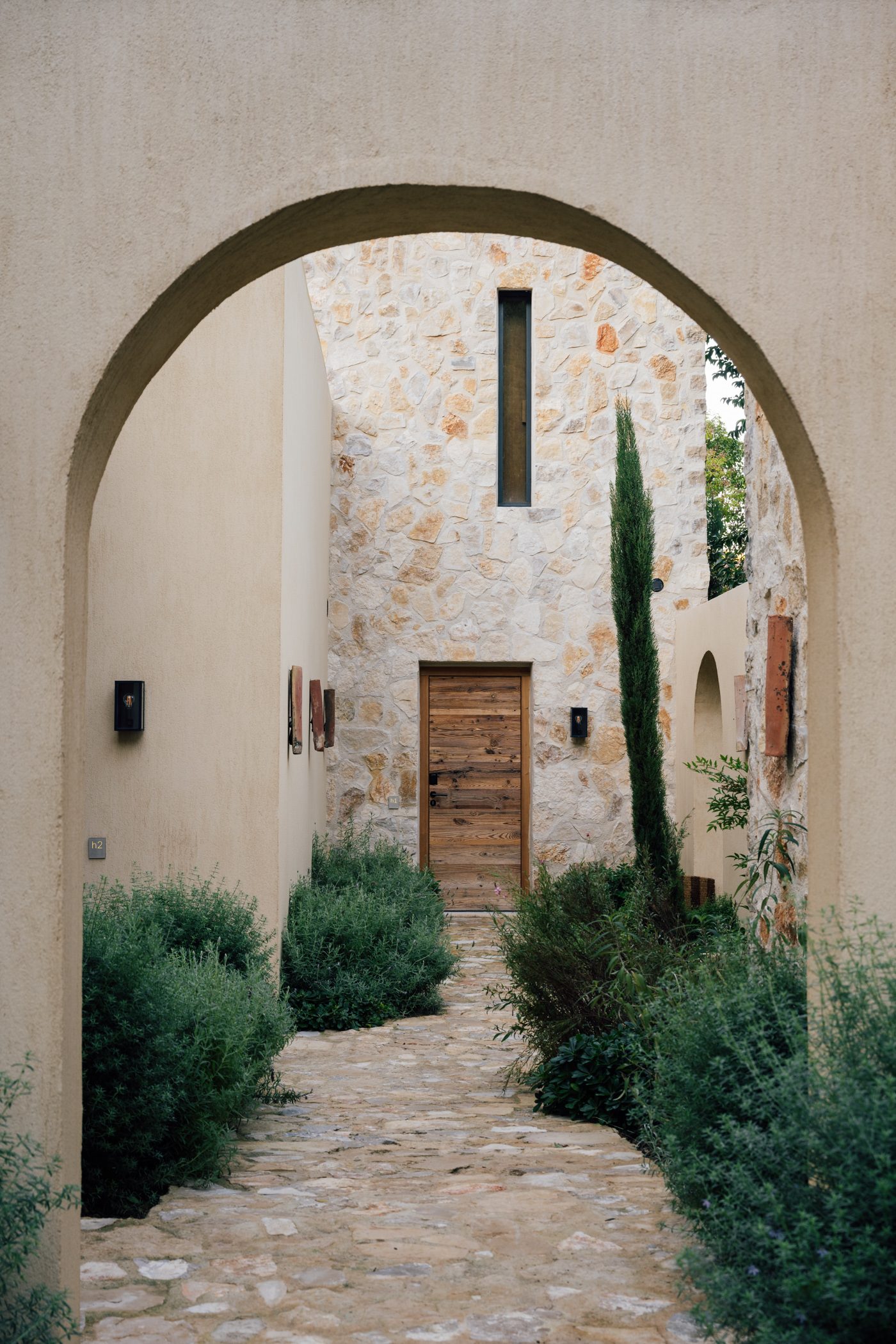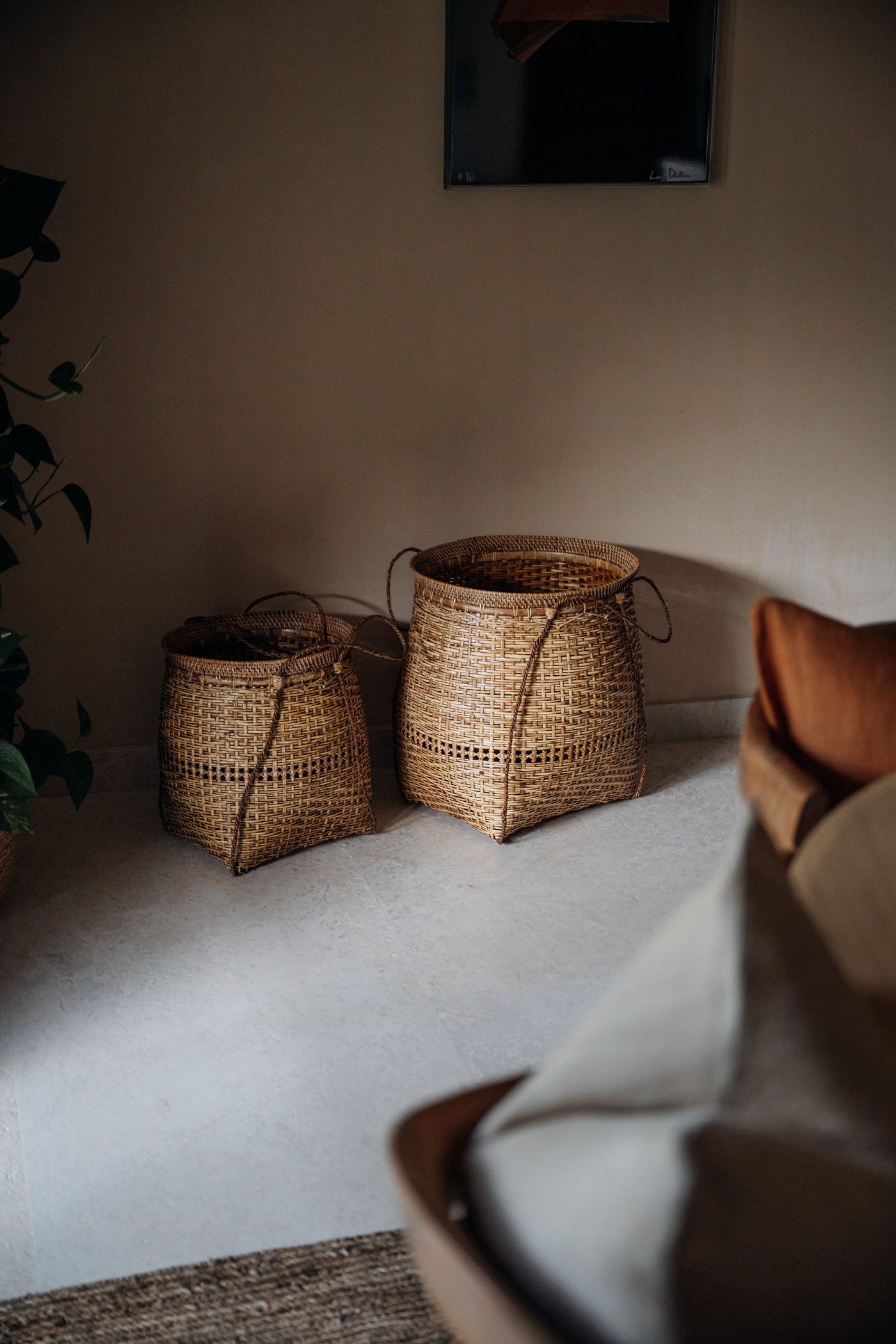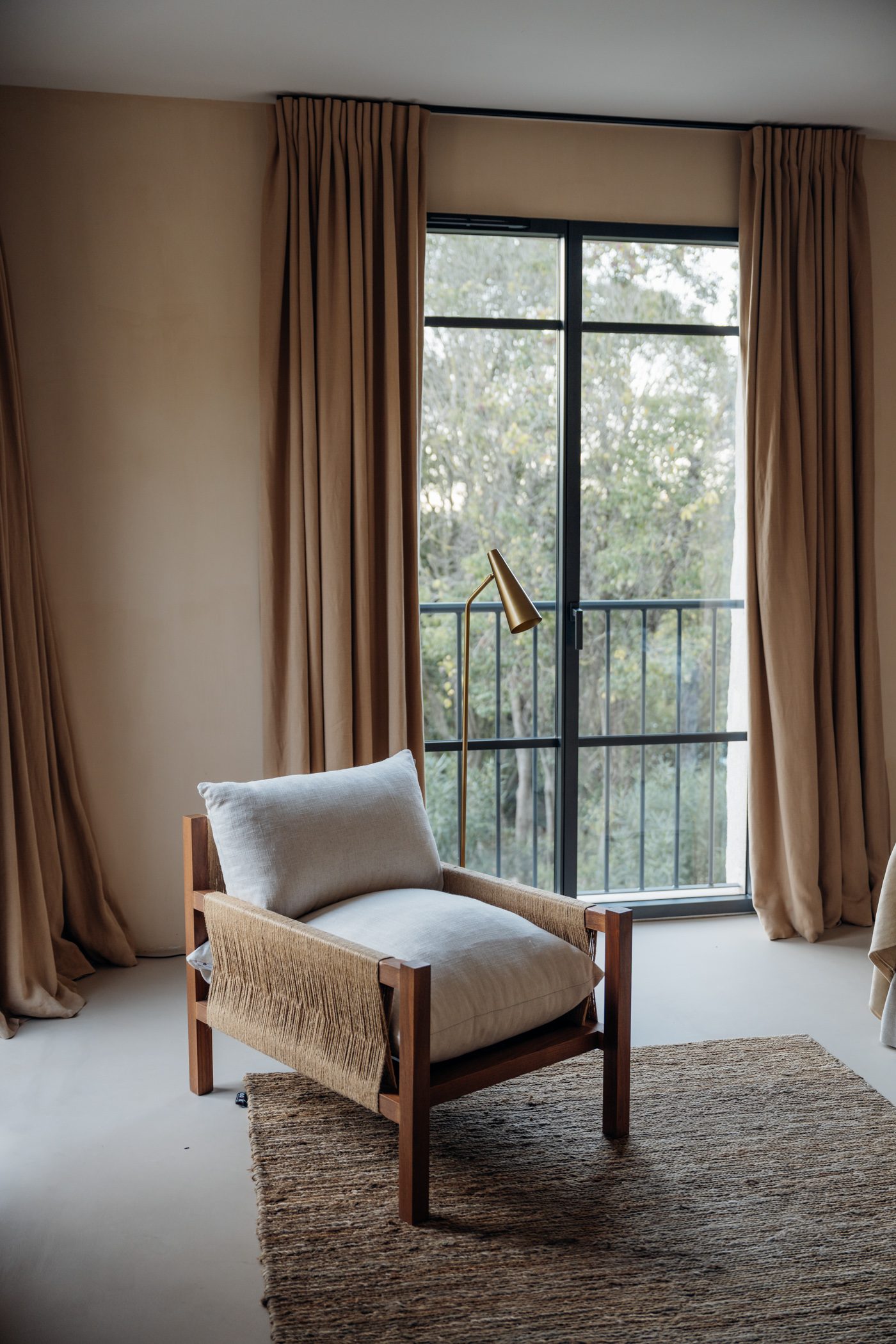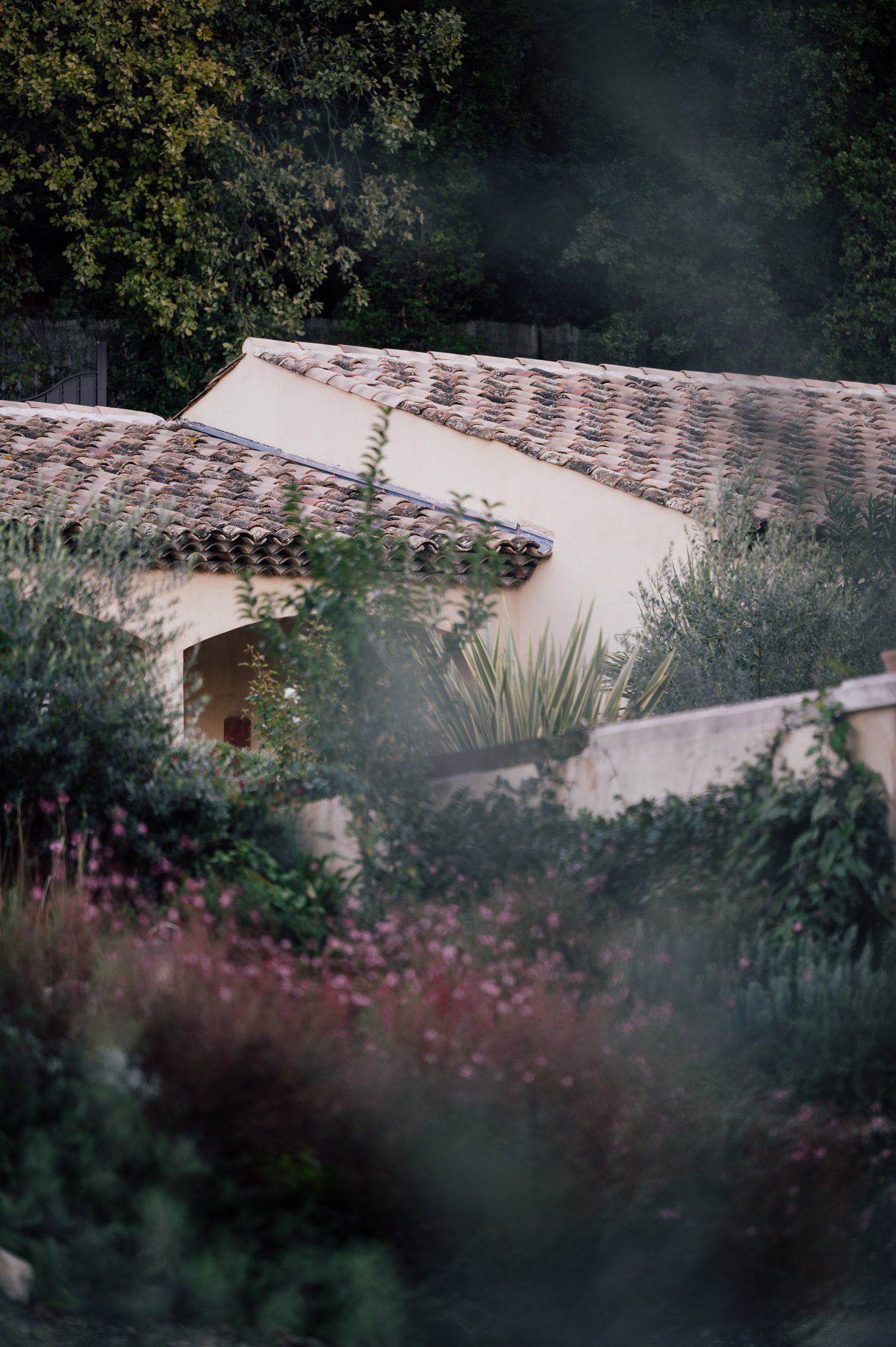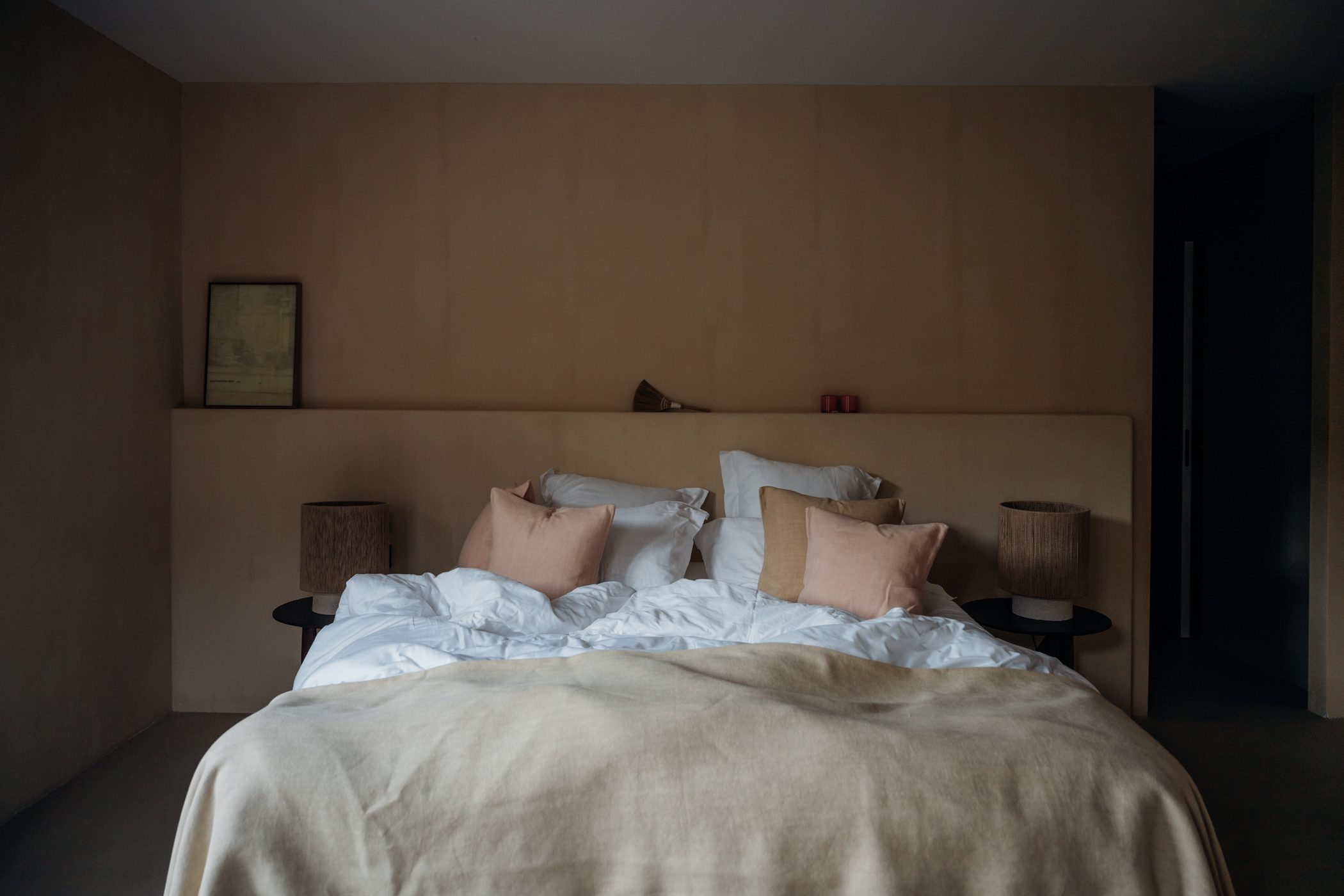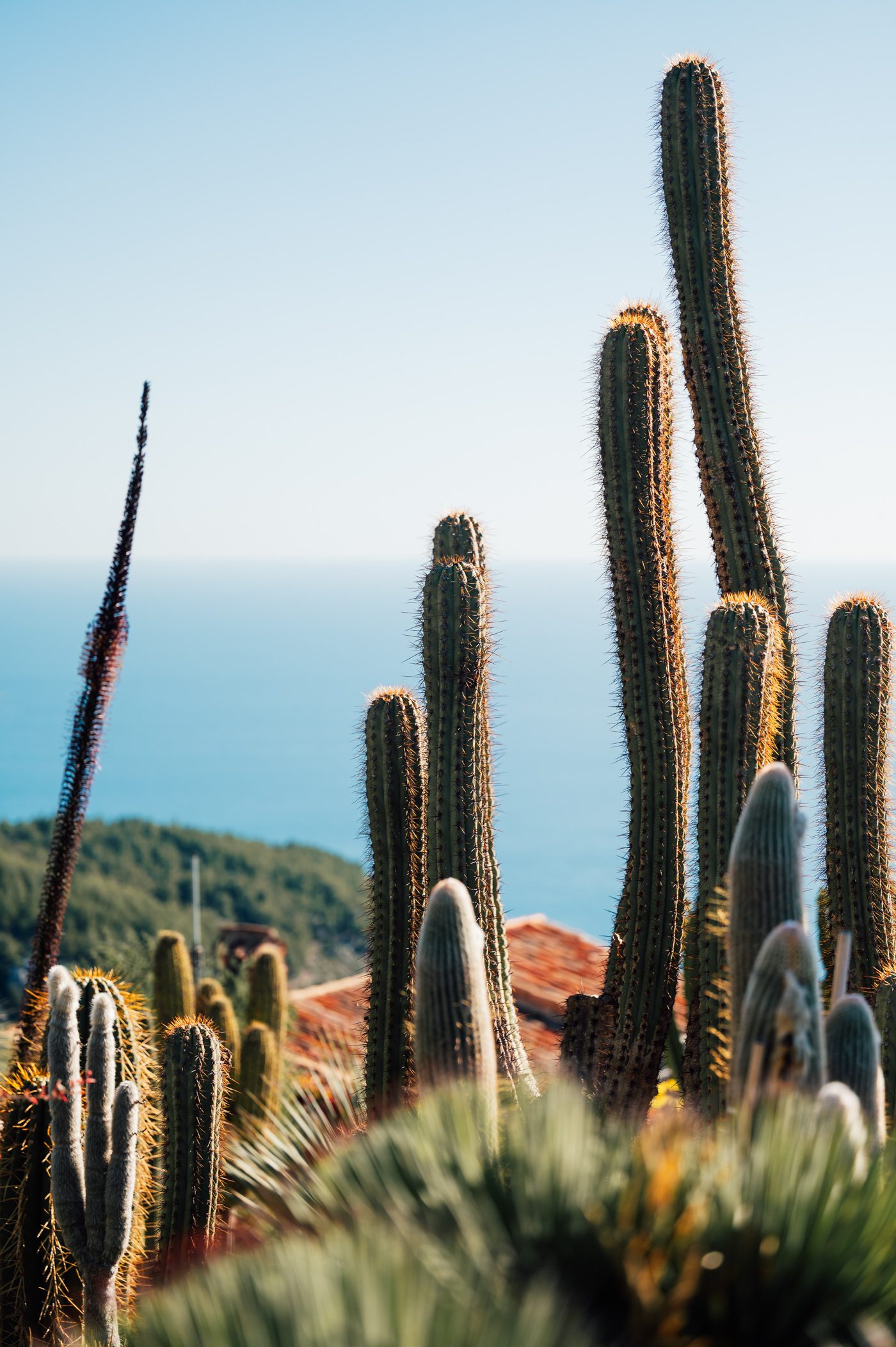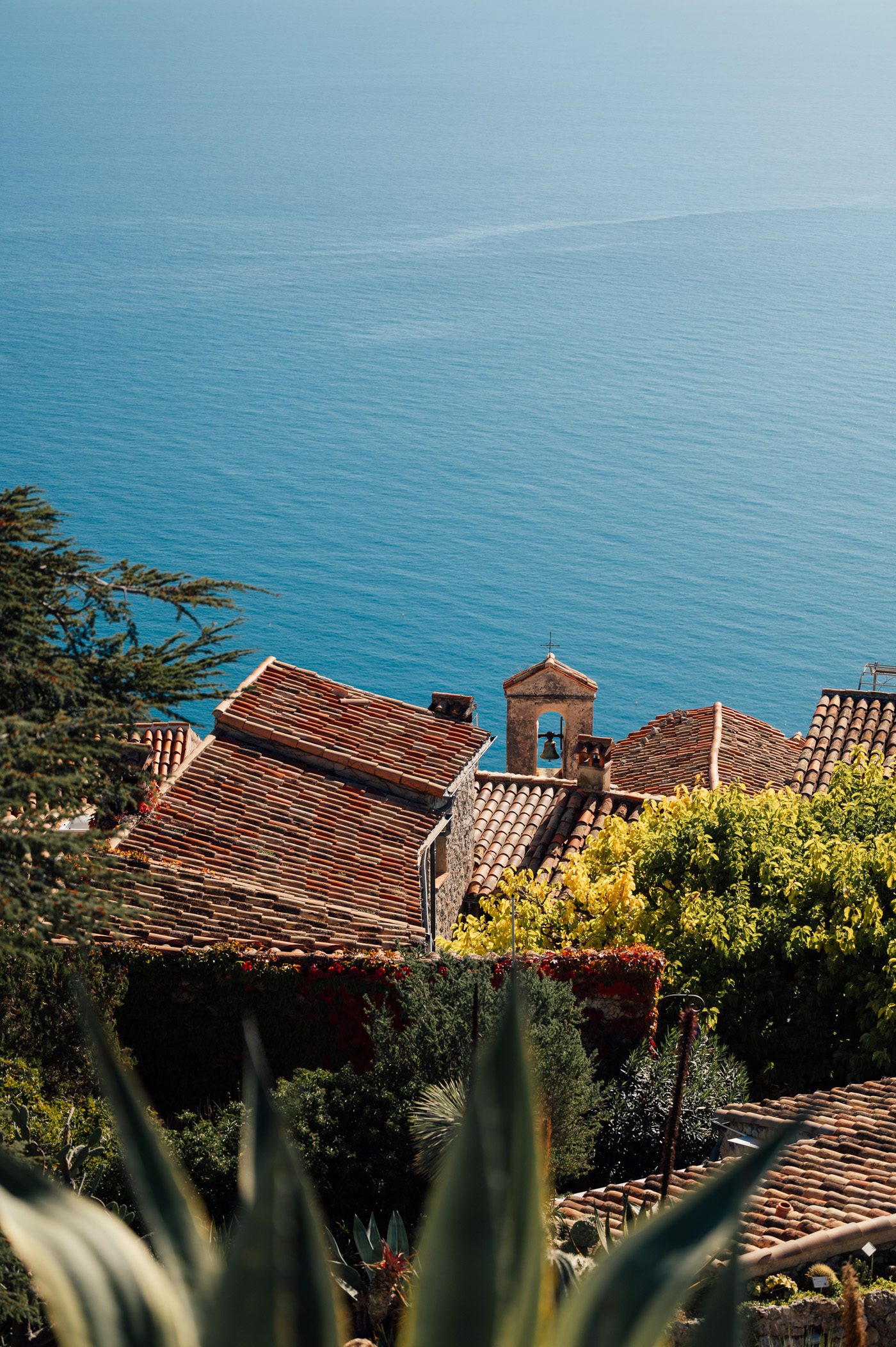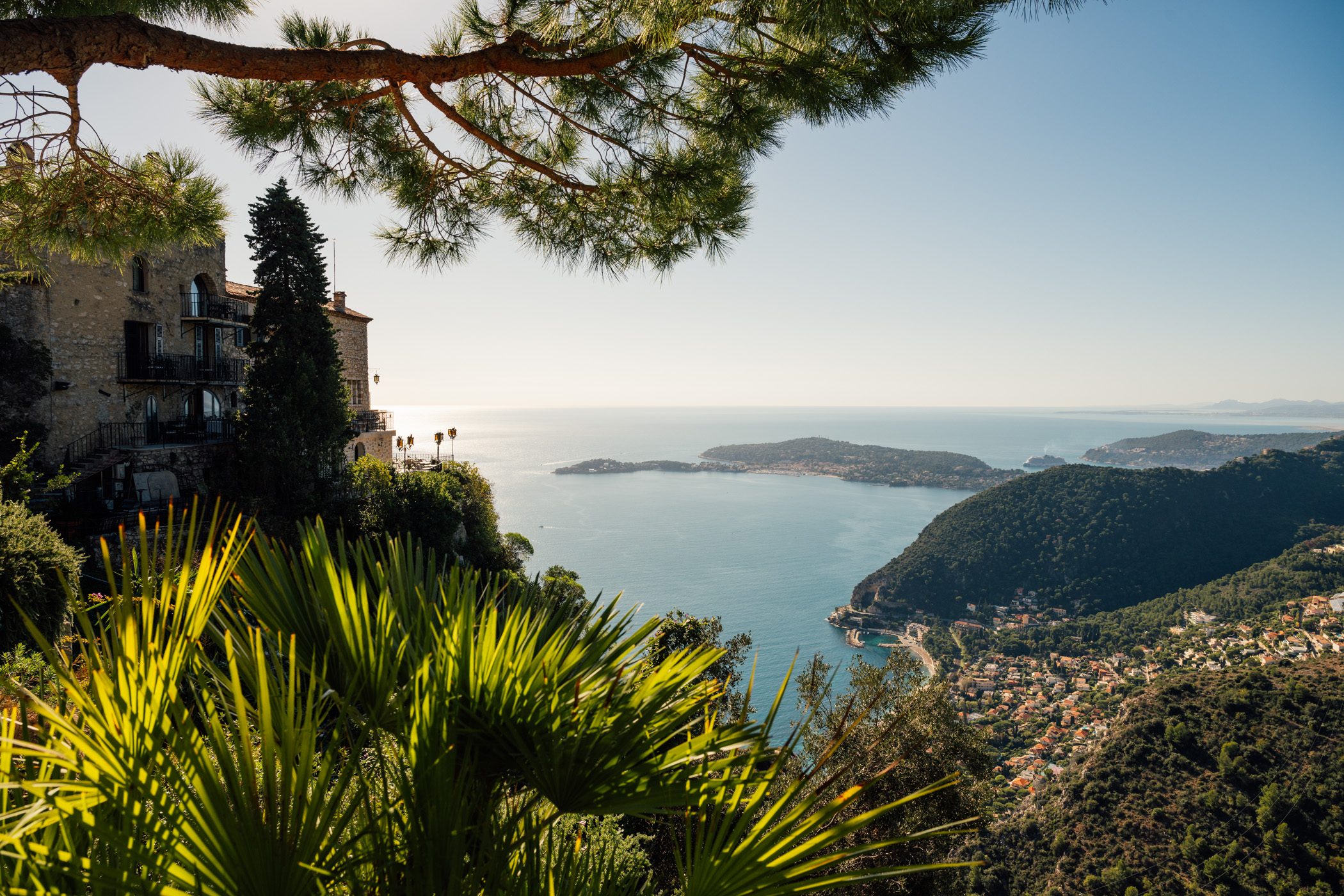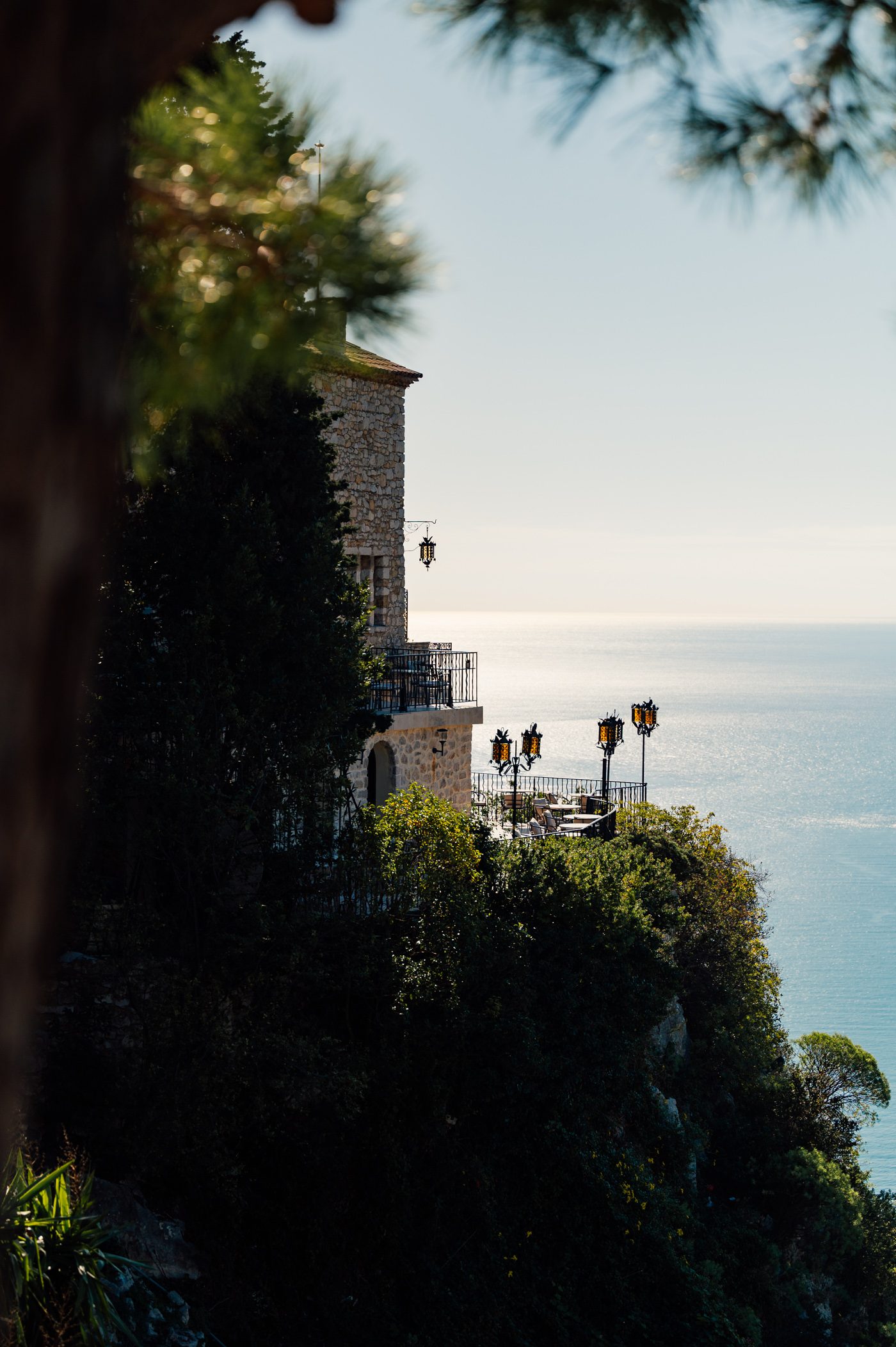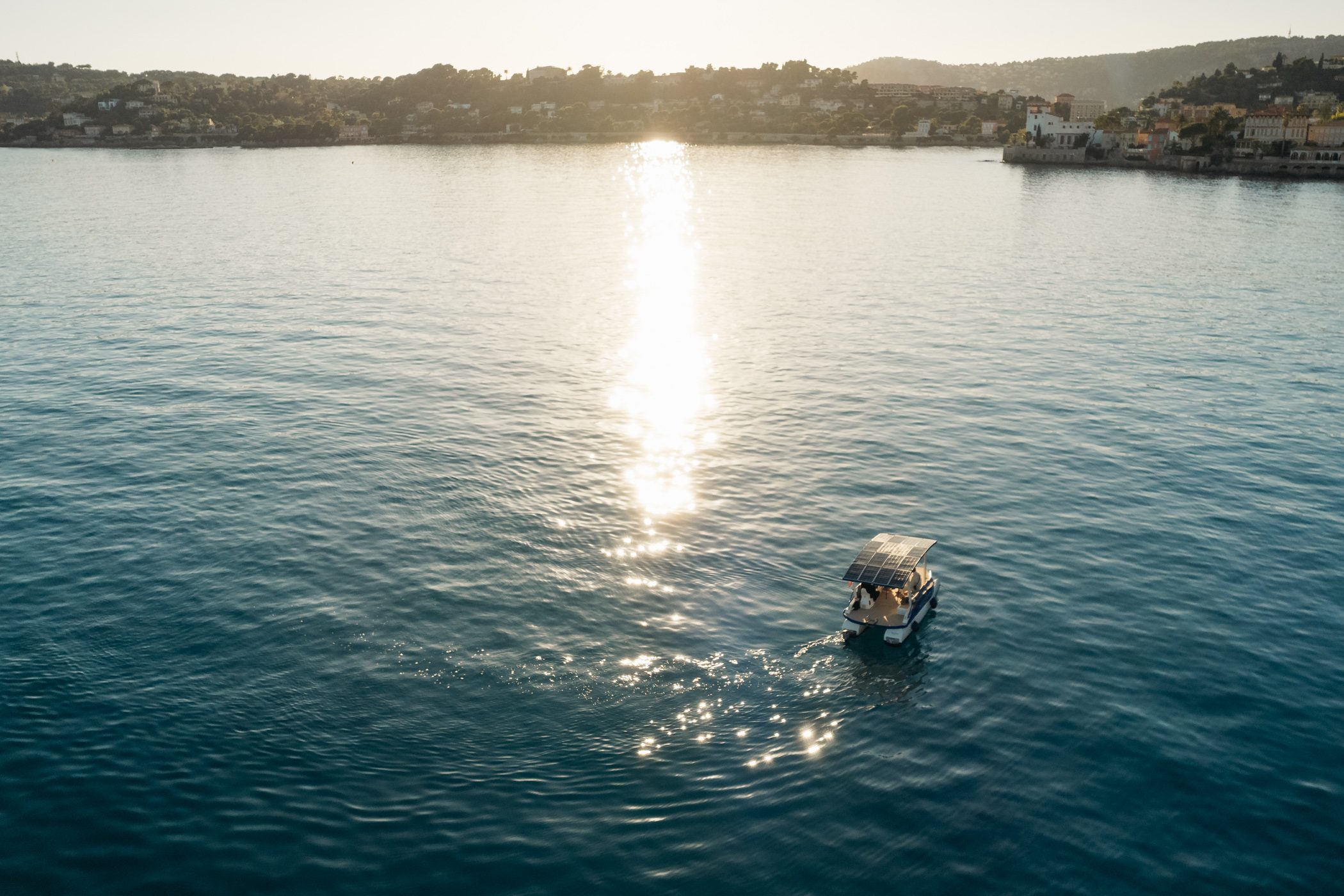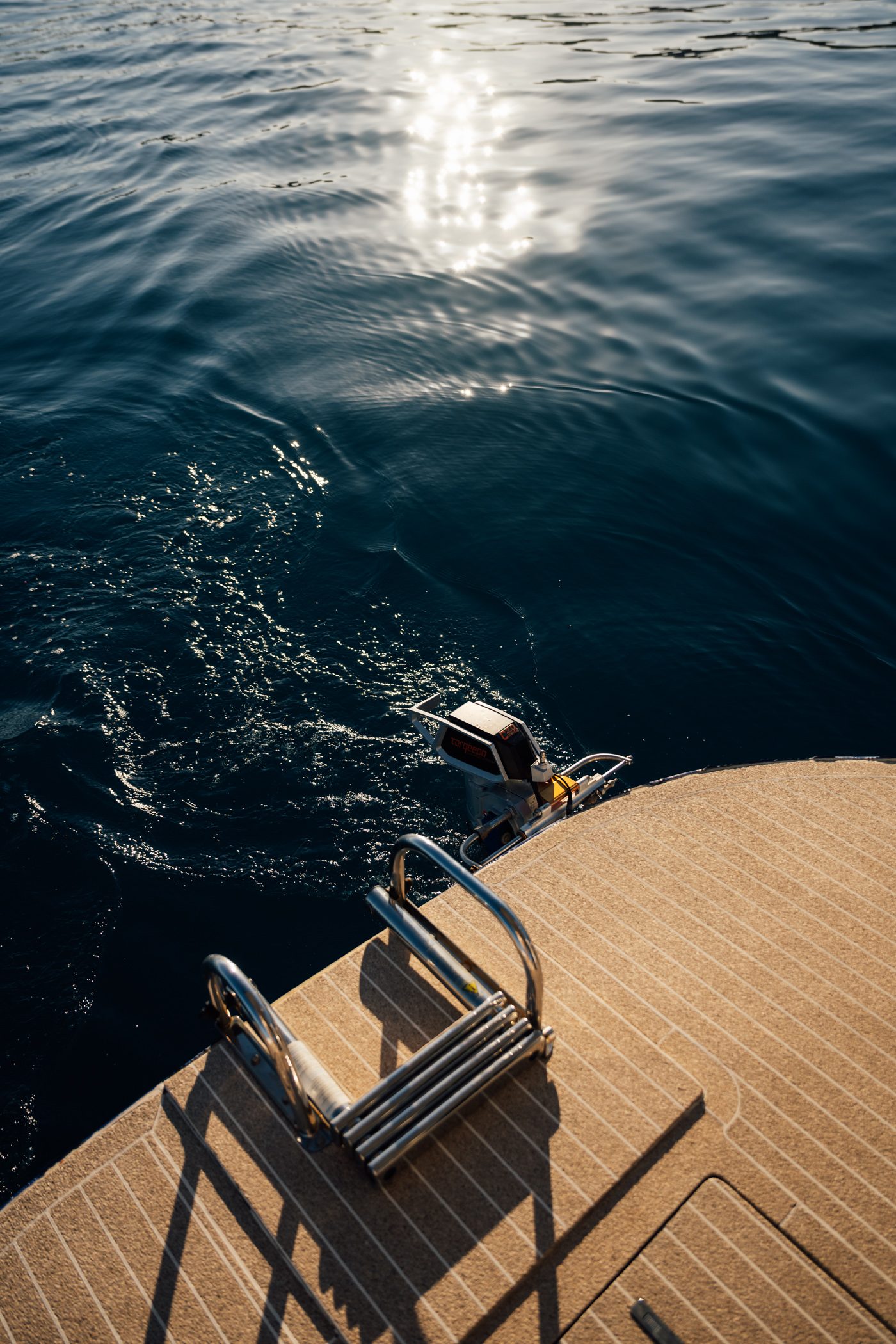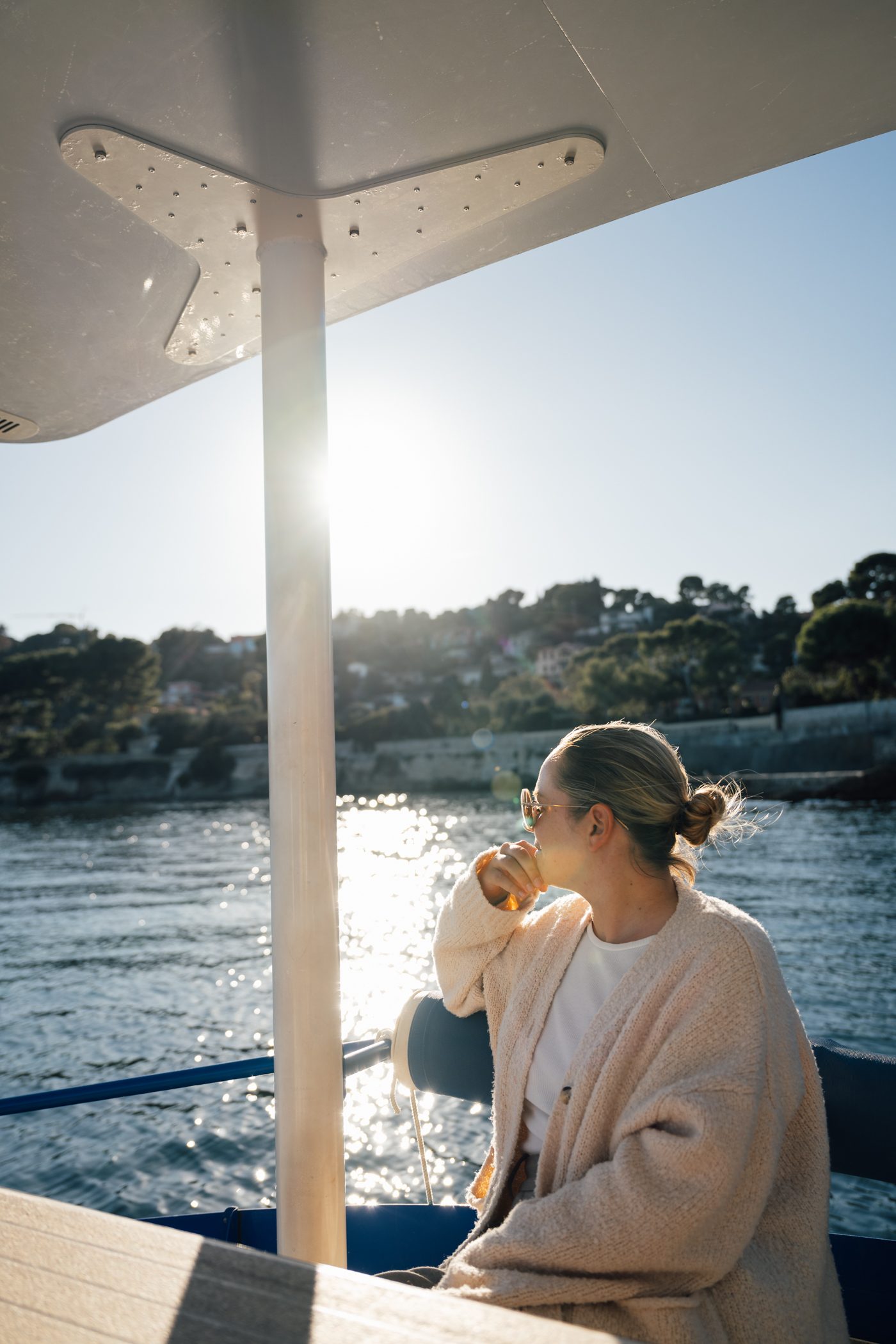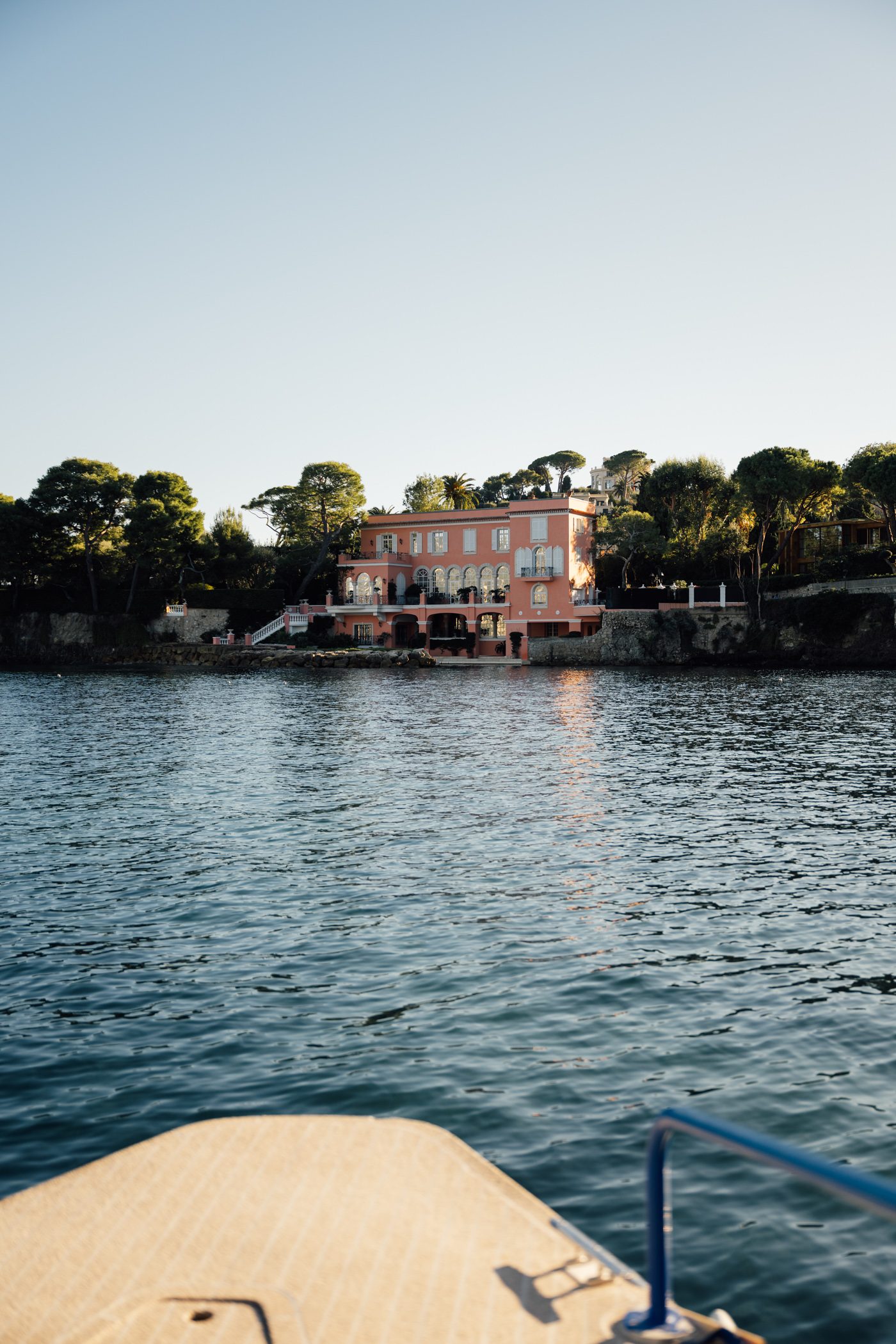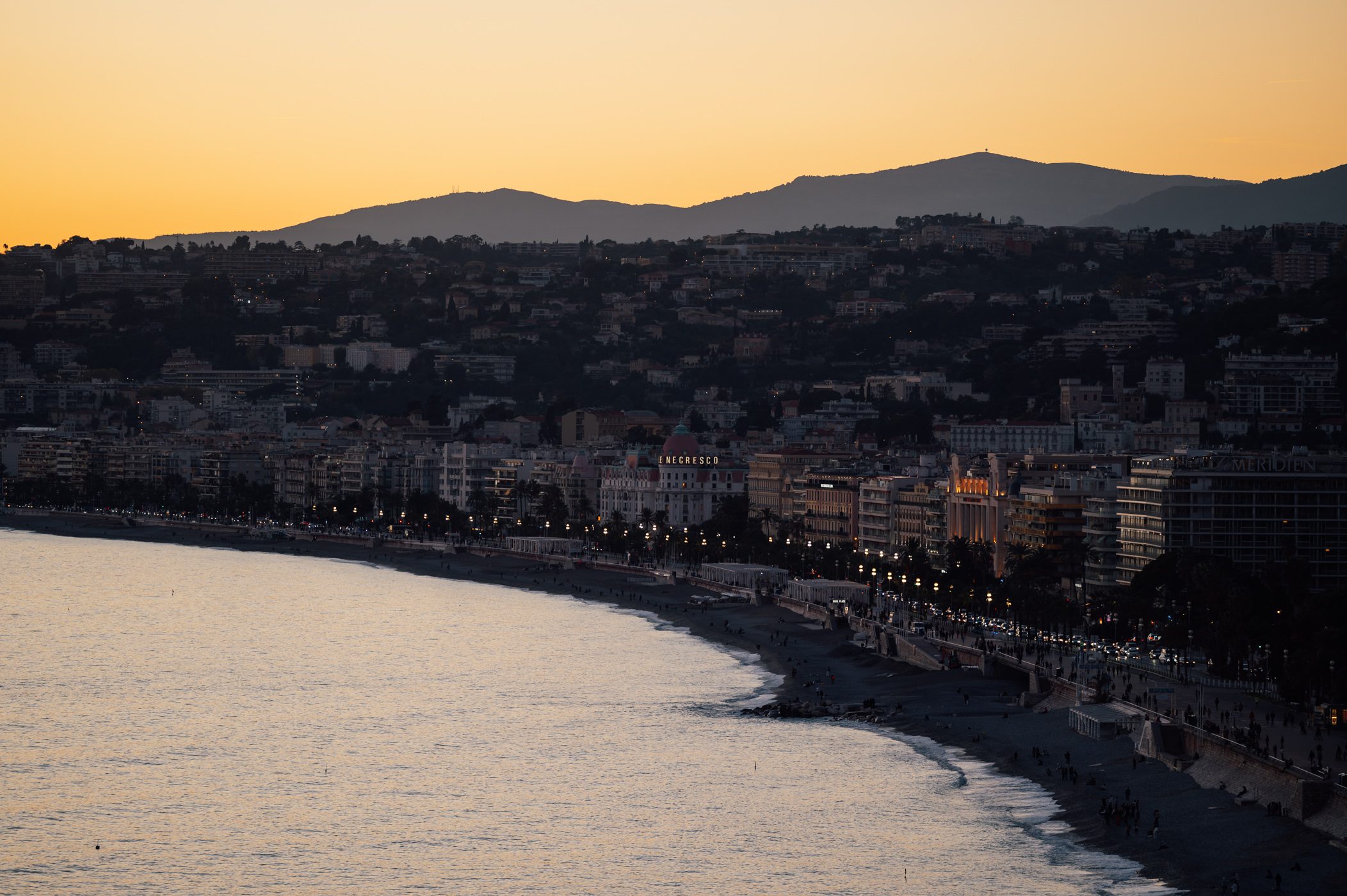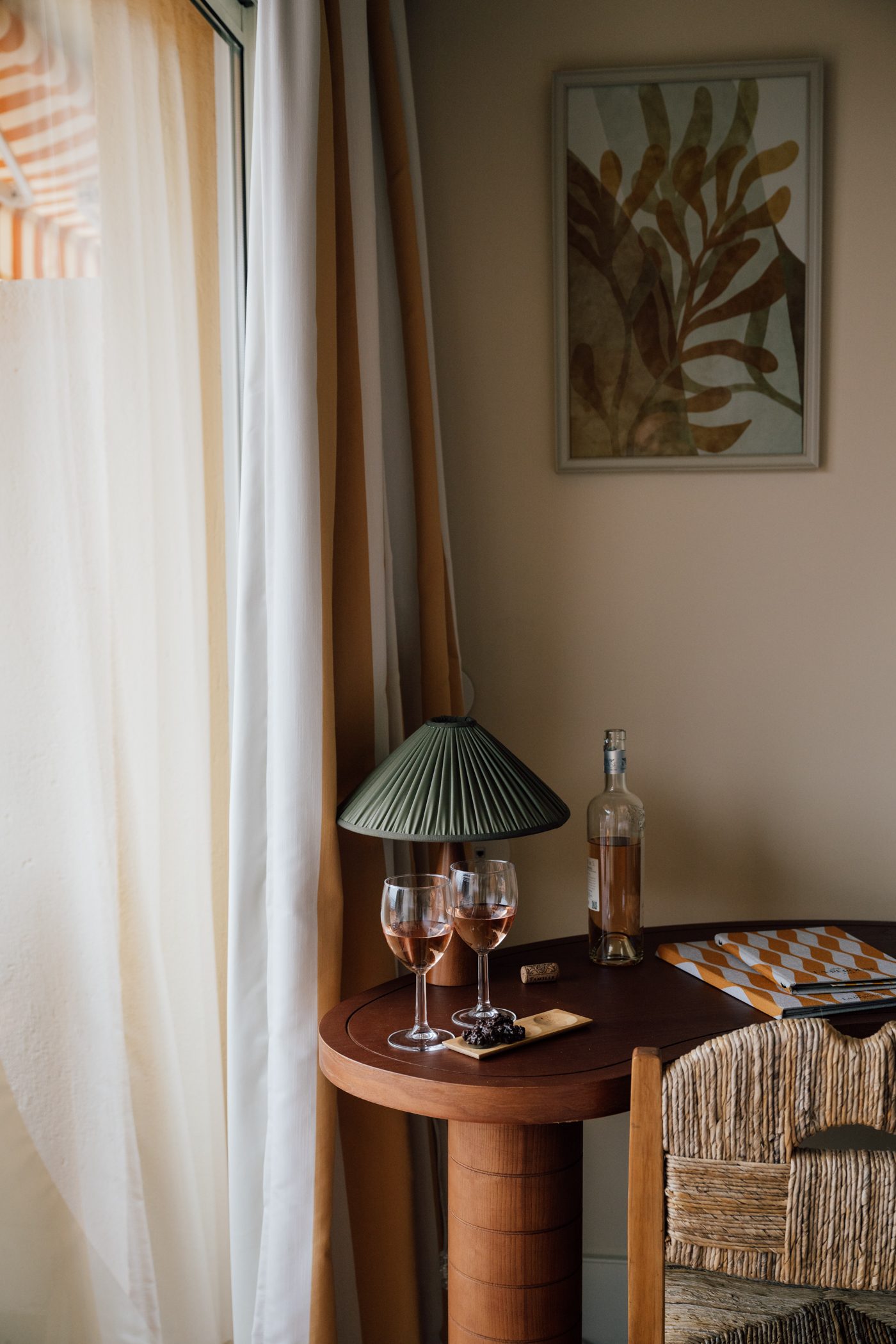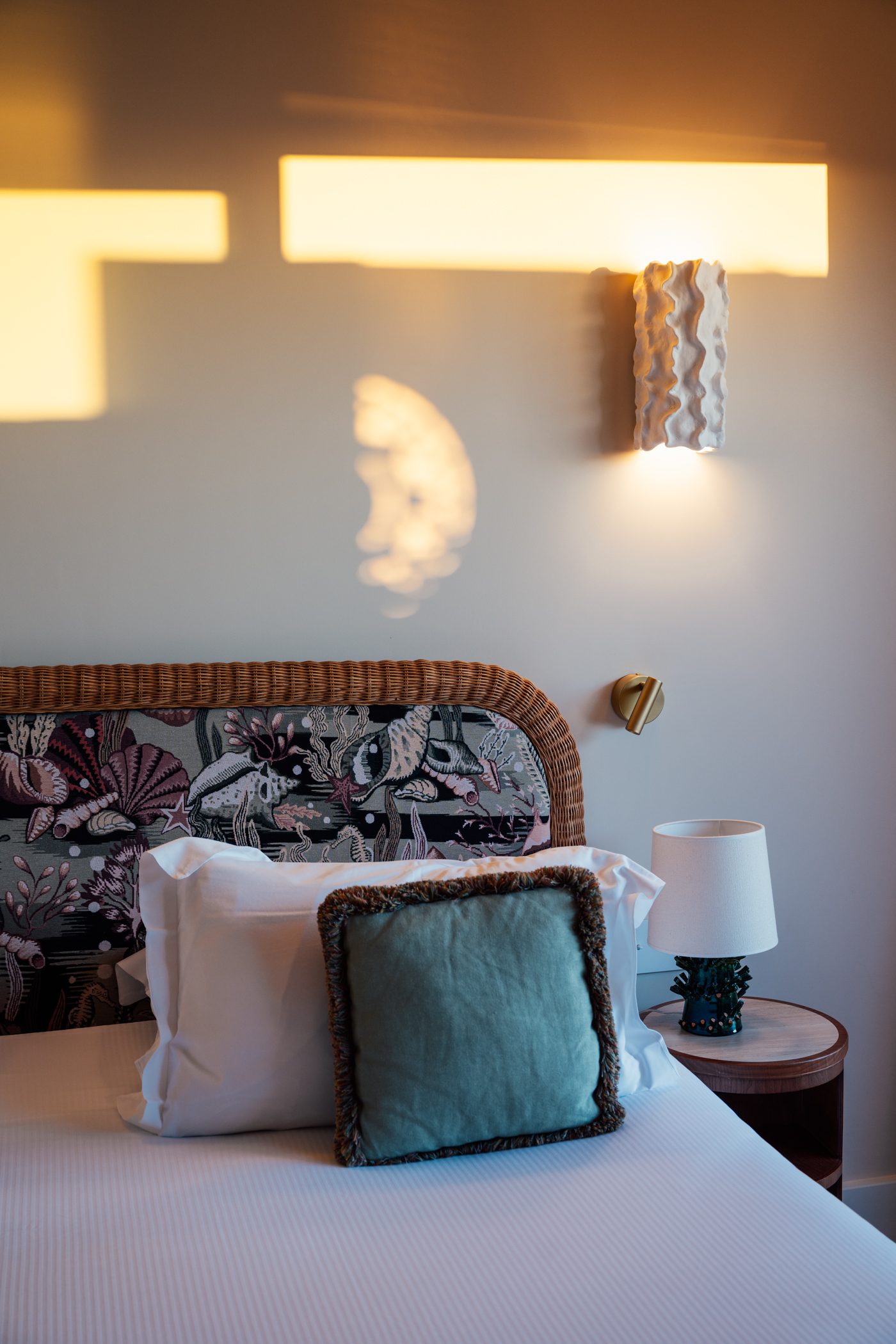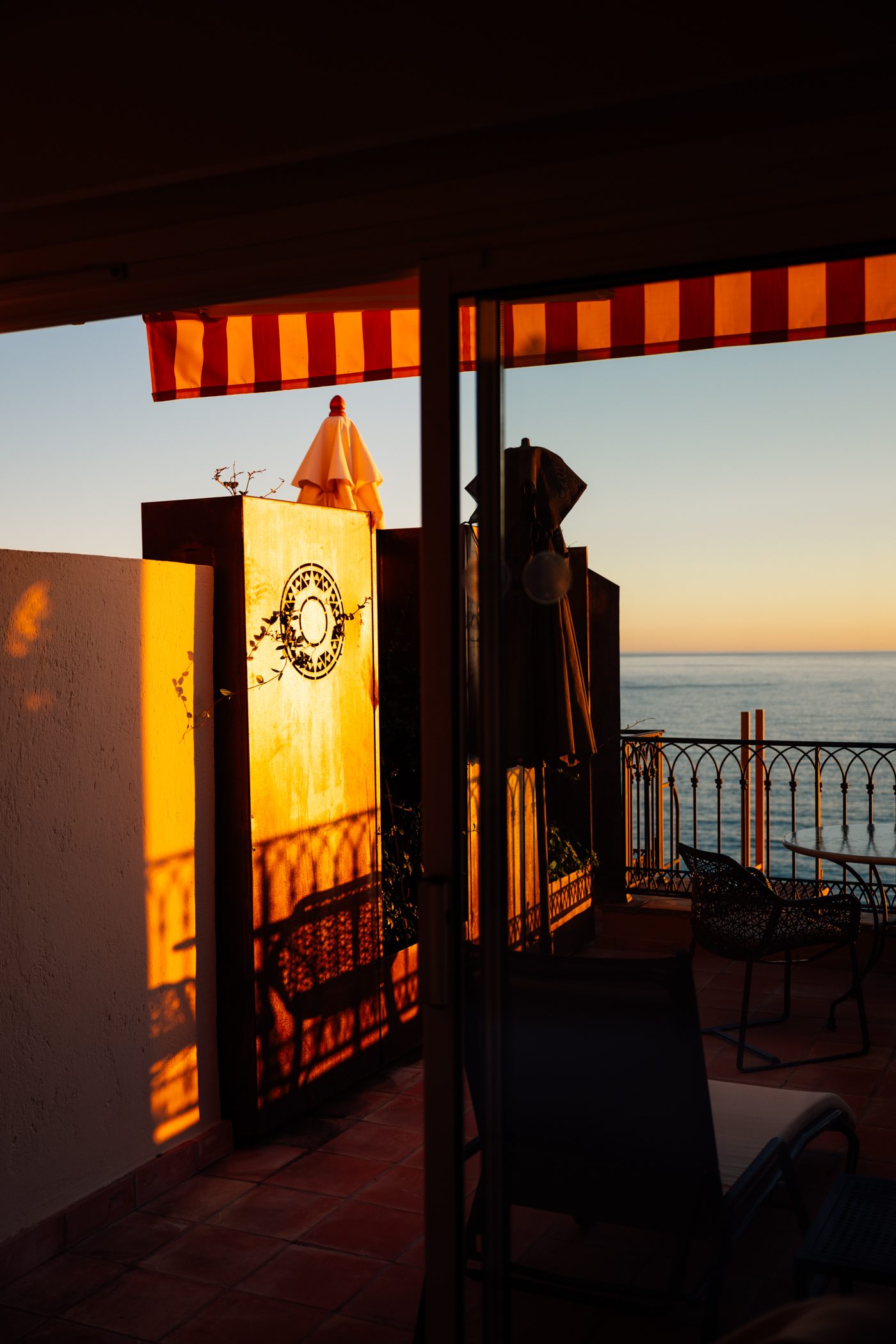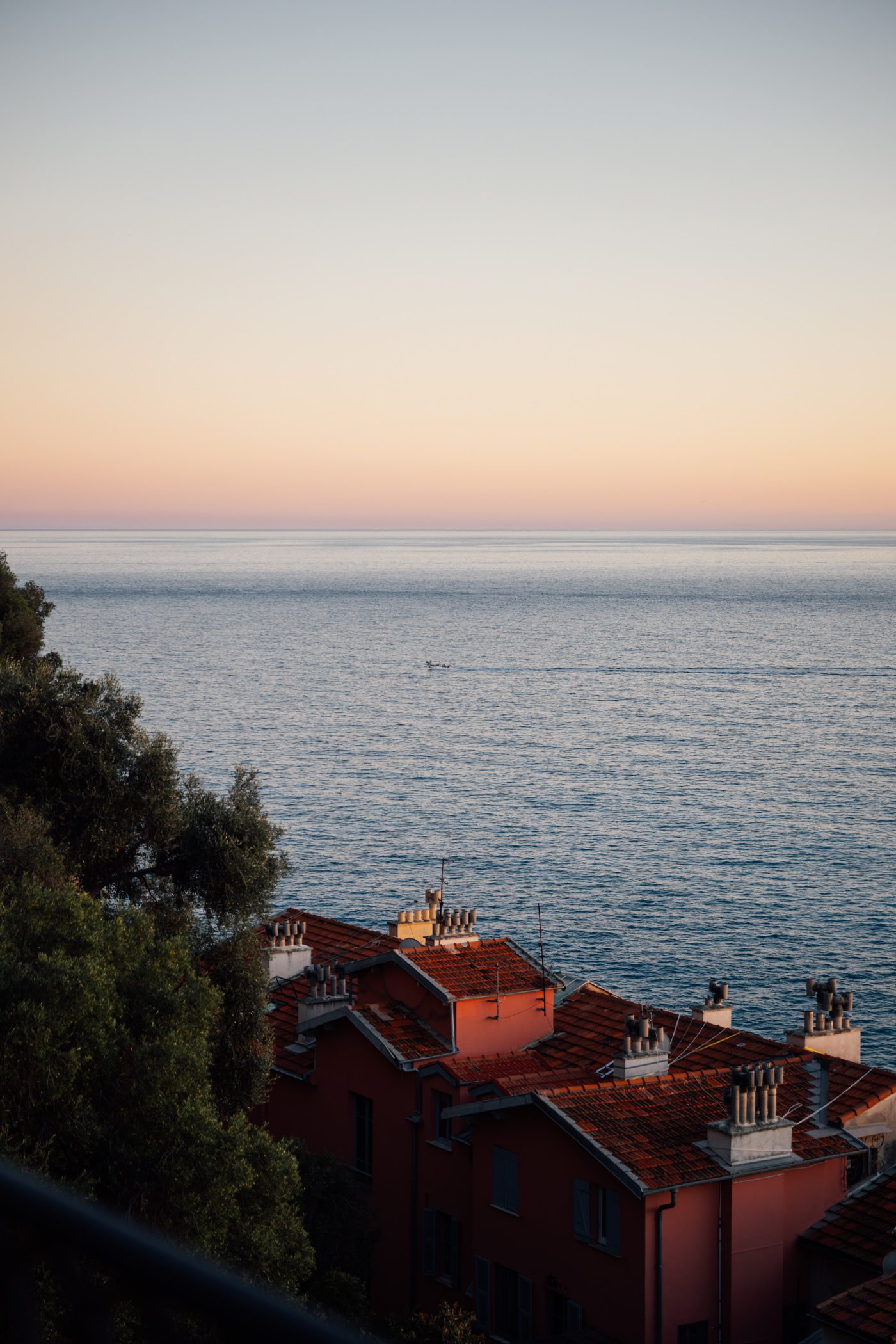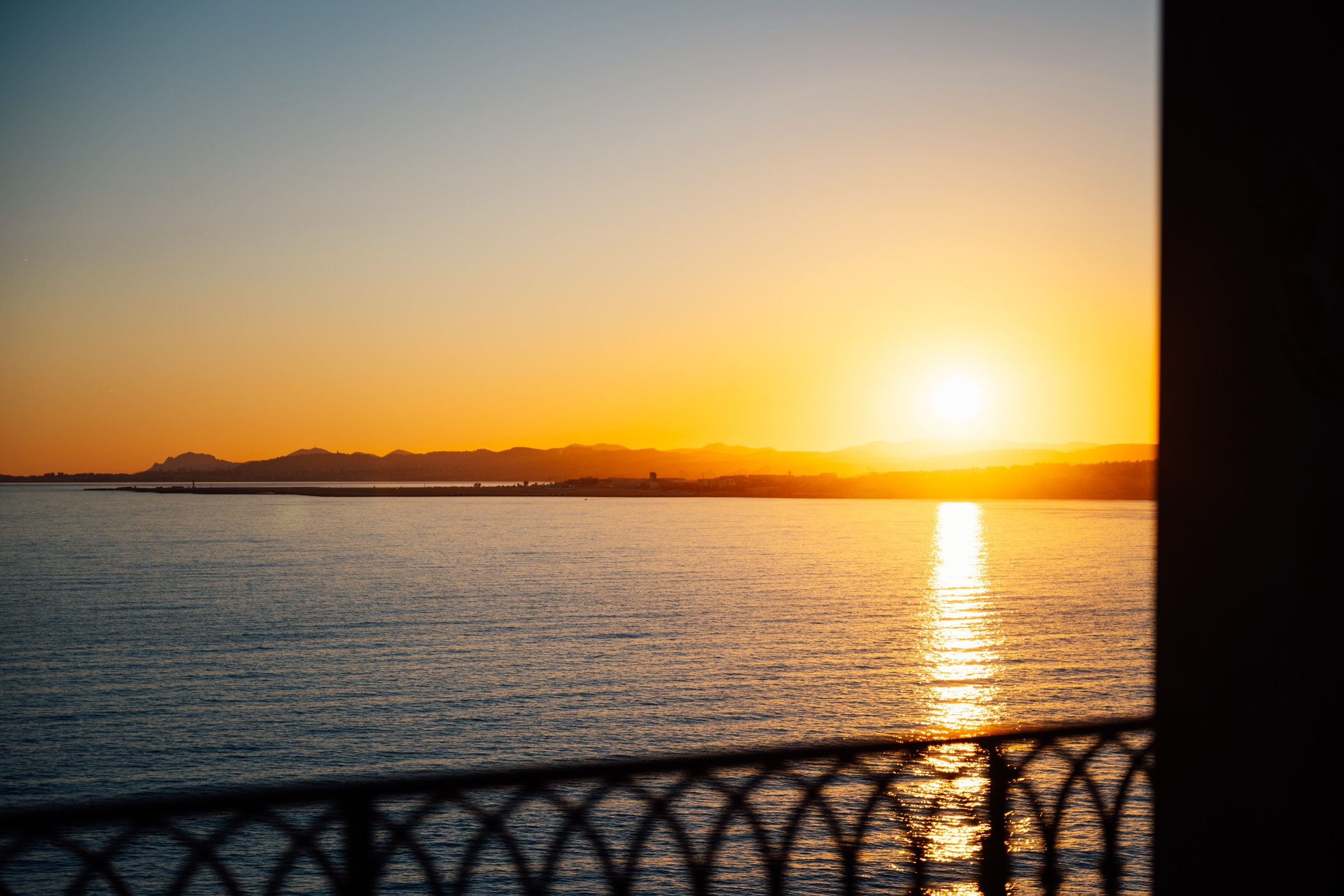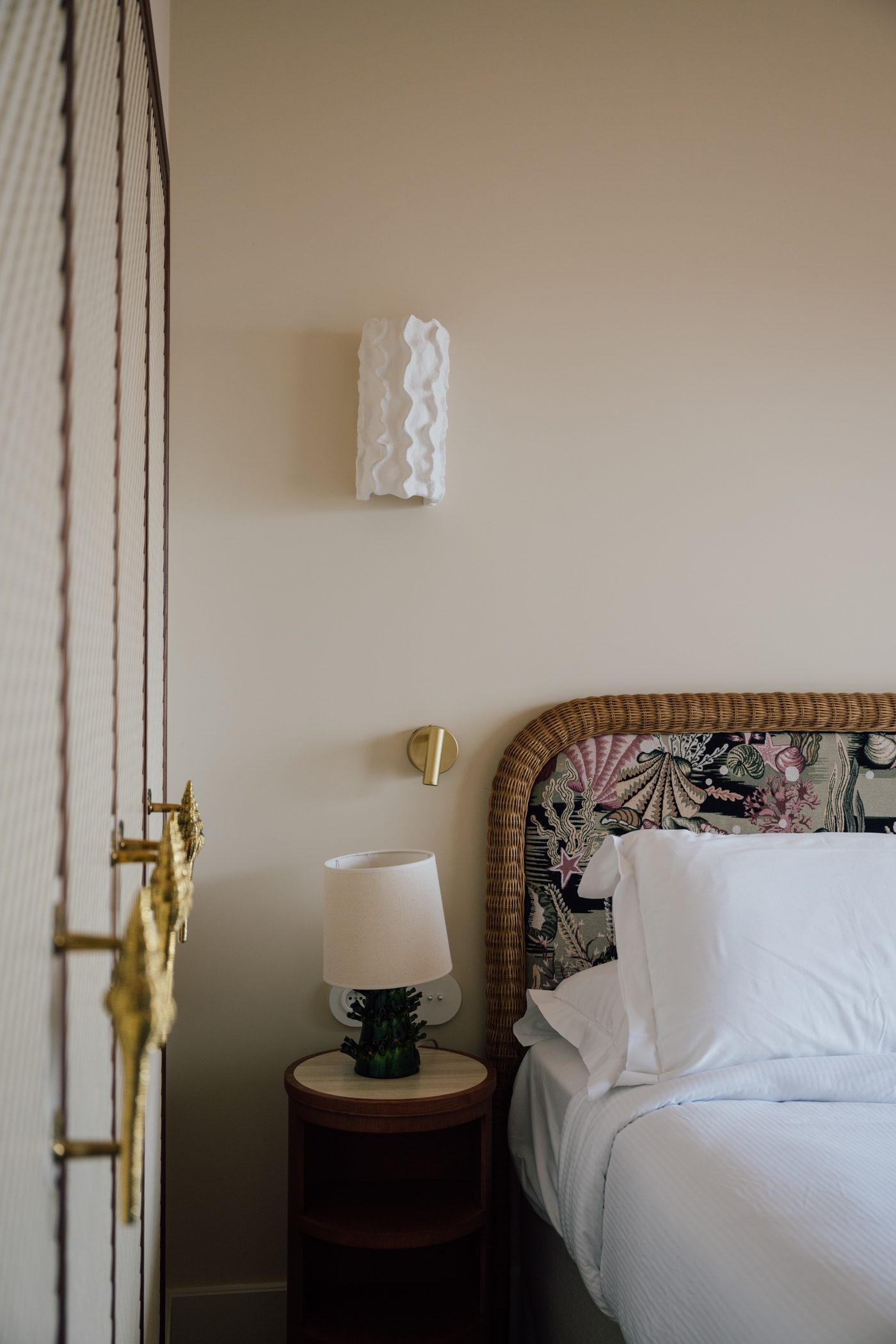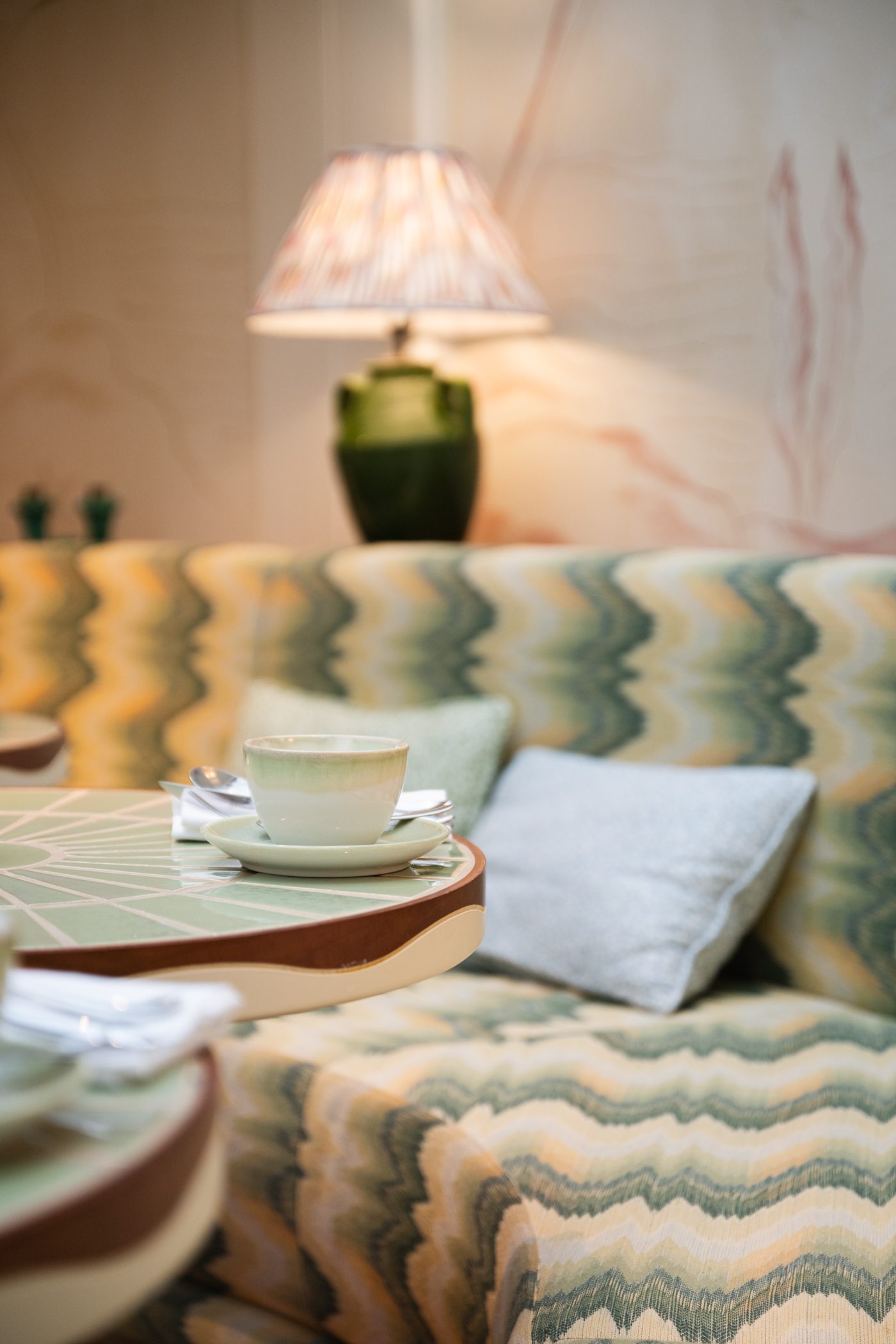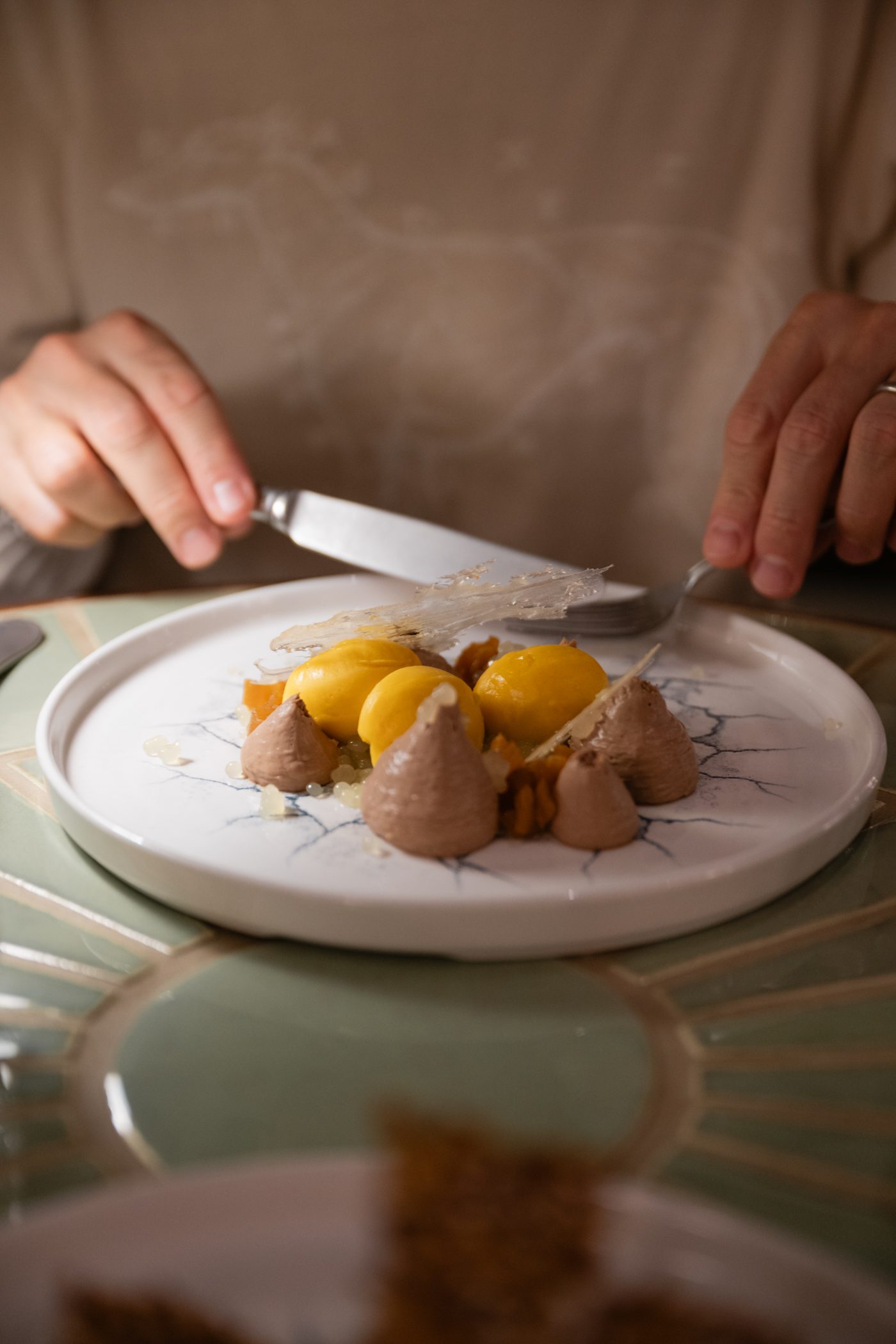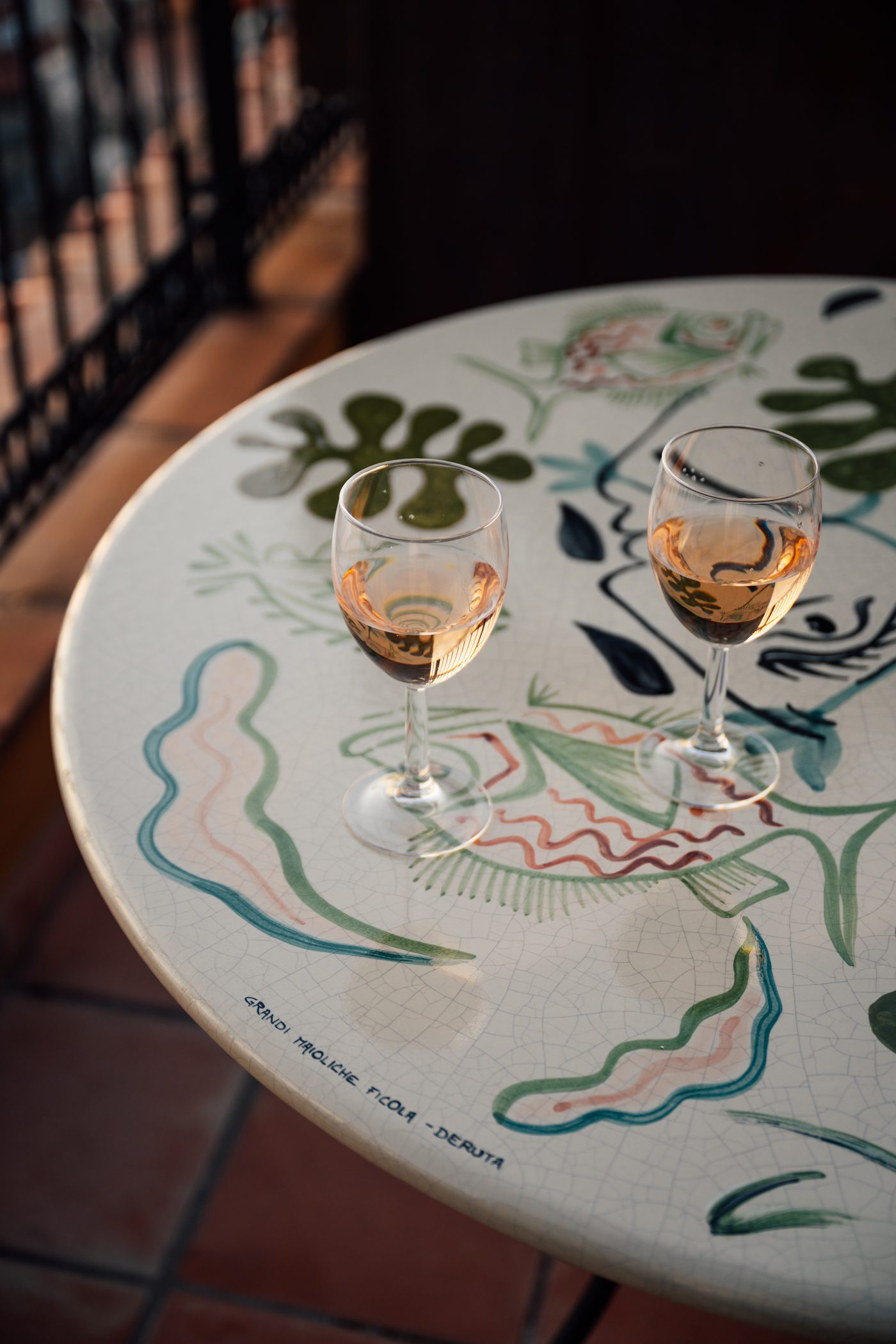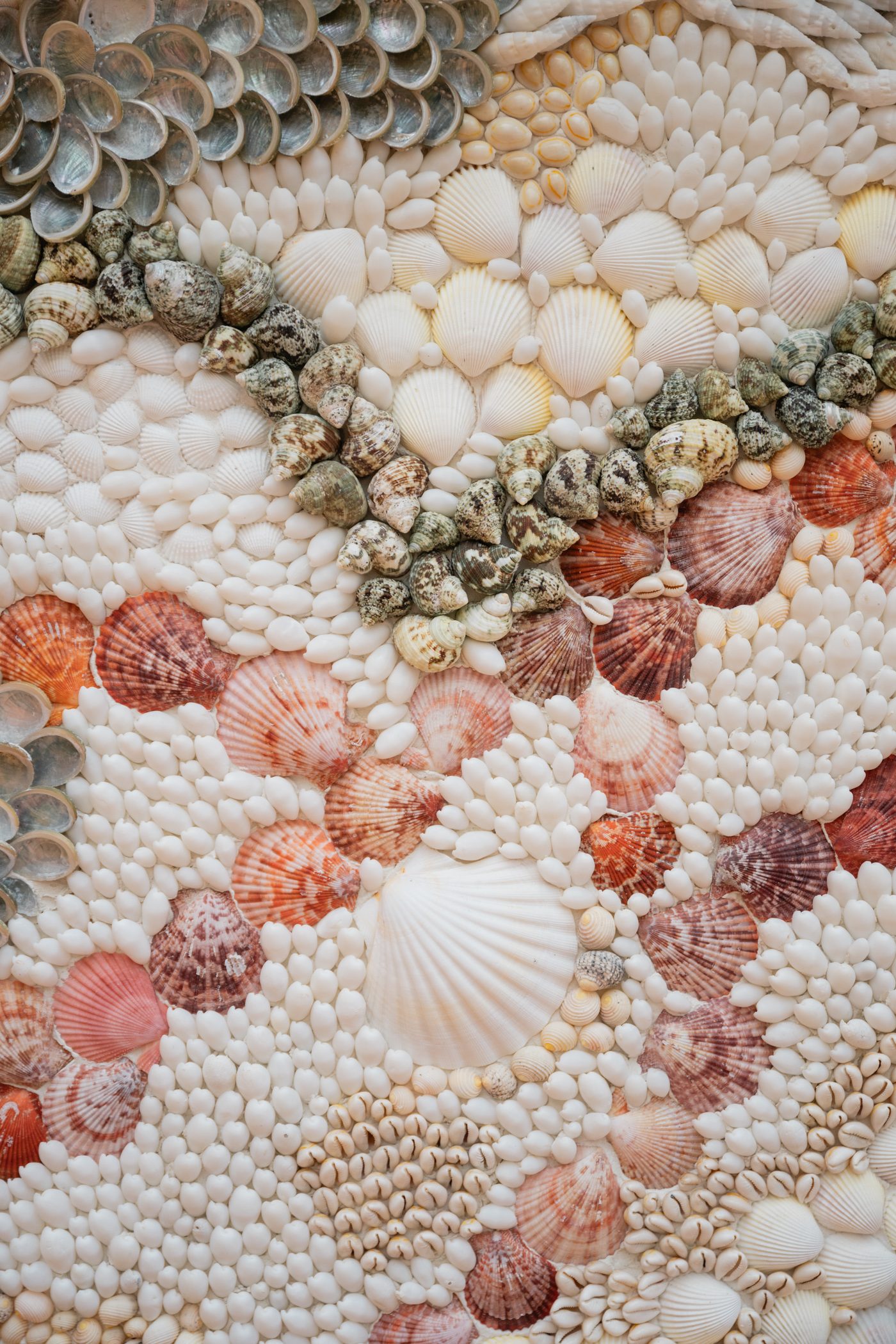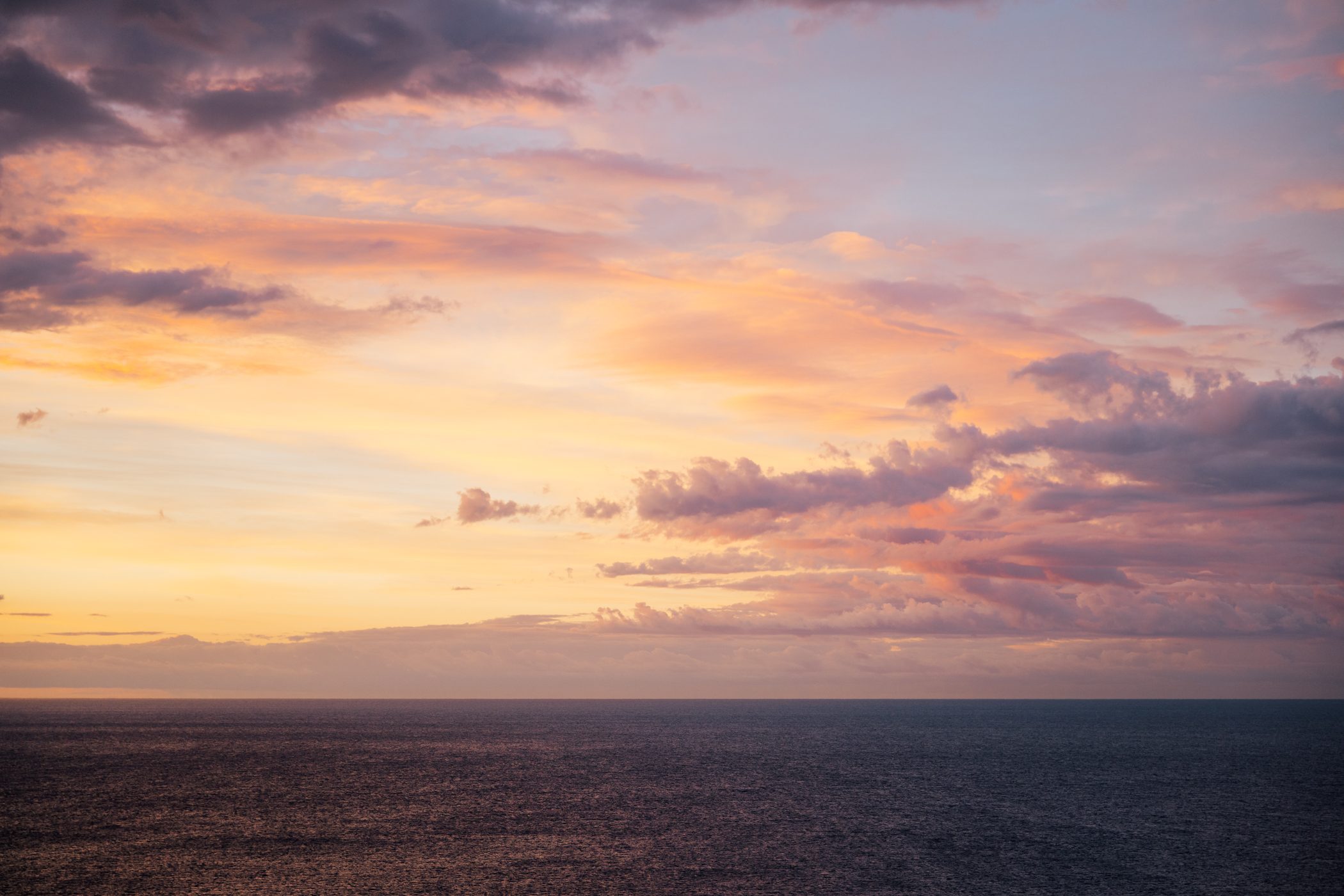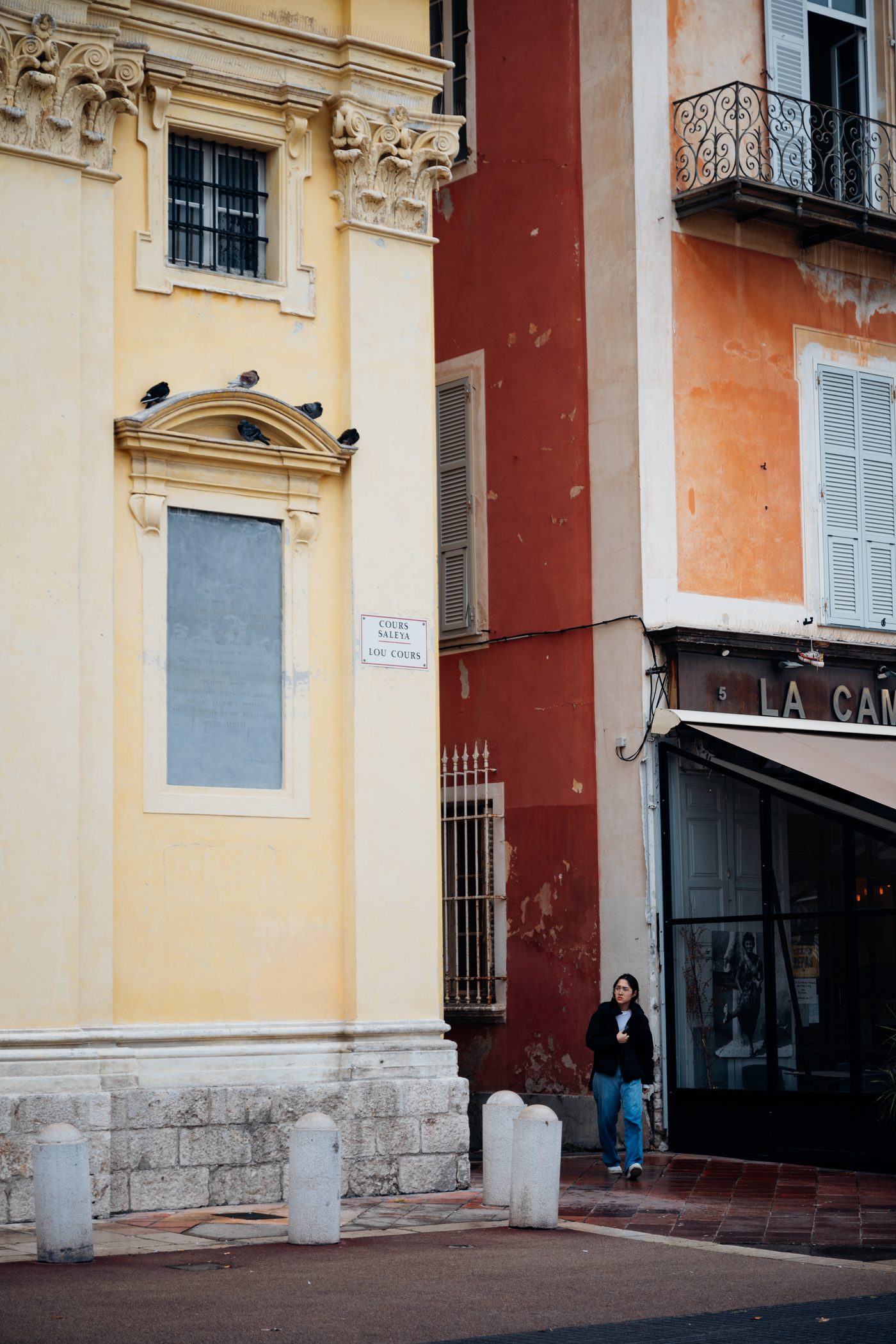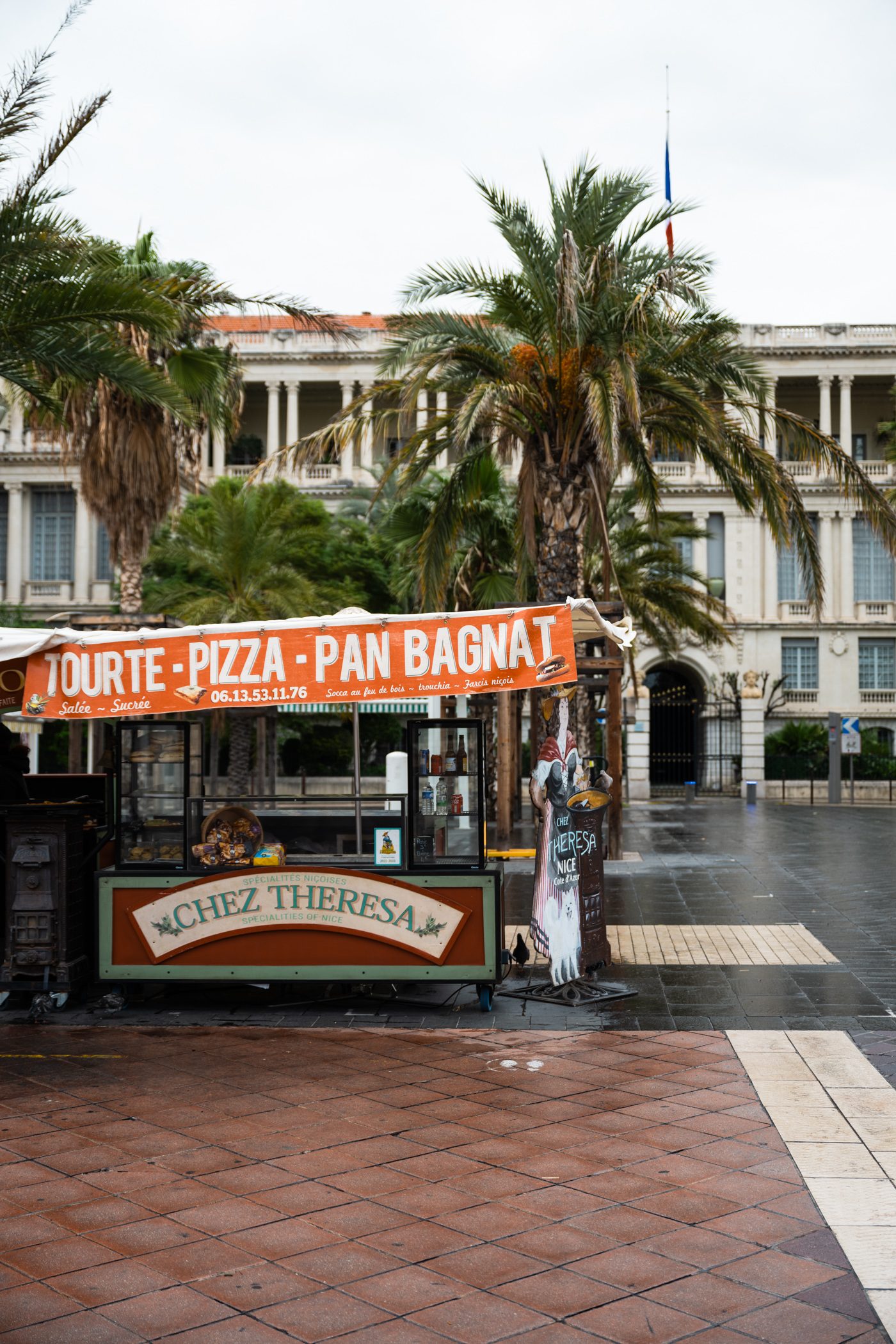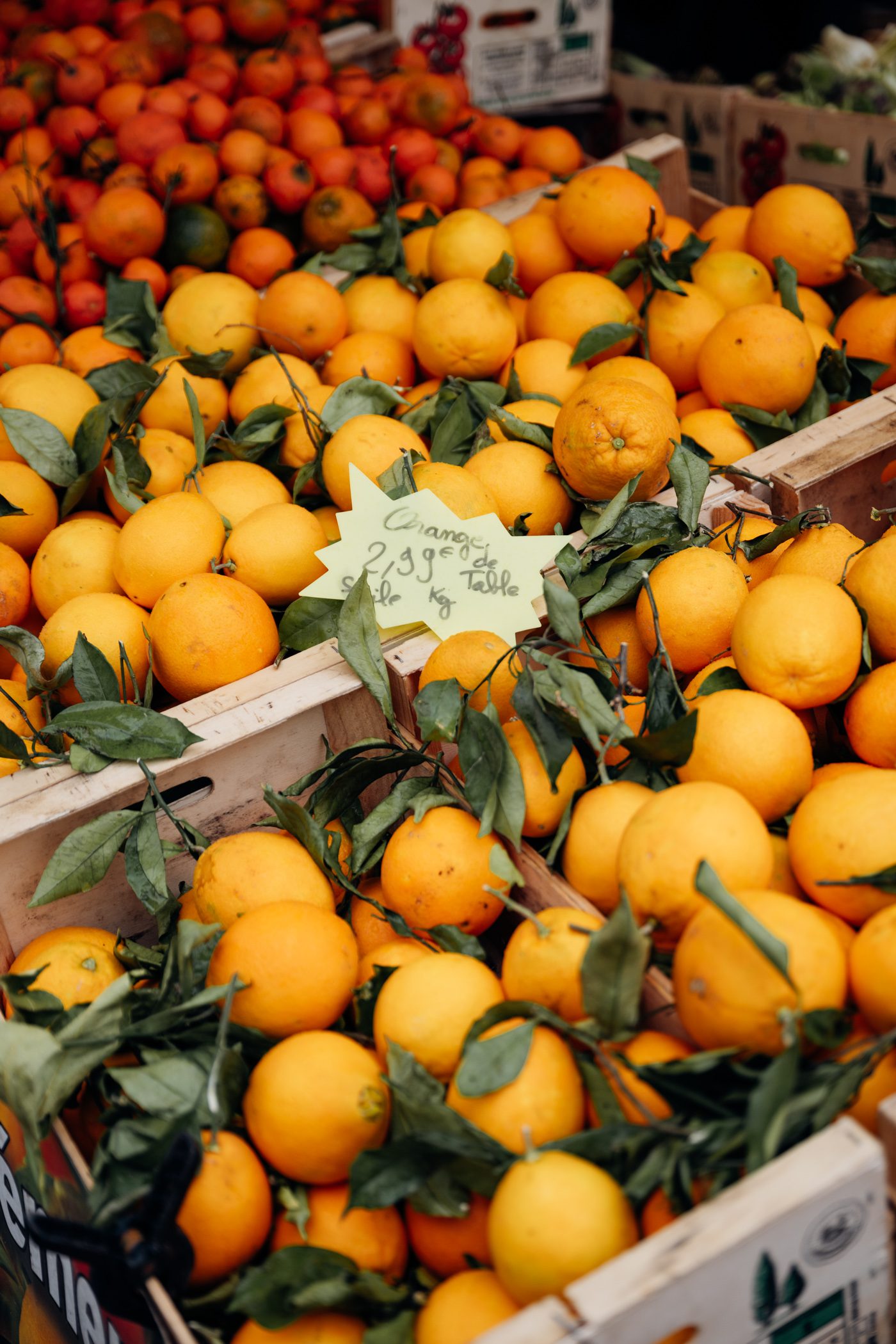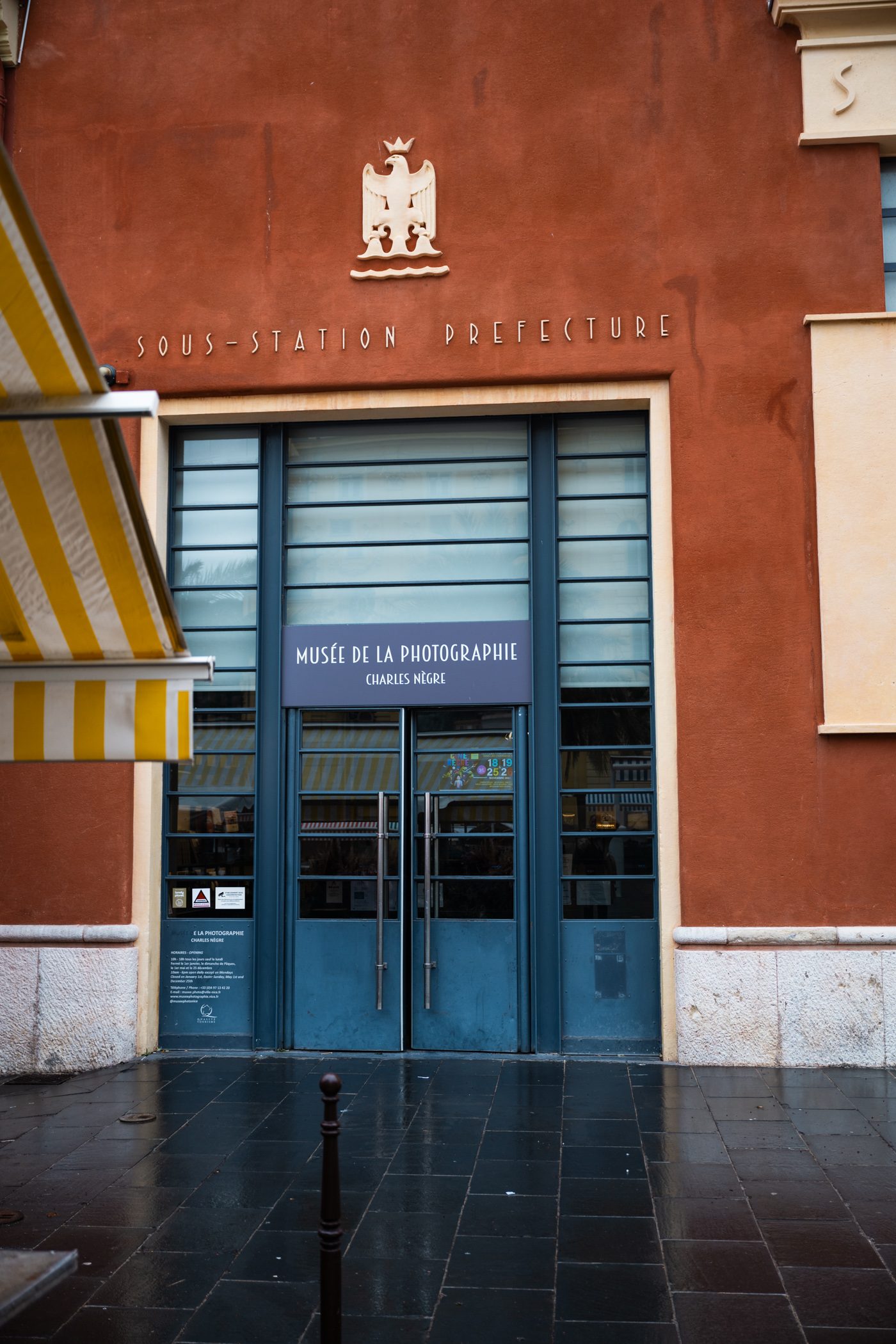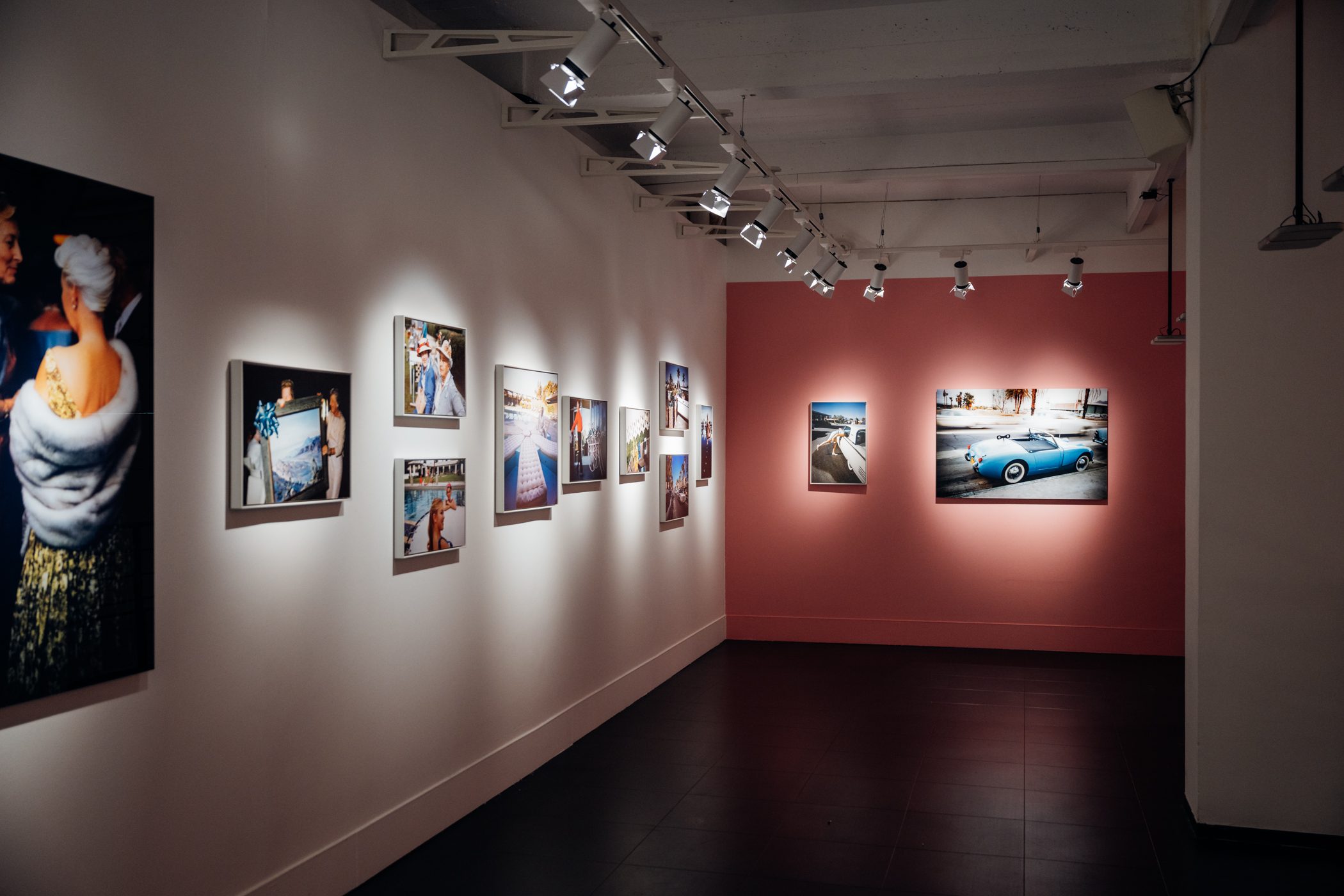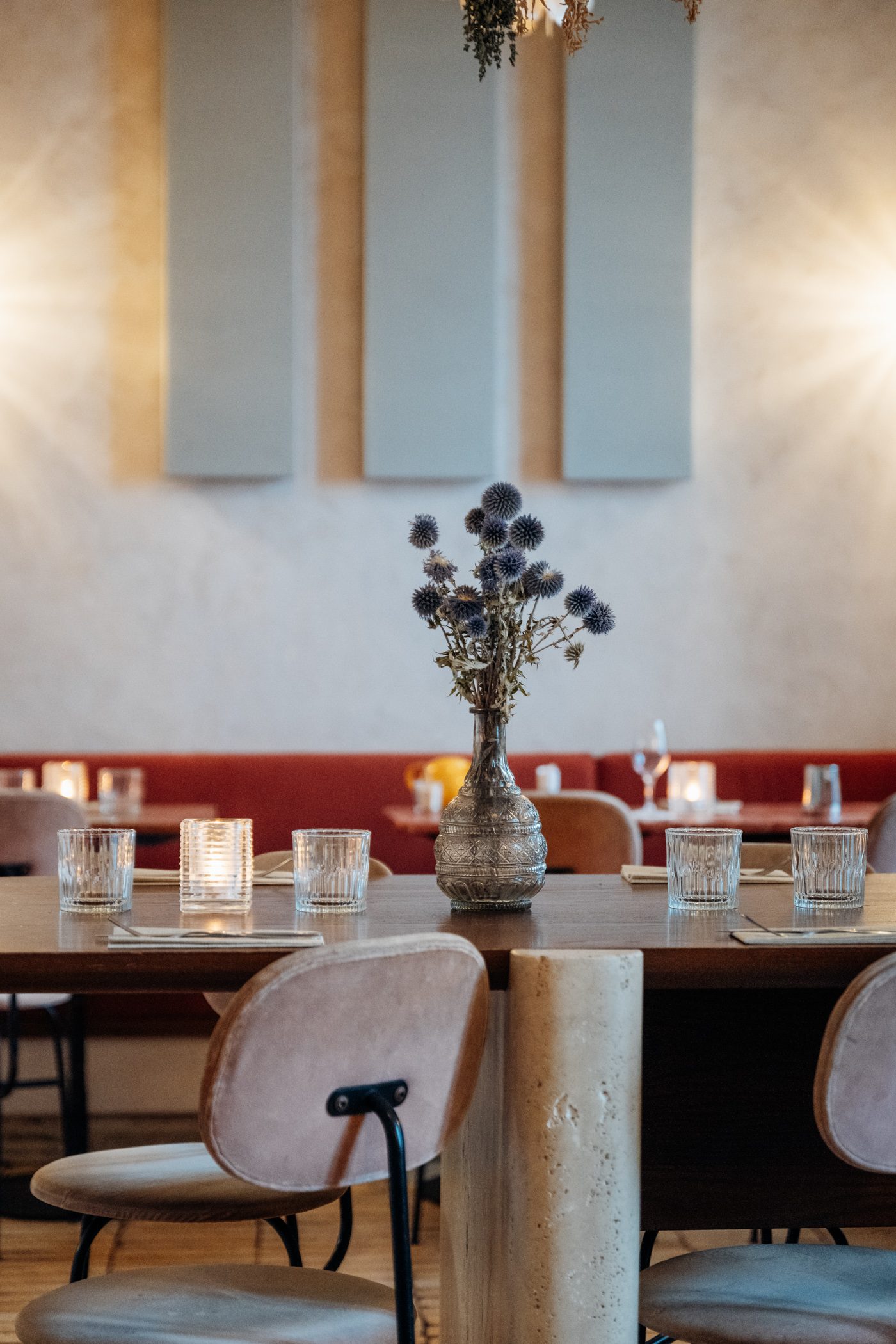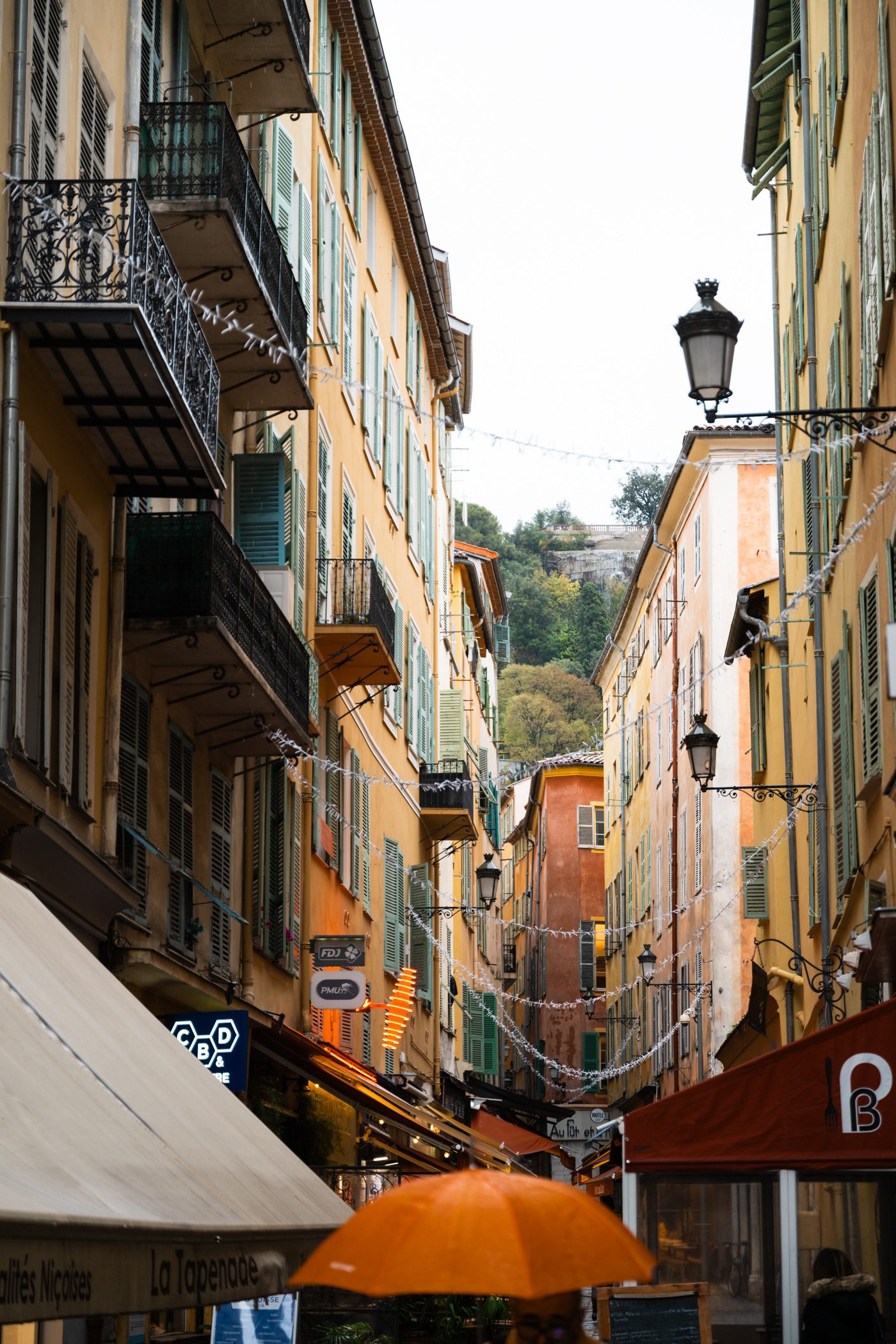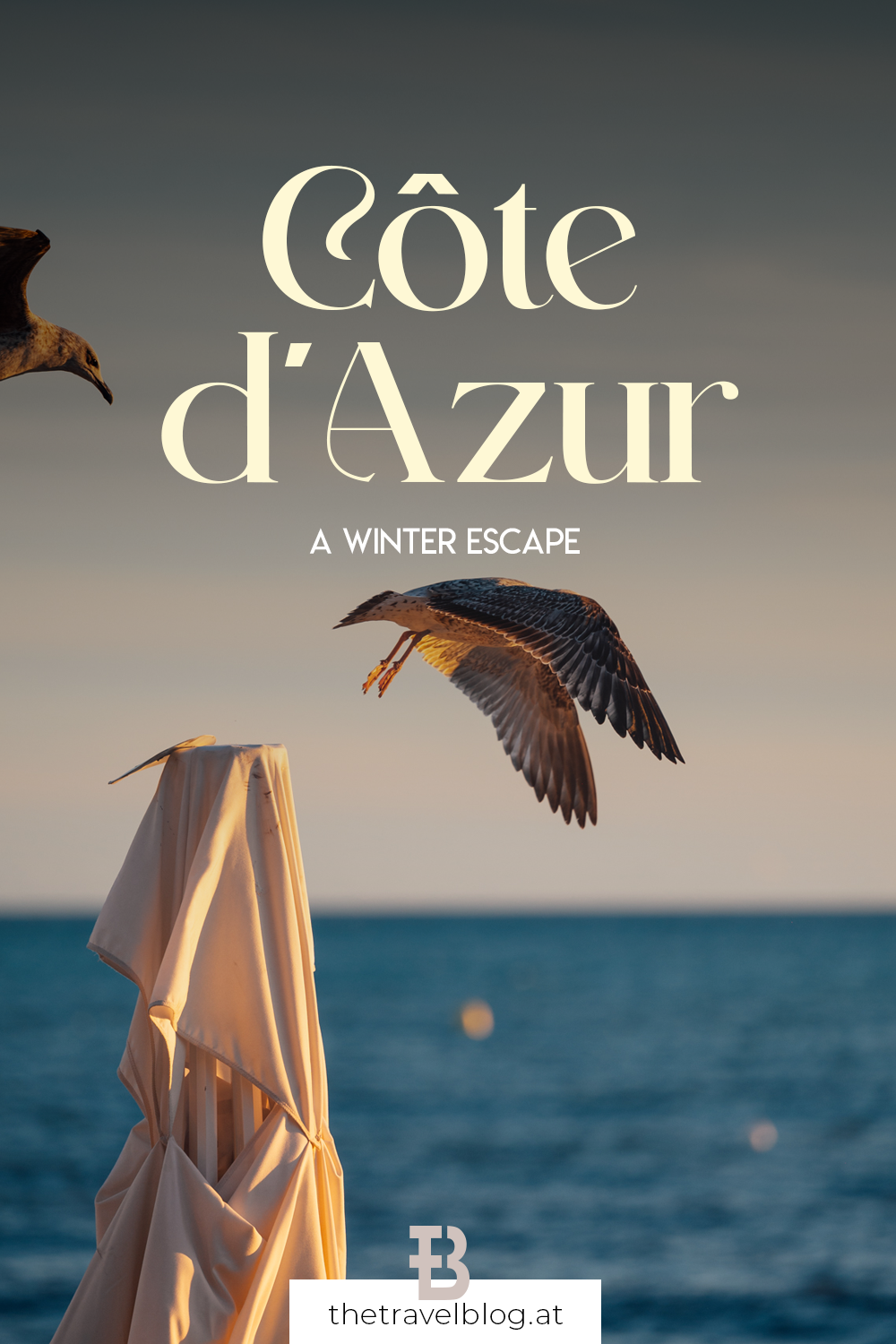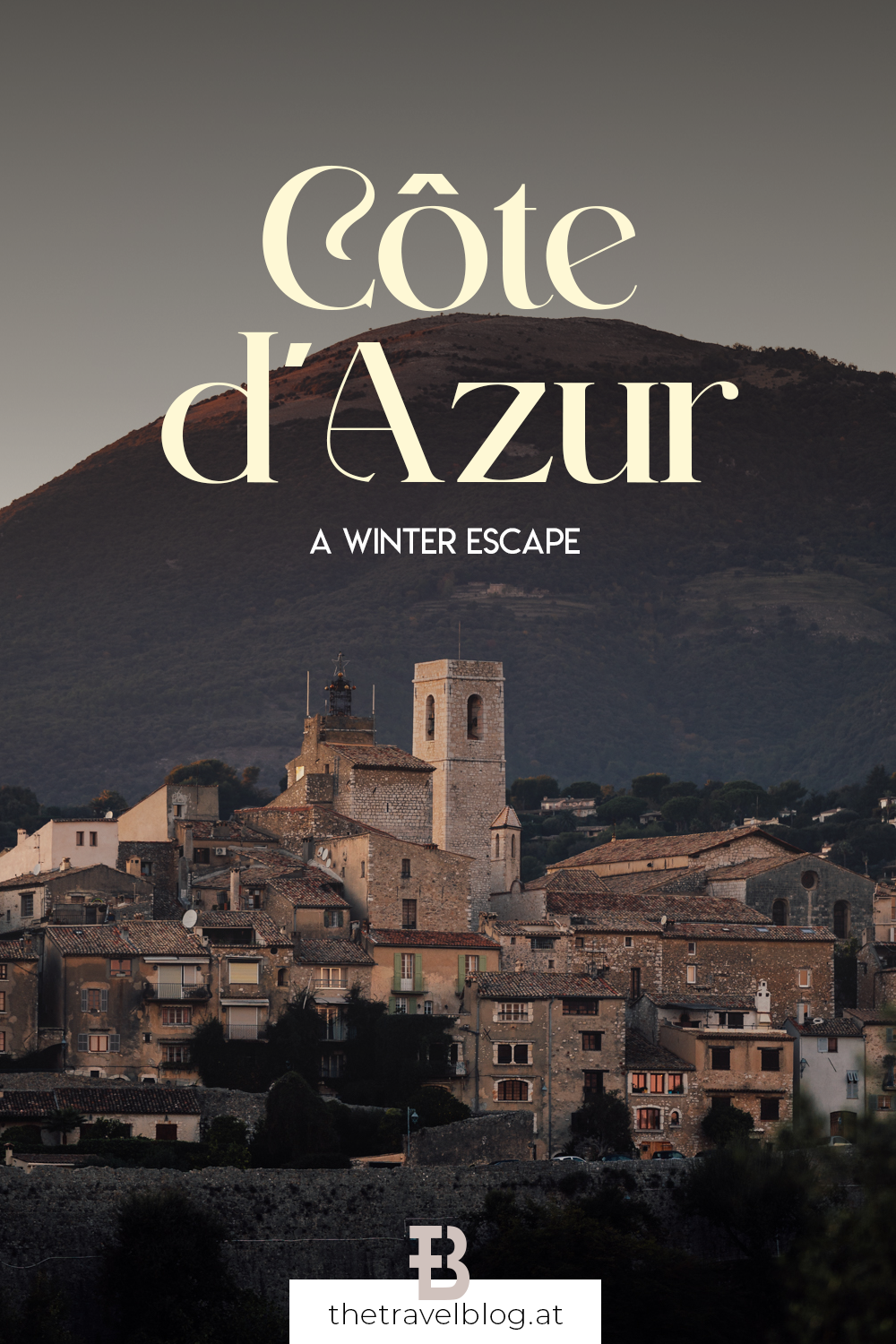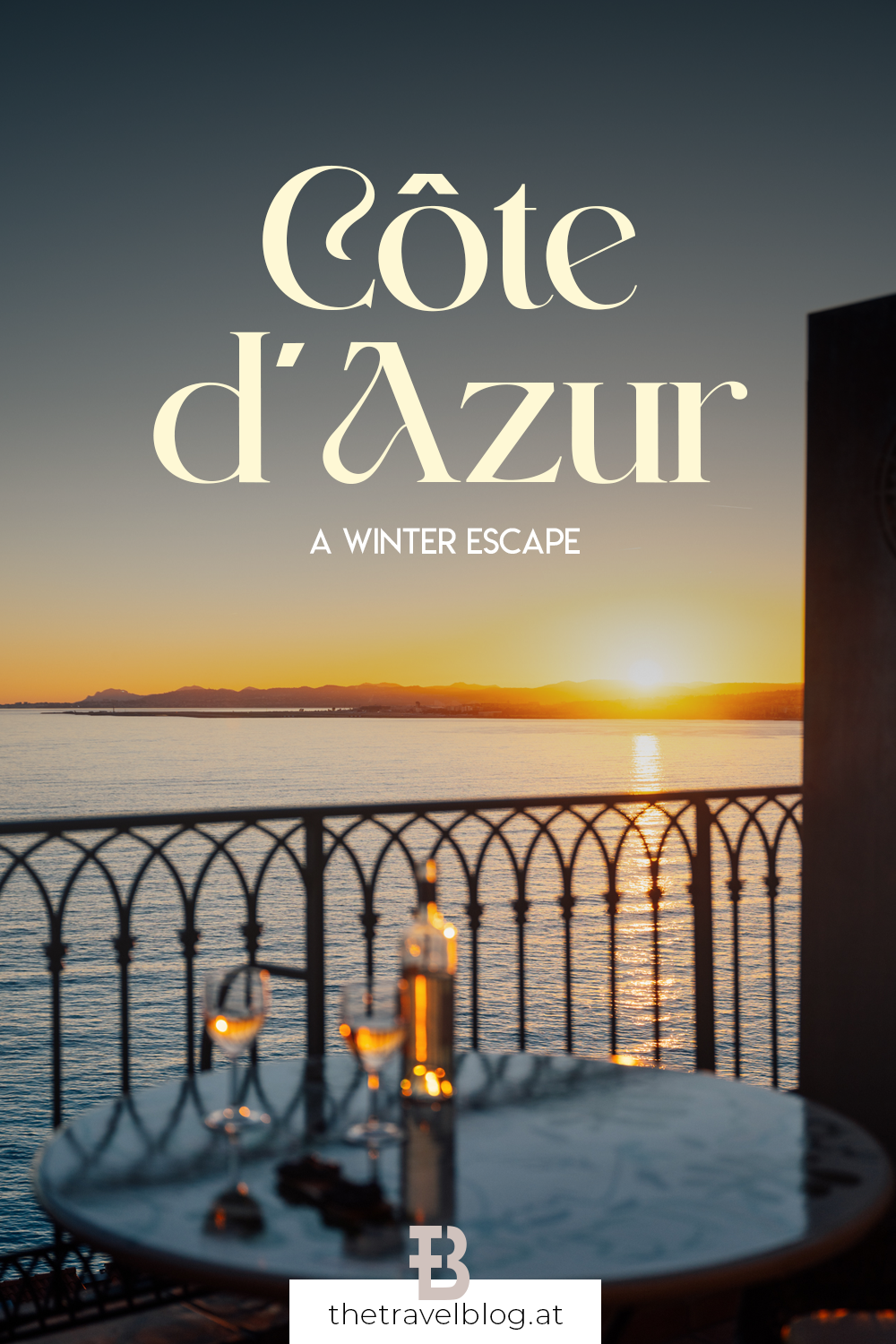Did you know that the Côte d’Azur initially rose to fame as a winter destination for the aristocrats and wealthy families from all over Europe? Today a lot has changed. Most visitors arrive in the busy summer months, when the Côte d’Azur is buzzing with yachts, film festivals and celebrities.
It has gotten a lot quieter around the winter months, but that’s about to change!
Since 2021 Nice is part of the UNESCO World Heritage list as a “winter resort city”, celebrating its history as winter escape for cosmopolitan visitors since the turn of the 18th to the 19th century. Since then a lot has changed. Nice has grown from a small fishermen’s town to a cosmopolitan city, the coastal strip of the French Riviera got it’s name “Côte d’Azur” and countless palaces, villas, museums, exotic gardens and more were developed.
Fast forward to 2023 and we find ourselves flying to Nice in mid November. In Austria the first snow had just fallen and we cross over the skiing resorts of the alps on our flight down to the Côte d’Azur. And upon arrival we’re already greeted by the famous Mediterraenan sunny weather and blue skies. This climate is what made the Côte d’Azur famous for winter travelers back in the days and none of it’s appeal is lost today.
In this Côte d’Azur travel guide we’ll take you along our journey from Cannes to Nice, Saint-Paul-de-Vence and Èze as well as a short stop in Beaulieu-sur-Mer. We stay in some of the most iconic hotels as well as newly developed countryside retreats, we meet local artisans, smell artisanal perfumes and visit an outstanding modern art collection and a photo museum.
Learn more about why a winter escape to the Côte d’Azur is a good idea, even today!
Cannes, city of stars & glamour
If there was an equivalent to Los Angeles in Europe it would be Cannes. The city is famous for its film festival, residences of stars and celebrities as well as its glamorous luxury hotels and chic boutiques. And we find ourselves right in the middle of it – on the famous “Croisette”, the seaside boulevard that’s so emblematic for Cannes – and in the iconic “Carlton Cannes” hotel we should reside for our time in the city.
The Carlton Cannes has a rich history that dates back to 1913 and is located right at the Croisette overlooking the Mediterranean Sea. The hotel has just reopened after a 7 year renovation period and is now the new epitome of luxury in Cannes. We stay in one of the Suites on the 5th floor and can hardly believe our eyes when we open the door.
The view of the Azur blue sea is a striking feature of the room.
But we shouldn’t stay in our suite for long as the first activity is calling: A boat ride to one of the Lérins islands that sit in front of Cannes.
Saint Honorat Island, just a boat trip away
Most visitors choose to visit neighbouring Sainte-Marguerite island, as it’s famous for it’s nature, restaurants and small bays for sailing yachts to anchor. But Saint Honorat island is a true hidden gem. It’s a monastic island, that was founded by an eremite in the year 410 (!). Today the island is still home to an active monastery and guests can only visit during day trips or if they sign up for one of the very rare spots at a monastic retreat (silence included).
We take the boat from Cannes’ harbour that leaves every 2 hours in winter and find ourselves on the island with only a handful of other visitors this sunny November afternoon.
After a lovely lunch at La Tonnelle Restaurant (think vegan paella and raspberry tiramisu) we are taken on a guided tour to discover the island, learn about the history of the monastery and find some hidden coves. A wine tasting of the monastic wines completes the tour of Saint Honorat island (and we of course don’t leave without shopping a few delicacies from the monastery’s own gift shop, that only offers products made by the monks of the island and from other partner monasteries all around France).
Le Suquet & Marché Forville
After our return from Saint Honorat Island we still have some time to walk around Cannes and discover some of the most famous sights of the city apart from the Croisette. We walk up the hill of Le Suquet all the way to Église Notre-Dame d’Espérance, where we enjoy the view of the city from above. The neighbouring “Musée des explorations du monde” is already closed for today, but if you have time it’s supposedly worth a visit (and has even better views of the city).
We enjoy Dinner at restaurant le Cirque before we fall in our cozy bed at Carlton Cannes. The next morning we wake up to sunrise over Cannes and decide to pay a quick visit to Marché Forville, the city’s famous marketplace, pre breakfast. The vendors offer everything from fresh chanterelles to tangerines, embracing the change of the seasons and the alpine and mediterranean influences.
Unfortunately that’s already the end of our short time in Cannes, as we head on to our next destination at the Côte d’Azur.
Saint-Paul-de-Vence, an artist village
Before this trip we had never visited Saint-Paul-de-Vence before, but its reputation preceded our visit. Saint-Paul-de-Vence is one of the most iconic hilltop villages at the Côte d’Azur.
Fondation Maeght, a modern art collection deluxe
Our first stop brings us to Fondation Maeght, a private modern art collection with works of Miró and Chagall and many more. But this isn’t just any private collection, the Maeght family was (and is) connected in deep friendship with artists and the many in situ works at the foundation prove that they didn’t just collect art, but truly collaborated with the artists. The architecture of the foundation and its adjacent gardens showcase their deep-rooted dedication to modern art.
In the summer of 2024 a new extension with two new gallery spaces will open – coinciding with the 60th anniversary of Fondation Maeght – and allowing for more space for the changing thematic exhibitions, but also for additional programming from lectures to concerts.
Le Tilleul restaurant, local artisanal handcrafts & more
After two blissful and inspiring hours at Fondation Maeght we head over to the village itself and enjoy lunch on the terrace of Le Tilleul before enjoying a guided tour of Saint-Paul-de-Vence bringing us to many hidden corners (including the “Chapelle des Pénitents Blancs” – also called Folon Chapel for it’s impressive mosaic artwork by Belgian artist Folon).
The many galleries reflect how Saint-Paul-de-Vence always drew artists to work and live in the village and not a lot has changed today. And so we visit Olga from BTL Créations, a young local woman who has found her calling in marquetry, using straw as her main material. Today she’s working in her father’s old workshop in a tiny stone building in the village producing small straw artworks as well as working on large scale installations for private and commercial clients. Olga smiles when she says how proud she is to “continue the legacy of her father” who was a carpenter all while embodying a new spirit of artists and craftswomen in Saint-Paul-de-Vence.
After a short stop at Maison Godet, an artisanal perfumery, that only uses local plants and flowers for their scents, we make our way to our hotel for the night.
Toile Blanche, a boutique hotel in Saint-Paul-de-Vence
The story of Toile Blanche goes back to 2004 when the three brothers, Belgian contemporary artists Leroy brothers, decided to move to the French Riviera and started hosting guests in rooms in their country house. Today Toile Blanche consists of 16 suites and we stayed in one of the brand new rooms with a plunge pool, that was just finished this year.
The family atmosphere combined with impeccable taste and the art collection make this a very special boutique hotel to stay at. One night was definitely too short here and we could see ourselves staying here for a few days to properly enjoy outdoor dining at their “La Guinguette” restaurant in the lavender-filled garden.
But the next morning we depart for the next destination on our Côte d’Azur round trip.
Èze village, a perched jewel
Our drive to Èze already promises stunning vistas at each corner. The road snuggles up to the mountain slopes and each curve opens up new viewpoints of the Mediterranean Sea and the coves and beaches. And then suddenly in between some cypress trees we spot the first glimpse of Èze, that sits perfectly perched on a hilltop.
Nowadays only 10 people reside in the medieval perched part of Èze according to our guide Patrick. Compared to about half a million visitors each year this earned the village the title “living museum”. Even on a November day during the week Èze isn’t empty, but at least we can walk around the cobblestone paths in some calm and peace and make our way up to the very top of the village, where you can enter the famous exotic garden – le “Jardin Exotique”.
There’s no way you can leave Èze without a visit of the garden, that has an exotic South-facing side with cacti and succulents and a mediterranean section on its Northern shadowy side. Our tip: Find one of the small corners with benches next to streams of water and relax for a moment, taking in the scents and just marvel at the views – it’s worth the visit even on a crowded day.
Beaulieu-sur-Mer, from a solar boat
From Èze we take our rental car to drive down the scenic road all the way to the harbour of Beaulieu-sur-Mer. There’s two reasons for our visit here, one is to learn more about the marine reserve alongside the coastline here (called Pelagos Sanctuary for Mediterranean Marine Mammals) and the significance of the seaweed that grows here and it’s importance as habitat for marine life.
The second reason for our visit is that there’s a company called “Seazen” offering rides on completely silent, odorless solar powered boats. We take a tour with the founder Guillaume who tells us all about his invention and how the technology is constantly leaping forward – his hope is that at one point every boat will be solar operated.
The boat is slow and calm and the ride offers beautiful perspectives on Beaulieu-sur-Mer while we learn more about the history of the village, it’s famous inhabitants and the marine life of the bay.
Nice, the winter resort city
Our final stop brings us to the bay of Nice – where everything began. When Nice was still a small fishing town at the end of the 18th century nobody would have dared to envision what would develop here in the 19th century. The first foreigners to arrive to spend the winter in Nice were aristocrats and wealthy industry magnates, all in search for a mild climate (and interesting business contacts) to spend their winter months in and with.
They brought with them their interest for architecture (and a multitude of stylistic influences), the arts (a new theatre and opera was quickly built) as well as the savoir-vivre of the French (casinos included). And so Nice changed from a small town to a cosmopolitan melting pot.
Only in the 20th century the tourism changed and Nice became a summer and seaside destination. Today it’s still defined by summer tourism, yet all built upon the heritage of the majestic architecture of the palaces and villas of the bygone days as winter resort.
We stay at the historic Hotel La Pérouse, which feels like straight out of a Wes Anderson movie. Countless hidden hallways and elevators lead us through a building that seems to be stacked on top of each other and carved out of the rock that makes the hill of Parc du Château right next to the hotel.
La Pérouse has been recently adapted and reopened in May 2023 with artfully reinvented rooms. Our (admittedly tiny) room comes with a huge terrace that overlooks the city of Nice and the famous seafront “Promenade des Anglais”, aptly named after the first English visitors back in the days. Interior design Studio Friedmann and Versace crafted a 50s-inspired retreat out of the old La Pérouse, embodying the French Riviera style of the olden days.
We especially love the design details from handmade coral-shaped lamps to a fully seashell-clad bar at “Le Patio” restaurant. Another asset of the hotel is its cuisine which we learn during a lovely all plant-based dinner at the restaurant, which is also open for non-hotel guests.
Cours Saleya, Photography museum & the old town
The next morning it starts raining. After three glorious sunny days it’s the first encounter with a more November like atmosphere. But we don’t let our mood get dragged down, grab some umbrellas and start our way down to the Cours Saleya – an open air market just steps away from hotel La Pérouse. Here vendors sell vegetables, bread, but also local delicacies the famous Pan Bagnat (translated literally as “moistened bread”), or Socca – a large crêpe made from chickpea flour.
We head straight for the photography museum “Musée de la Photographie Charles Nègre“, as we try to escape from the rain. The museum is hosting changing exhibitions and we get to enjoy the beautiful works of Robert Doisneau, which transport us back to 19th century streets of Paris.
After the museum we’re ready for lunch and head straight to “Babel Babel“, a restaurant tip we received from friends and a lovely place to enjoy a traditional French “formule” (usually a 2-course lunch special). At lunch it’s rather quiet here, but in the evening it’s full to the brim, with views of the bay and the sunset straight from their balcony and winter garden.
In the afternoon we’re treated to a guided tour of Nice, where we learn more about the history of the winter resort and how Nice “invented the Riviera”. For our final dinner we’re treated to a vegan menu at “21 Paysans”, a restaurant that doubles as an organic grocery shop. We enjoy handmade pasta and then shop for some sparkling pear juice to go – a perfect way to end the trip!
Find out more about Explore France here!
Or pin and save this post for later:
Disclaimer: This is a sponsored post. We were invited to discover the Côte d’Azur as part of a press trip with Explore France. The views in this blogpost are our own.

